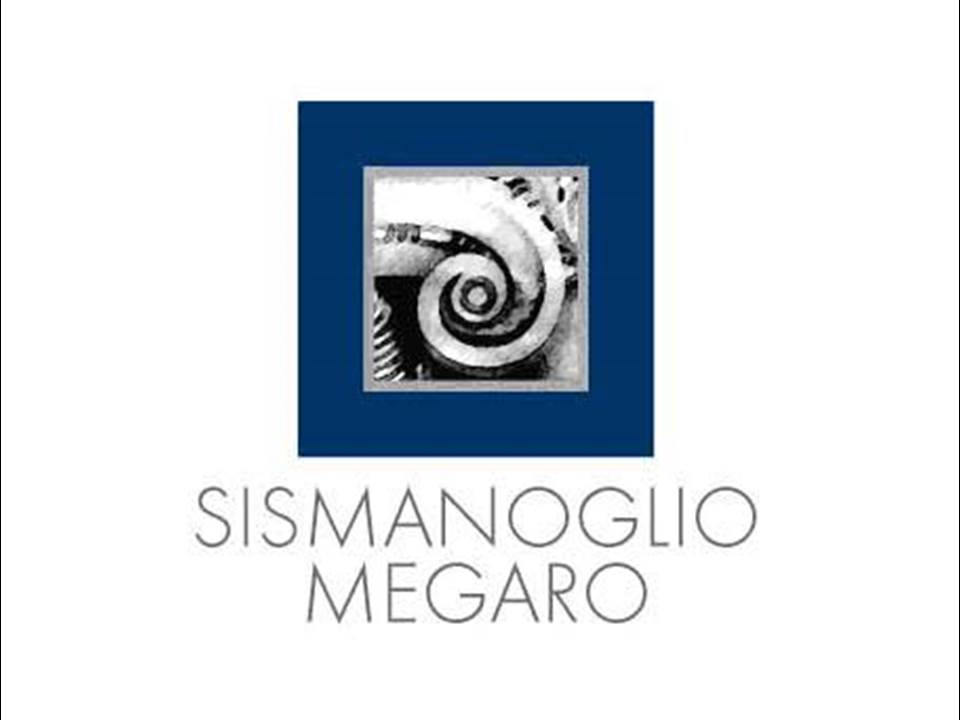
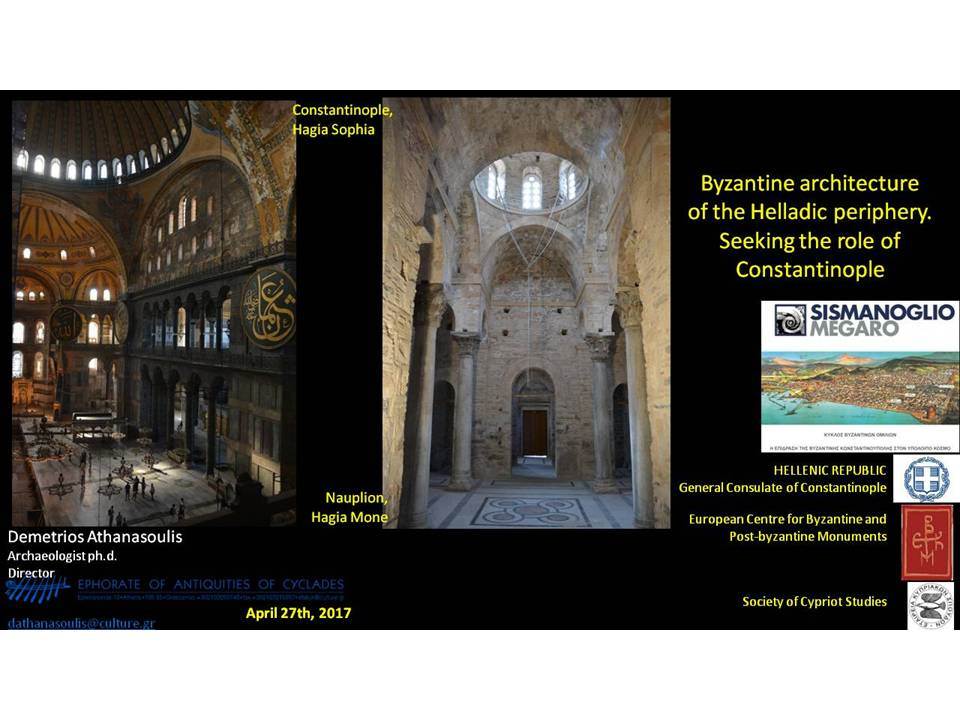
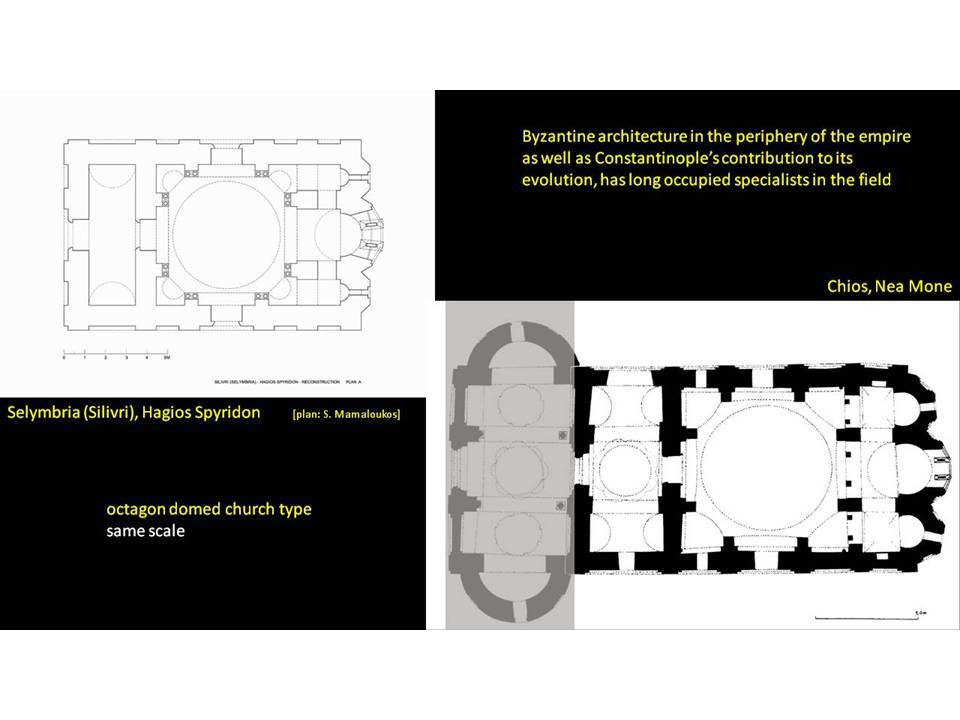
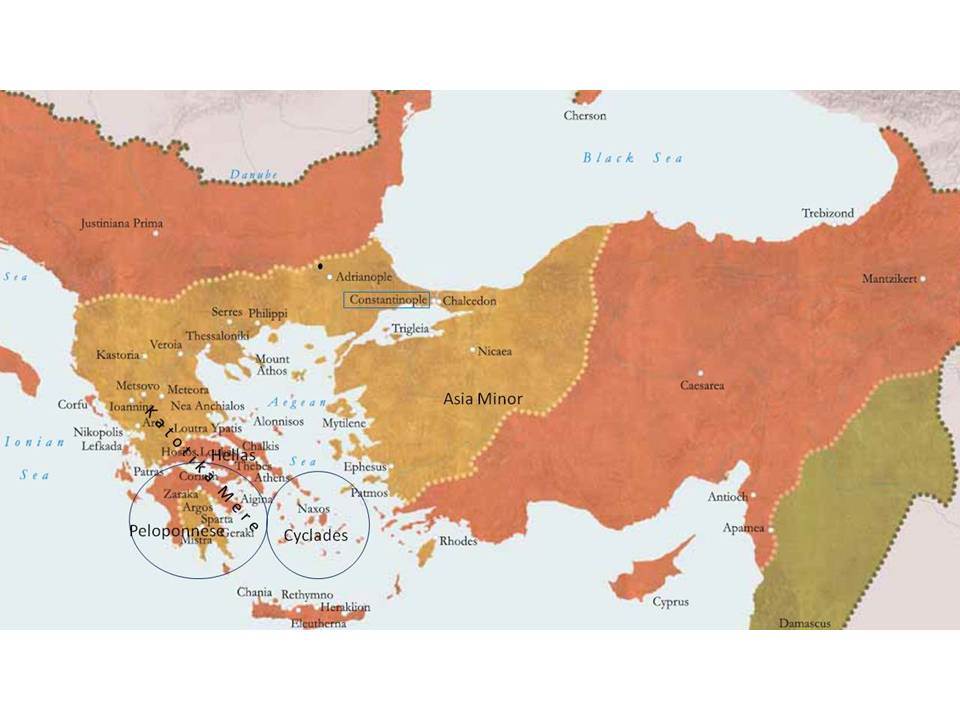
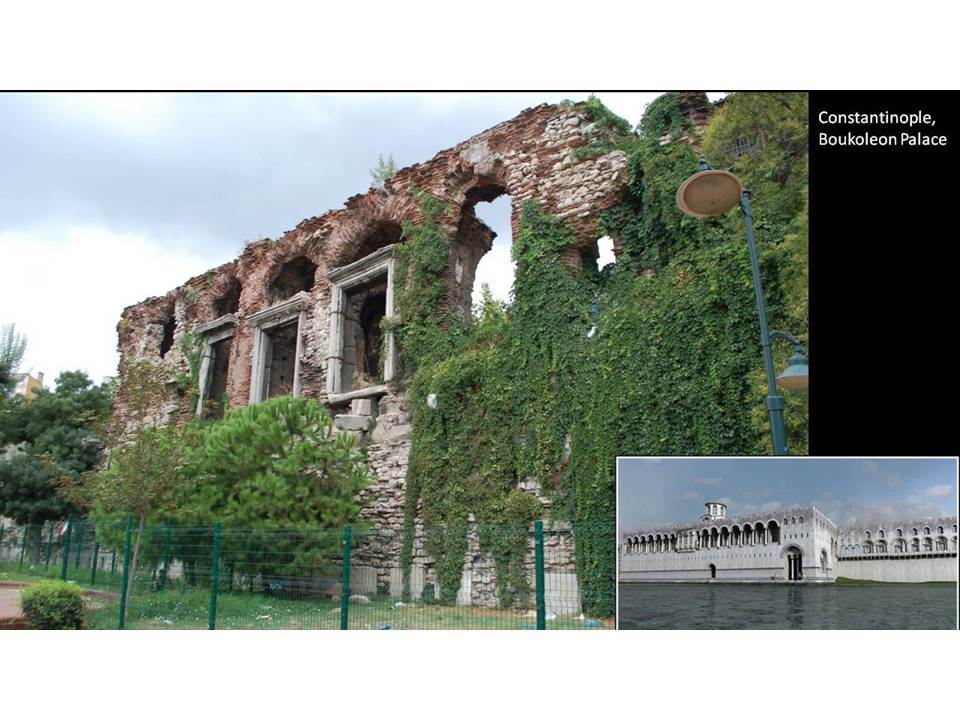
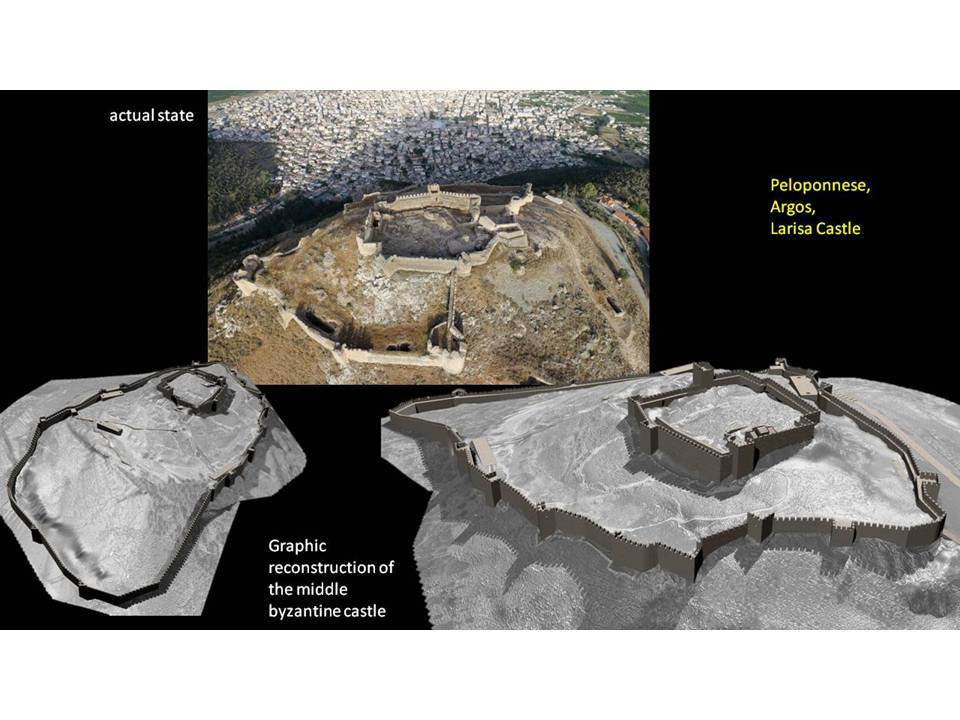
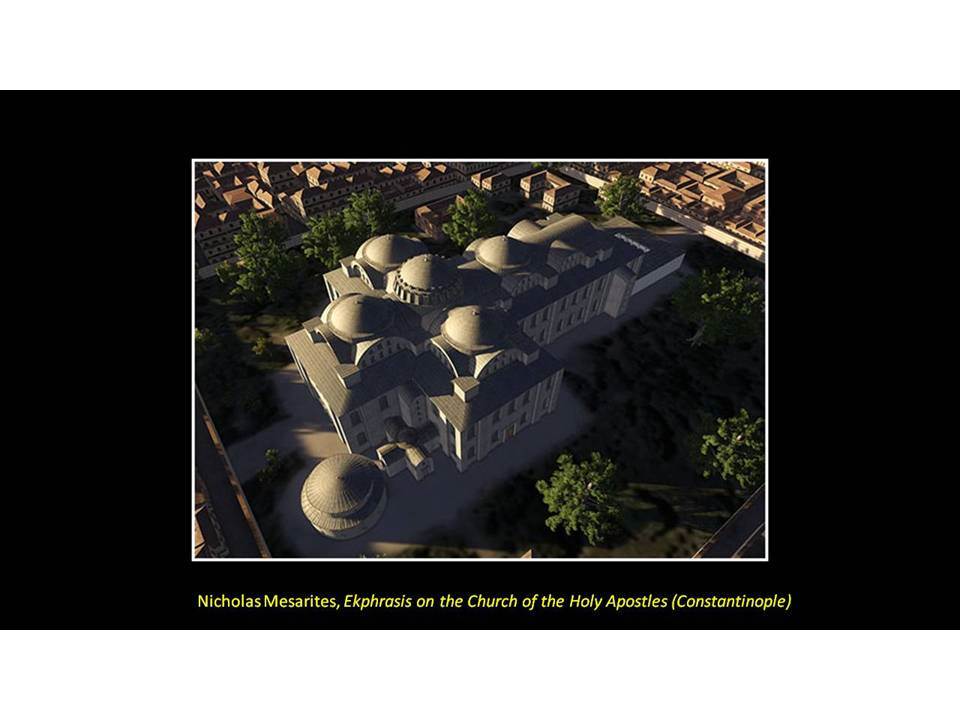
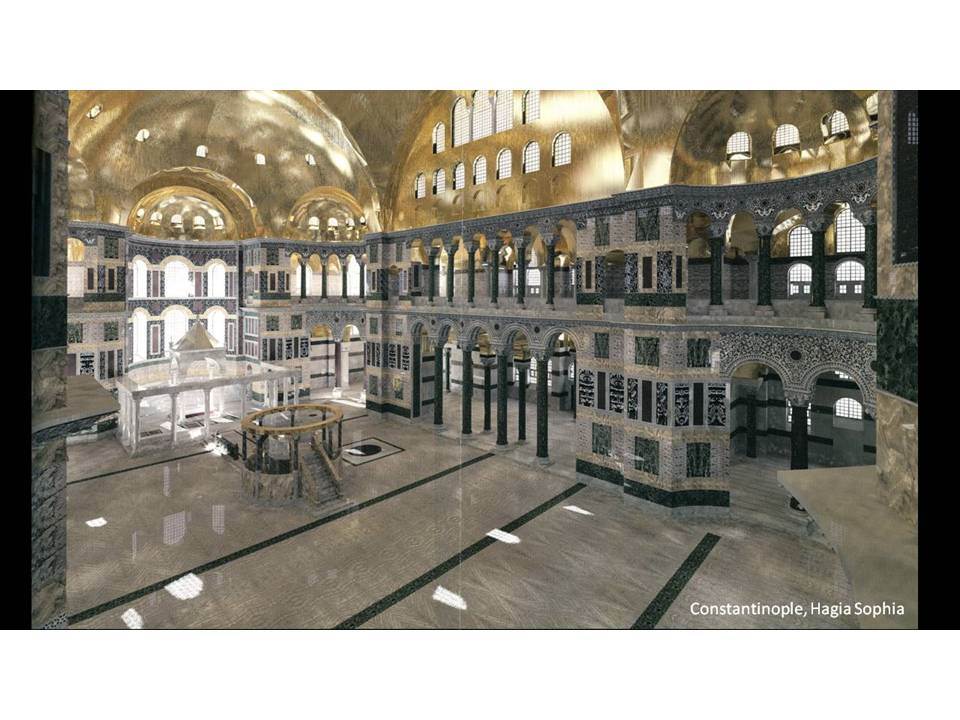
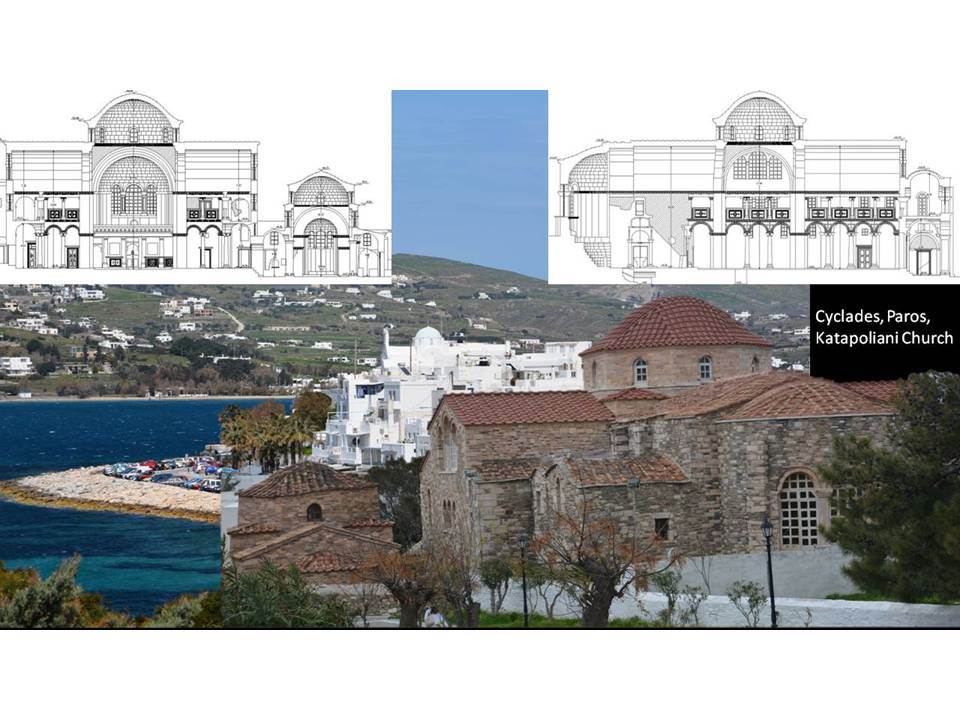
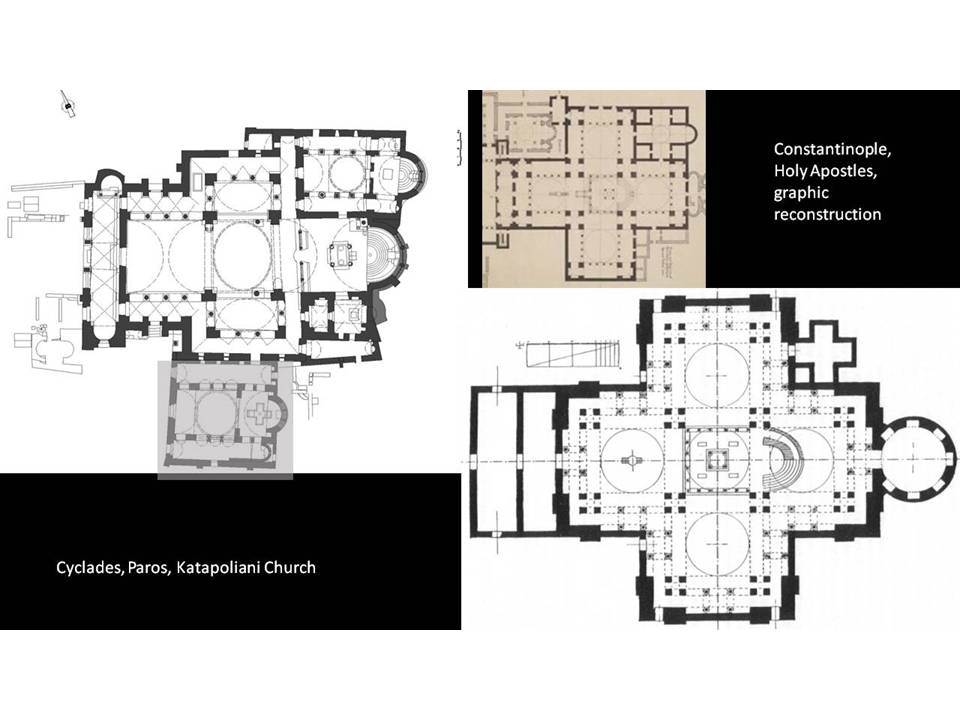
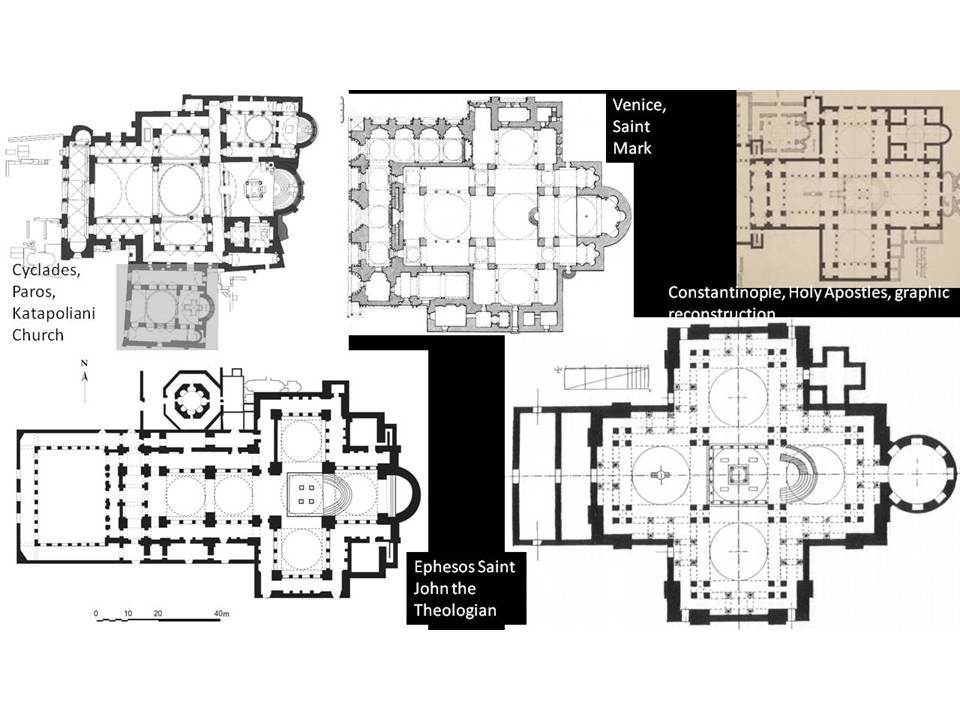
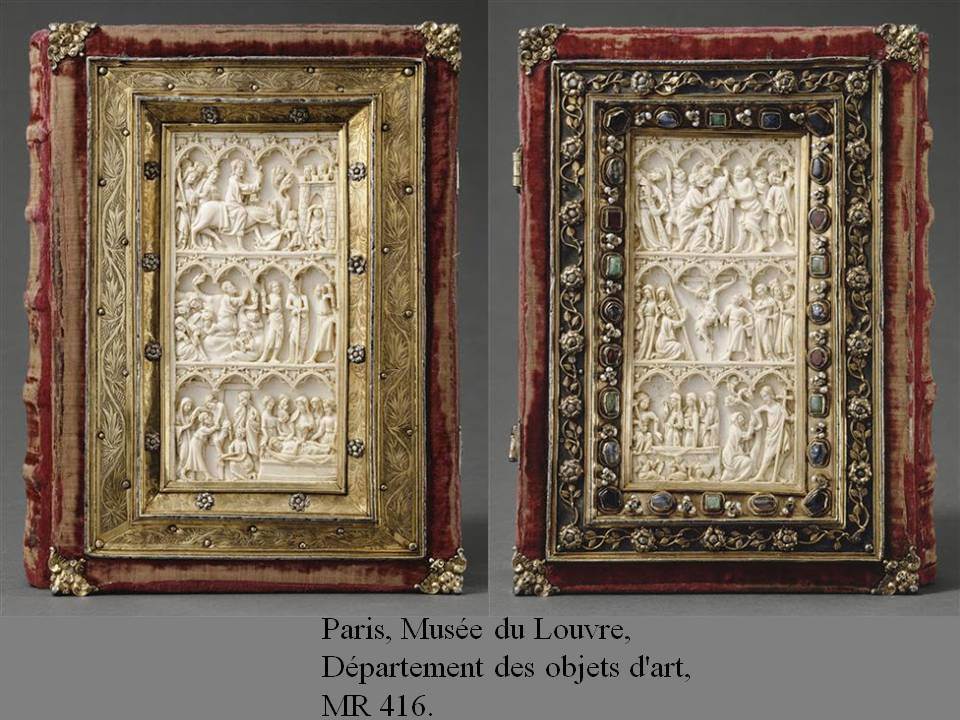
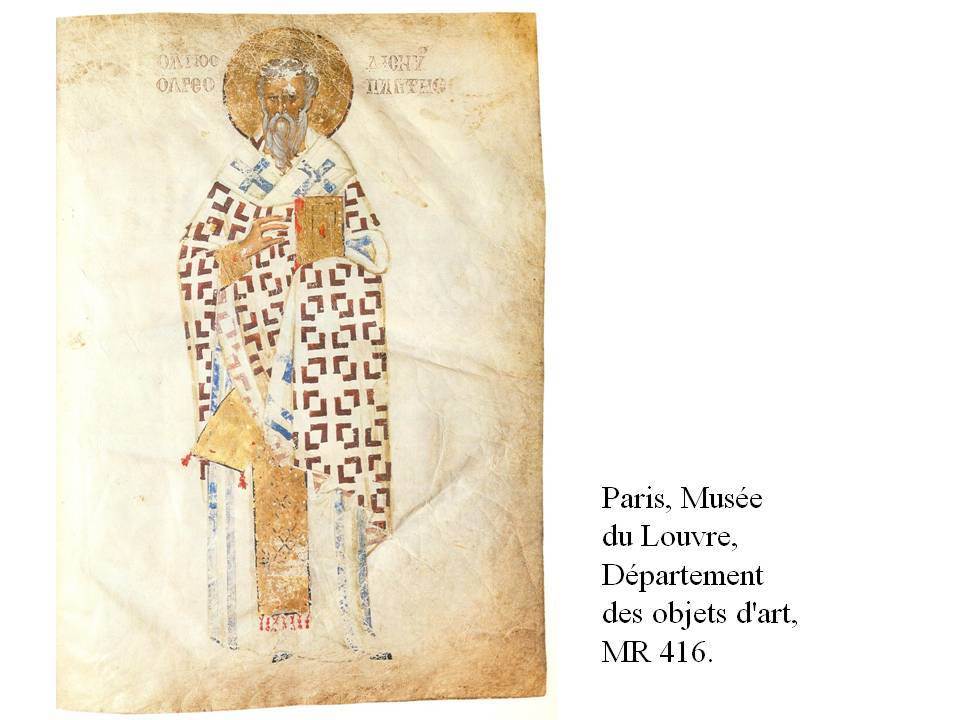
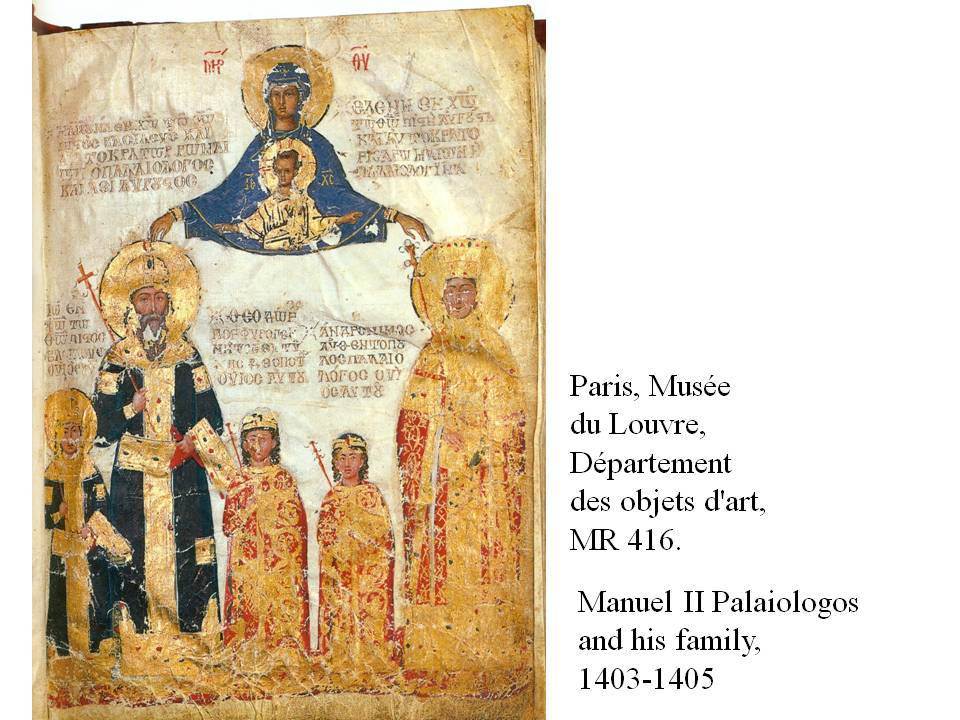
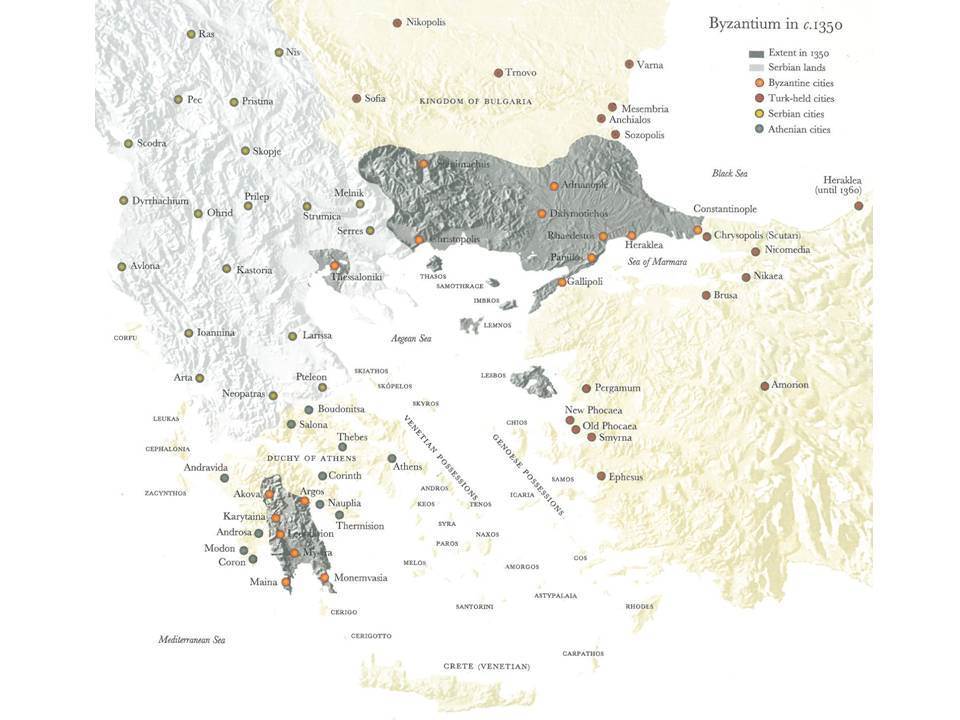
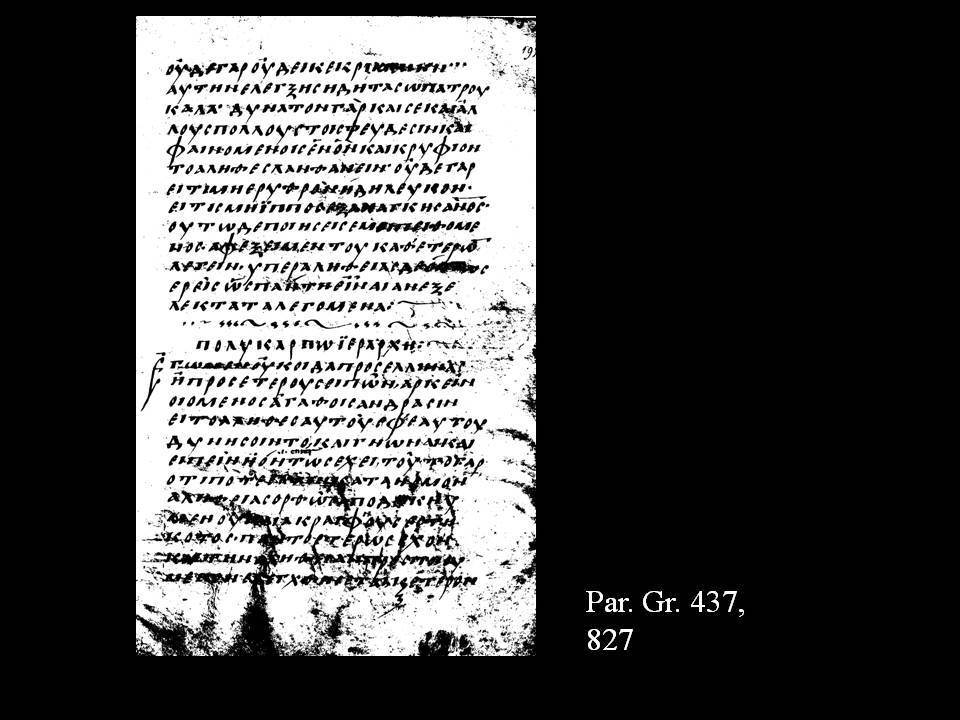
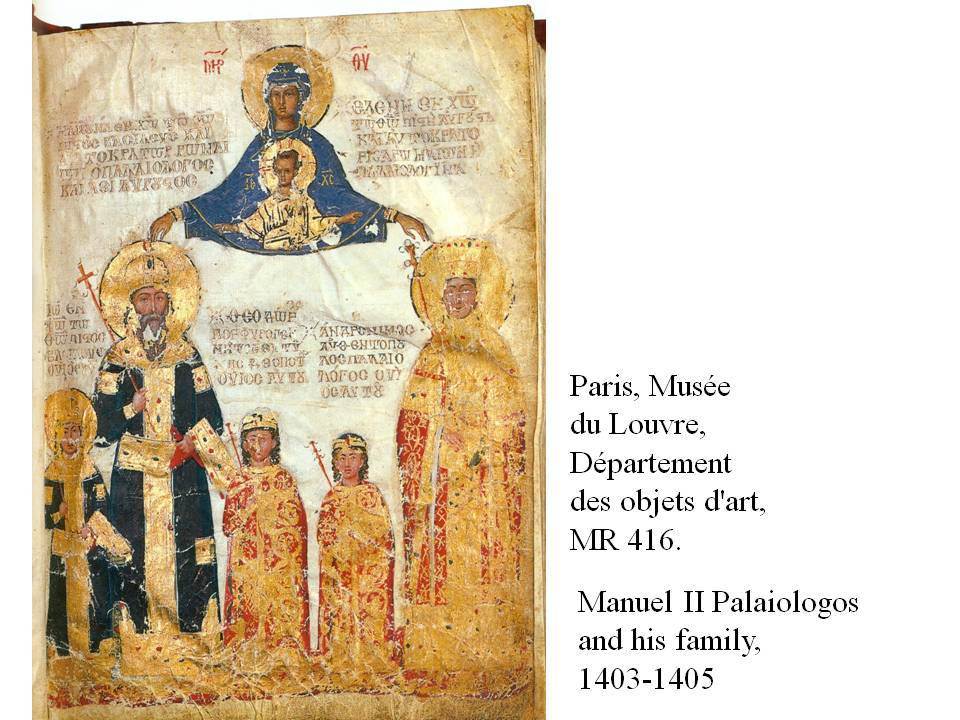
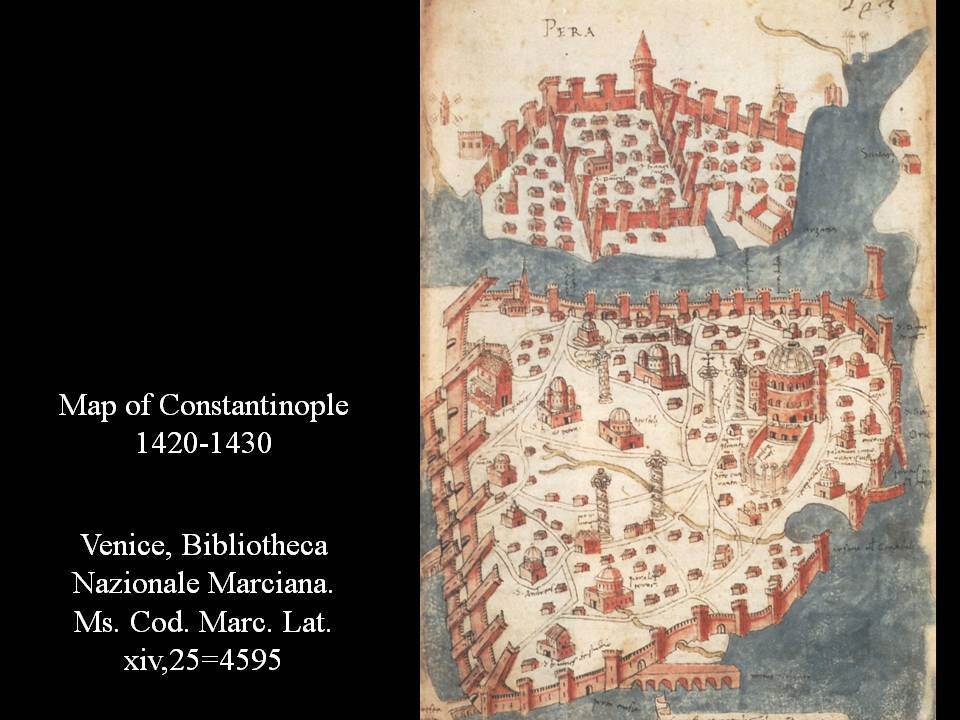
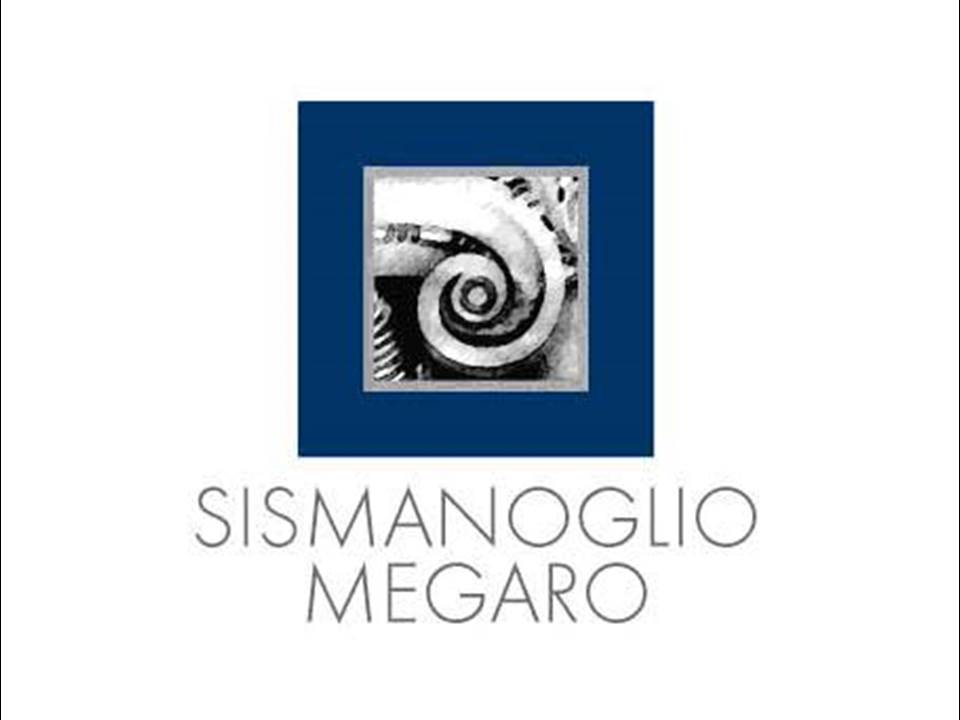
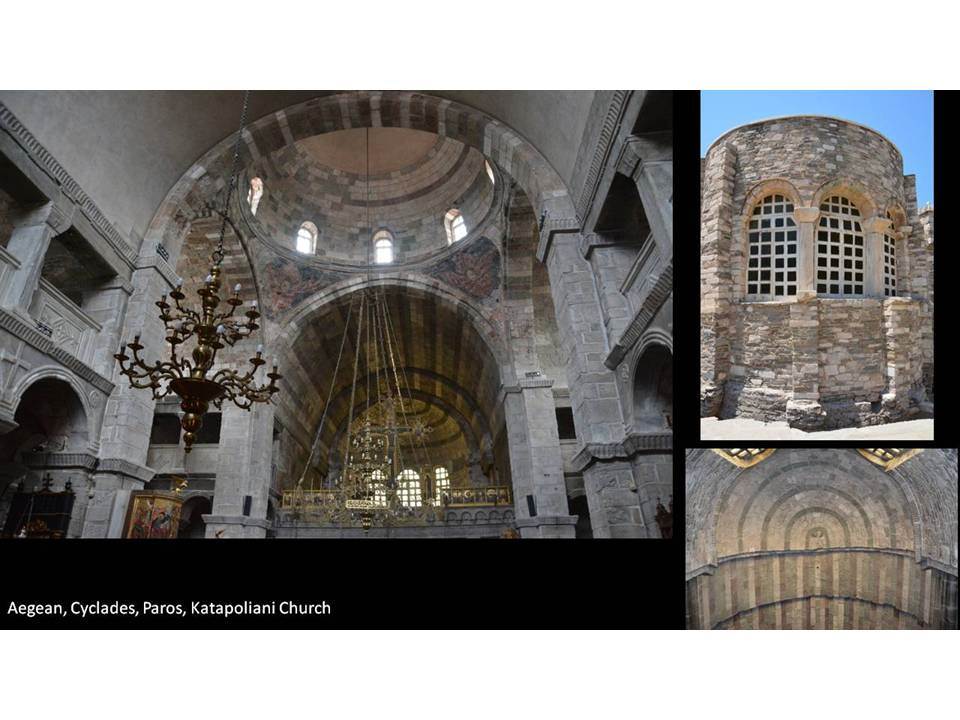
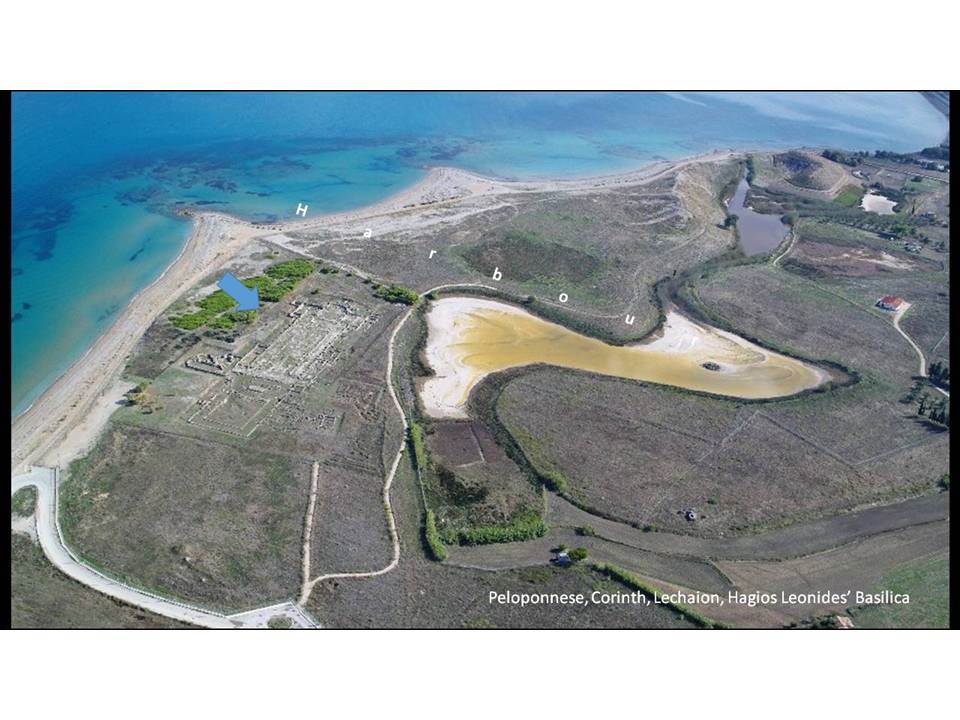
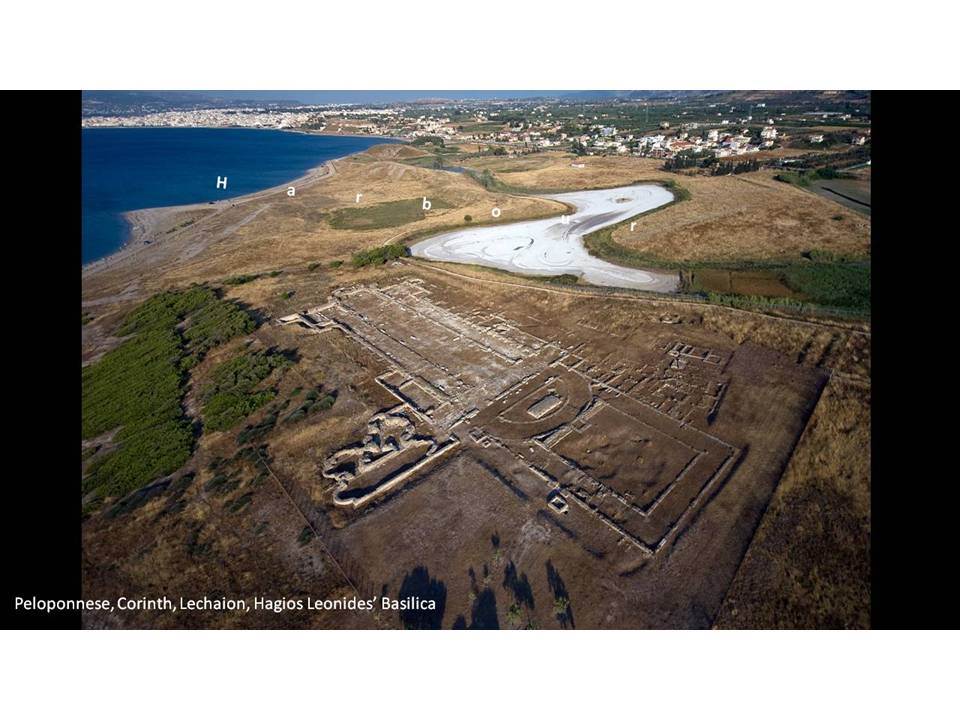
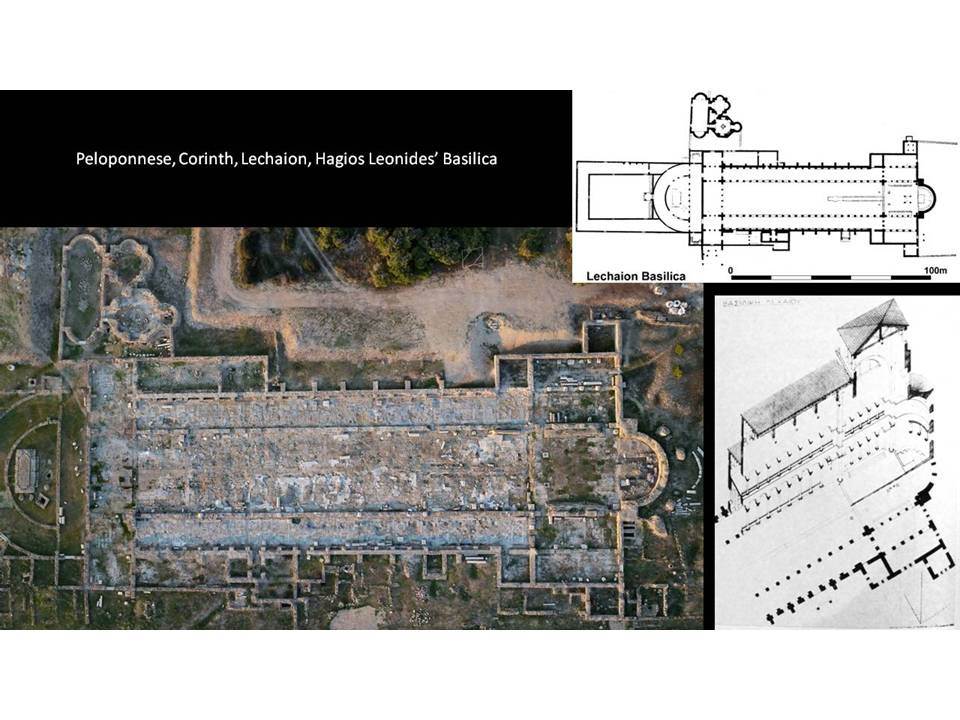
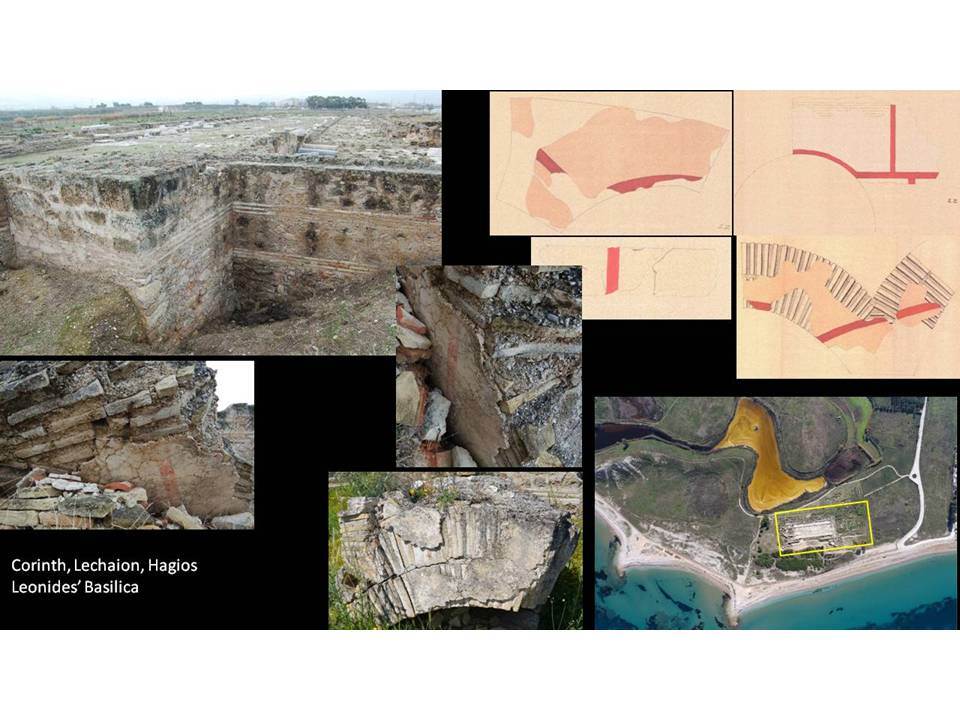
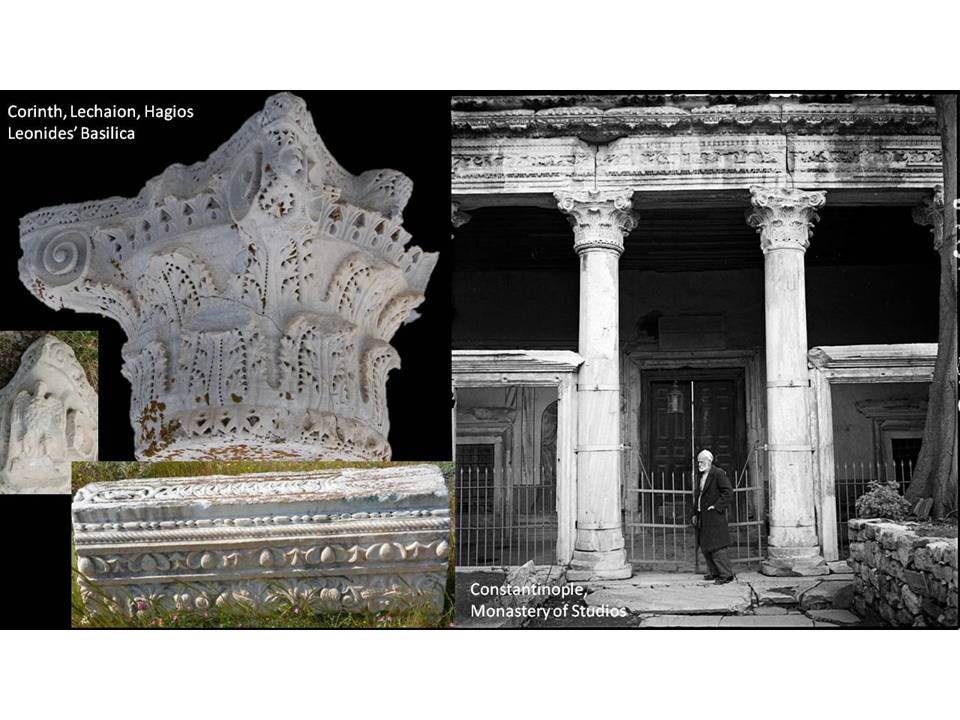
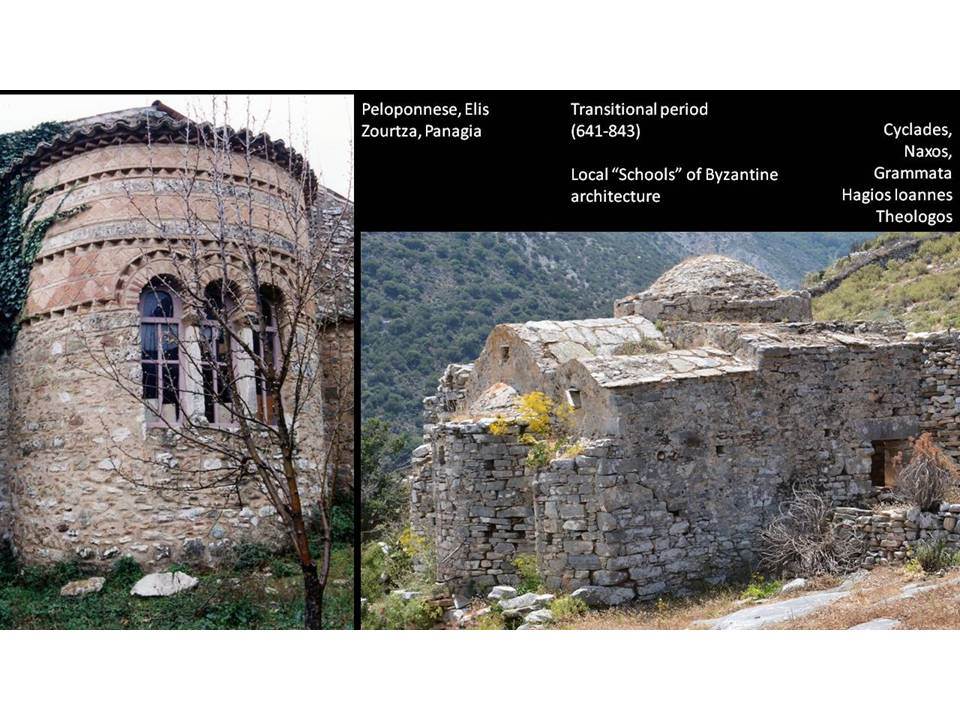
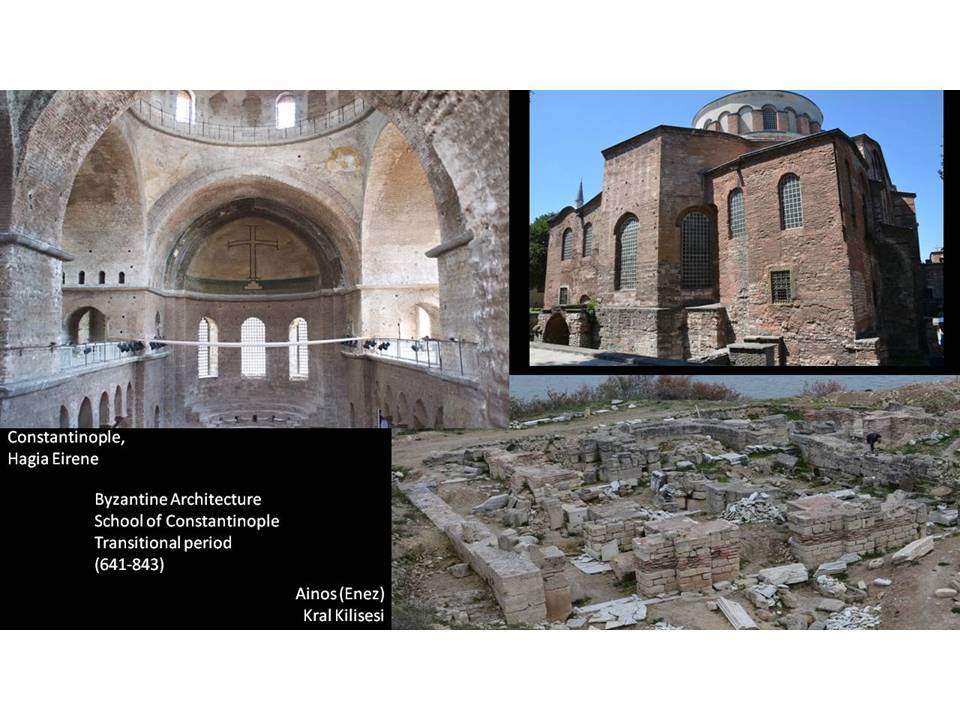
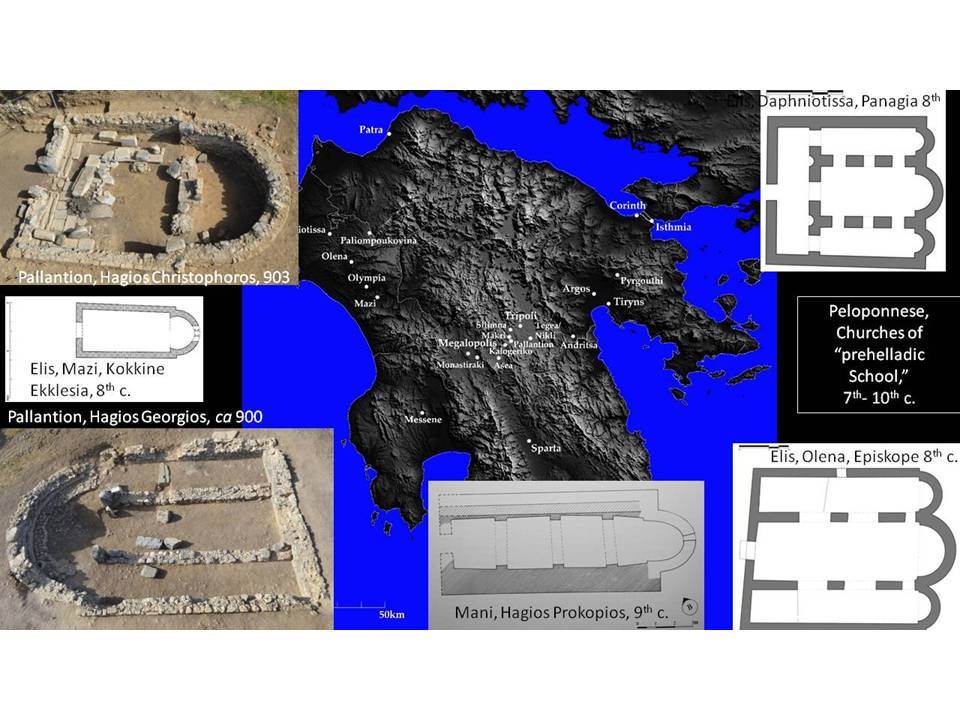
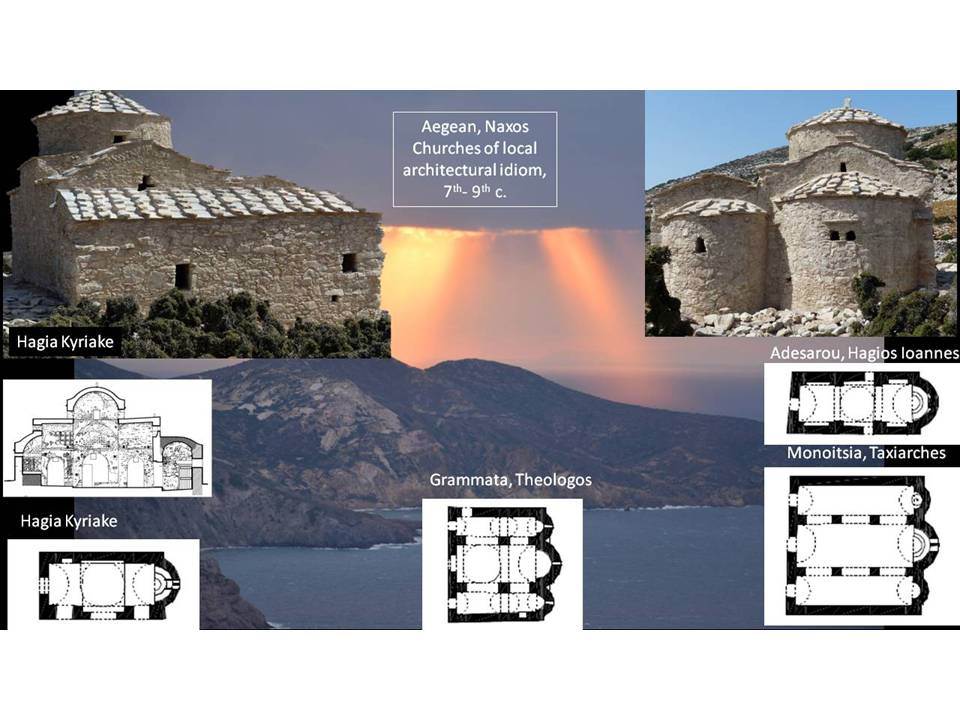
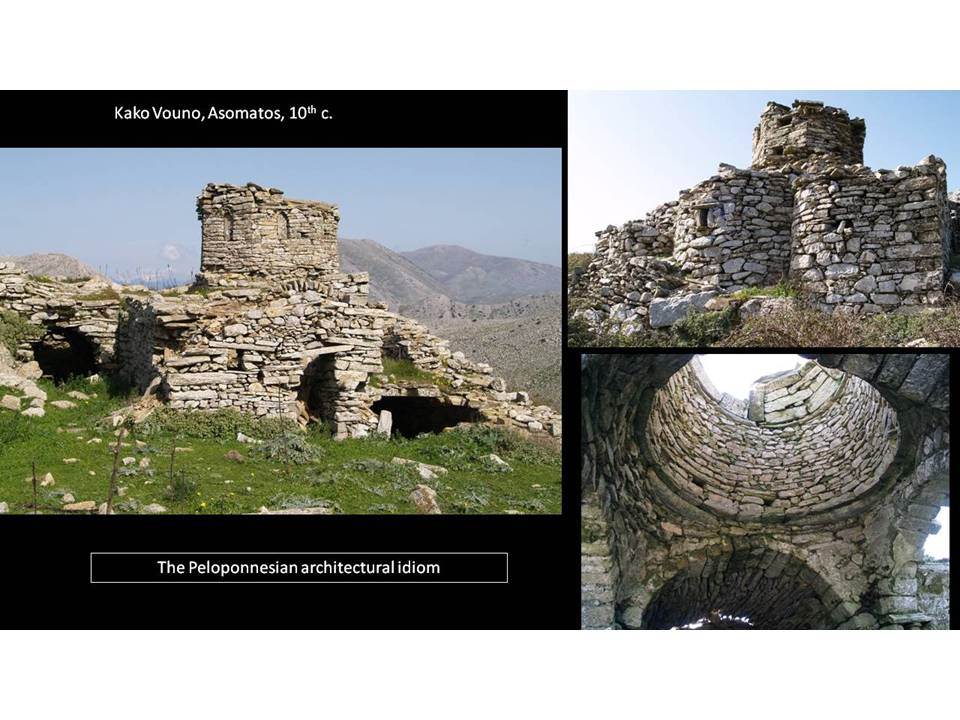
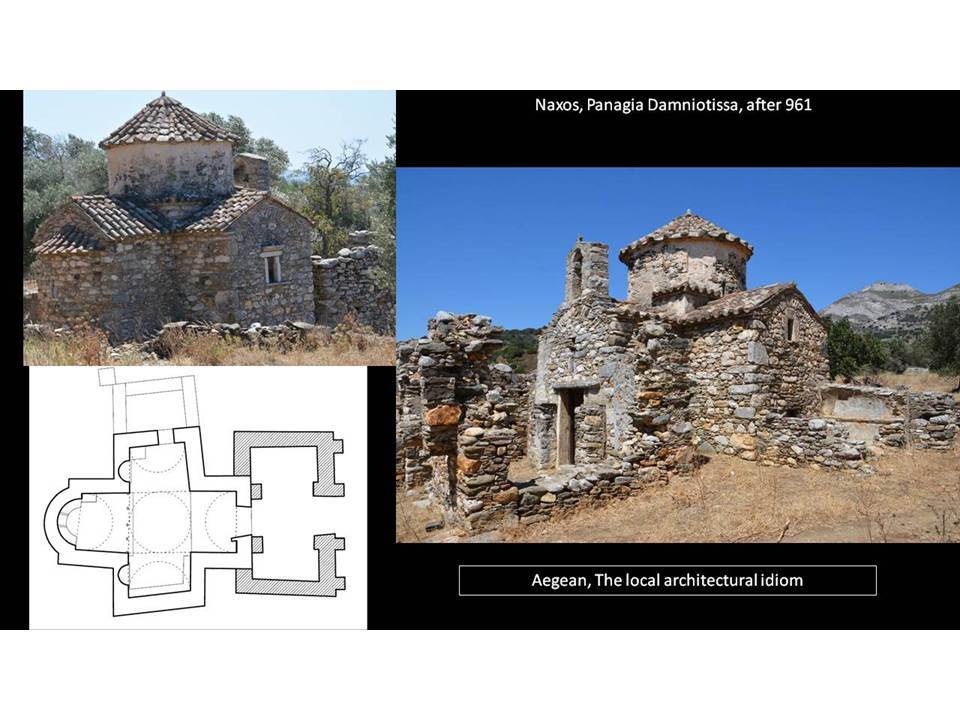
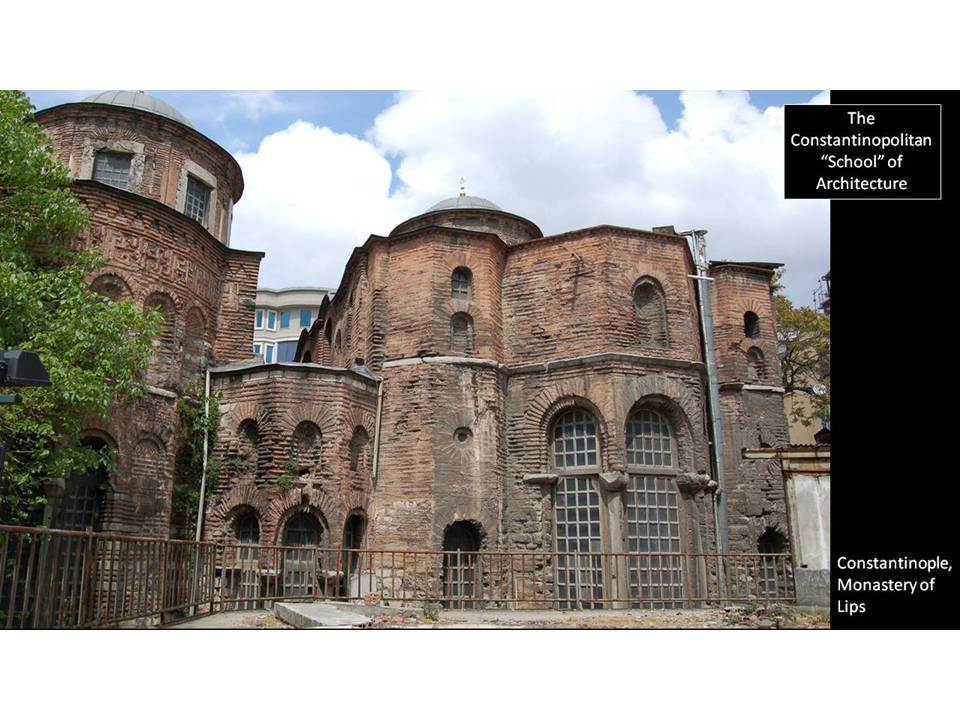
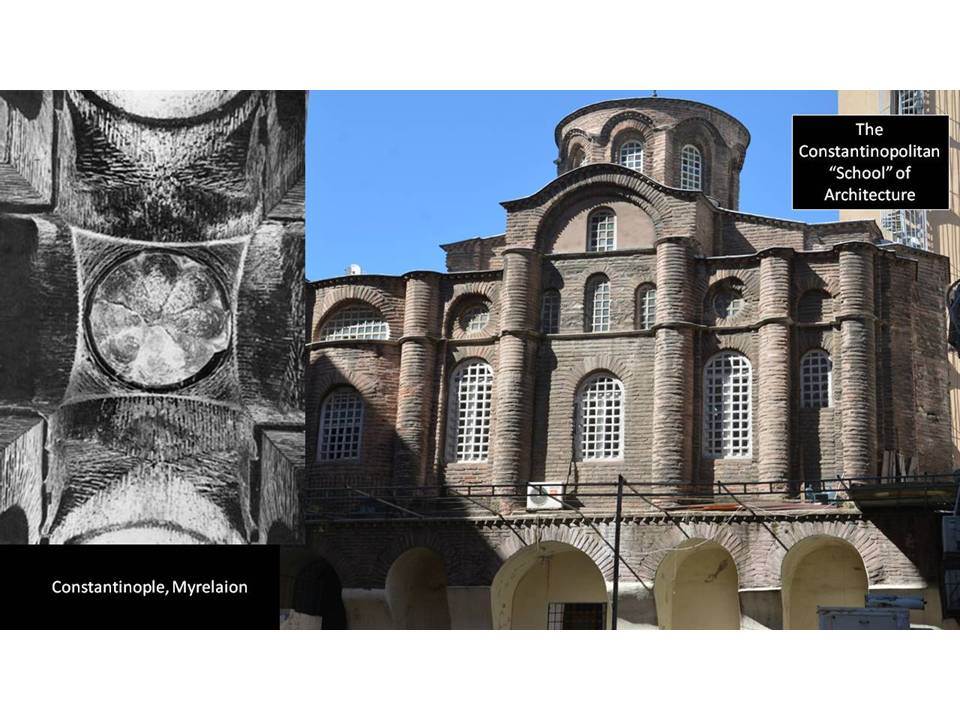
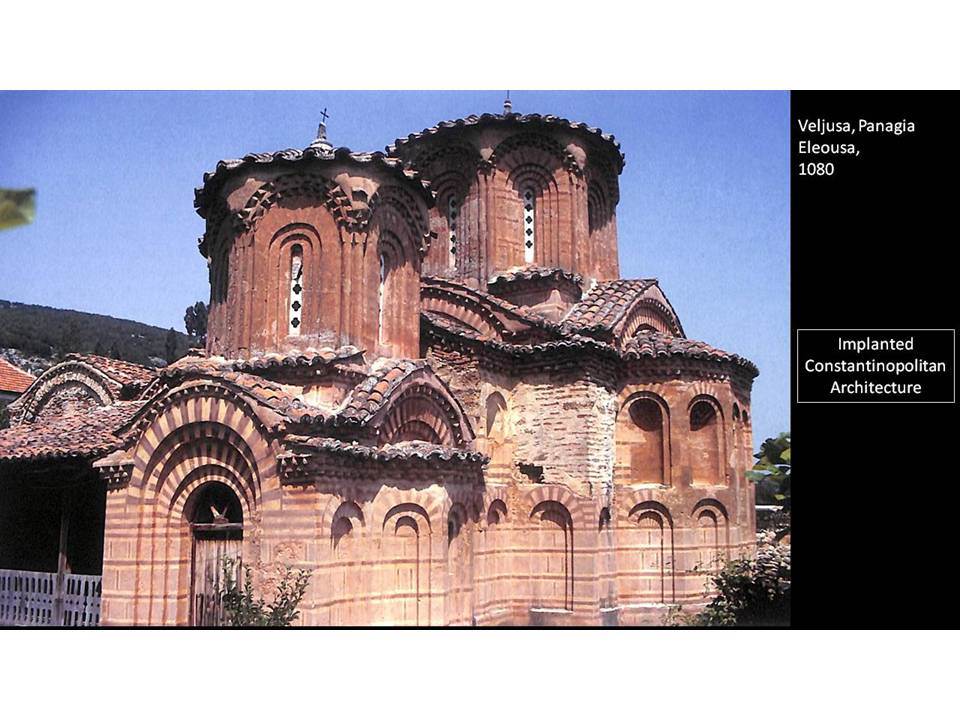
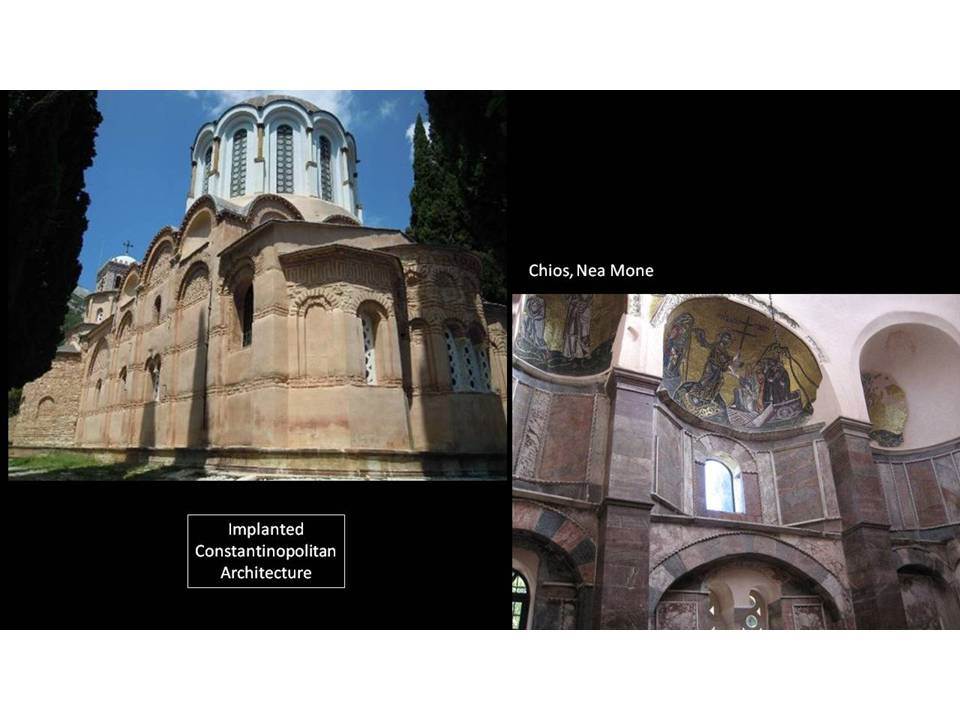
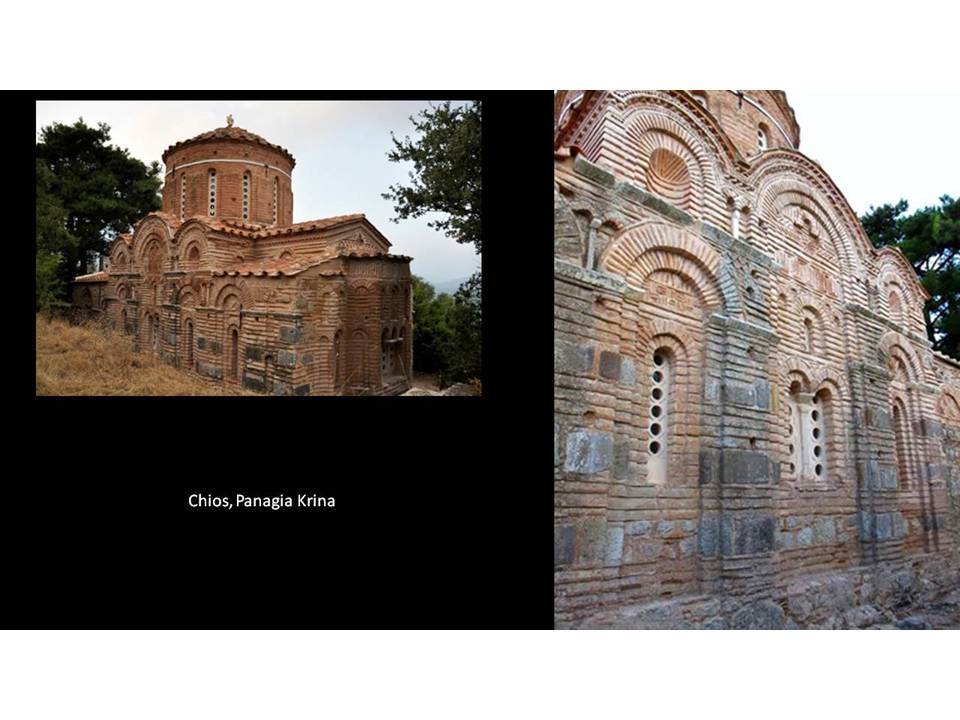
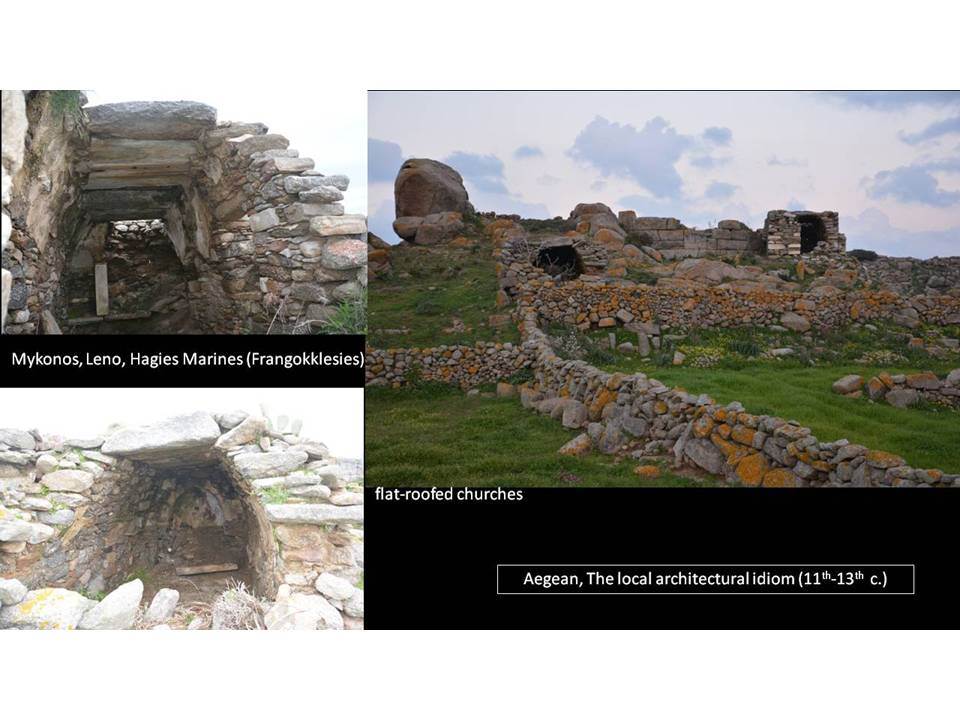
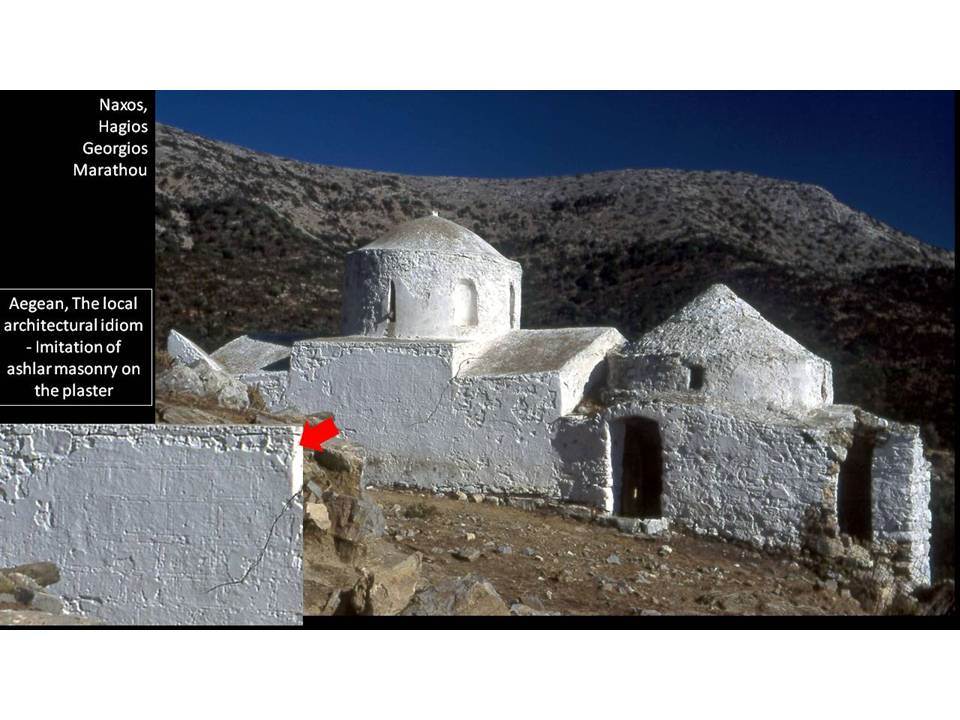
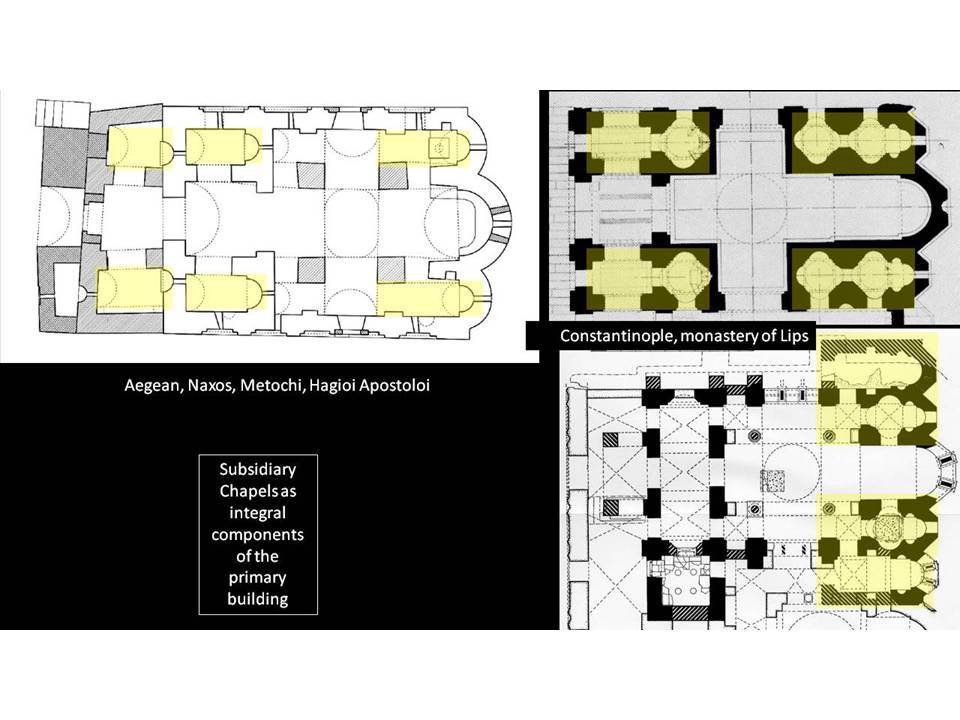
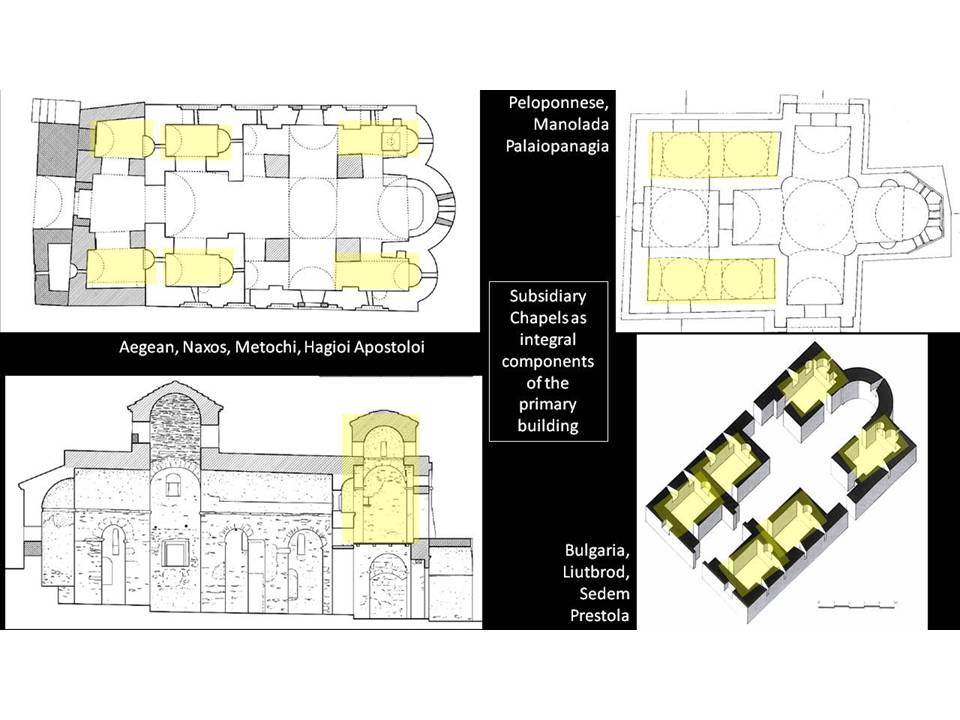
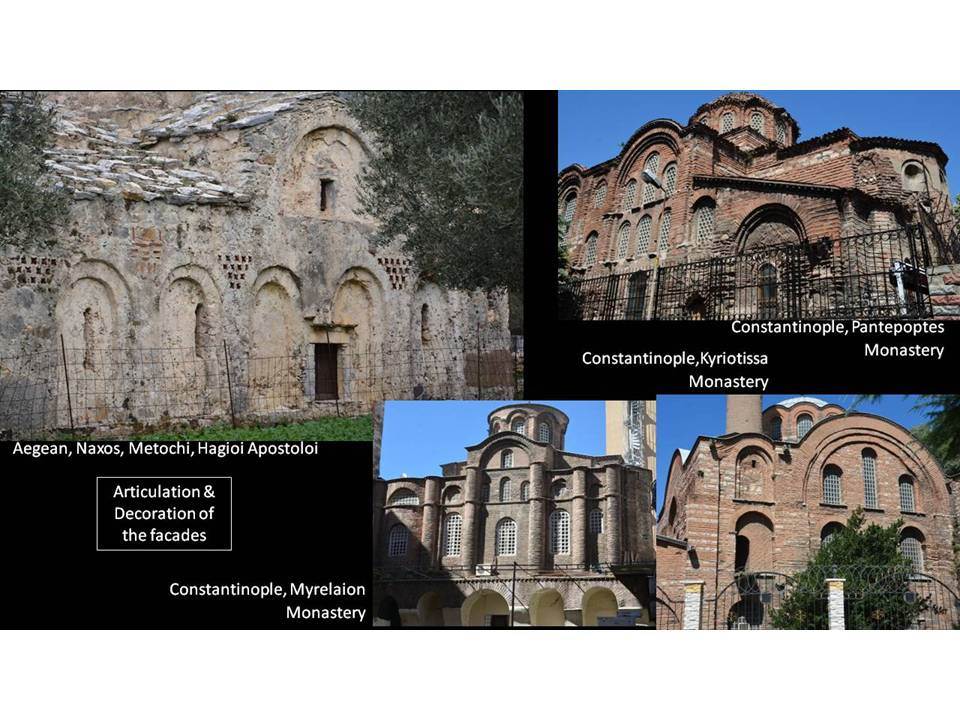
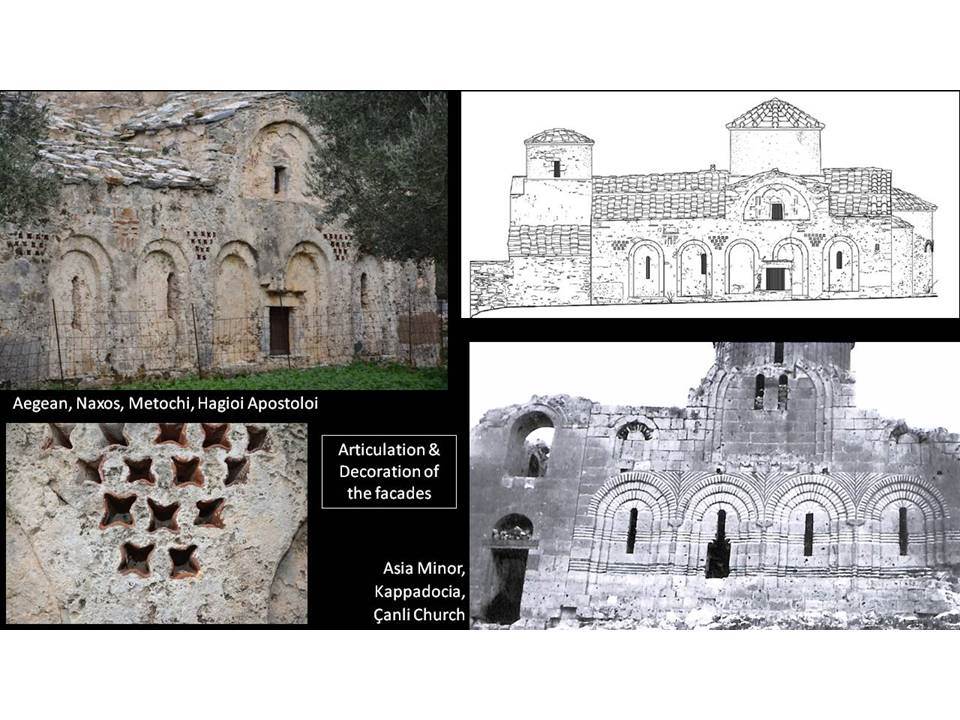
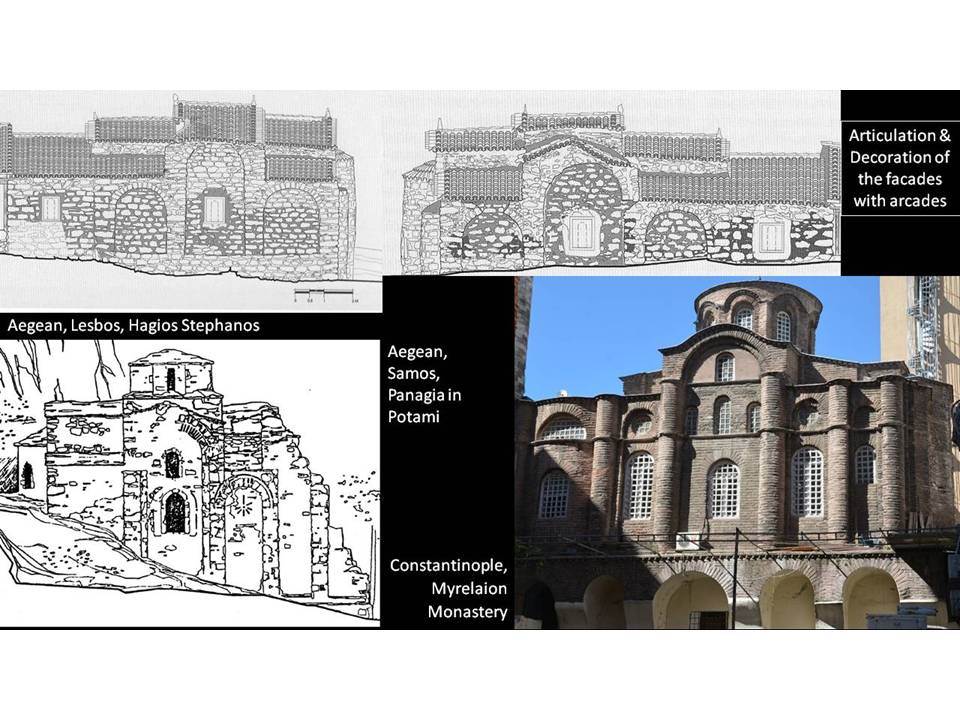
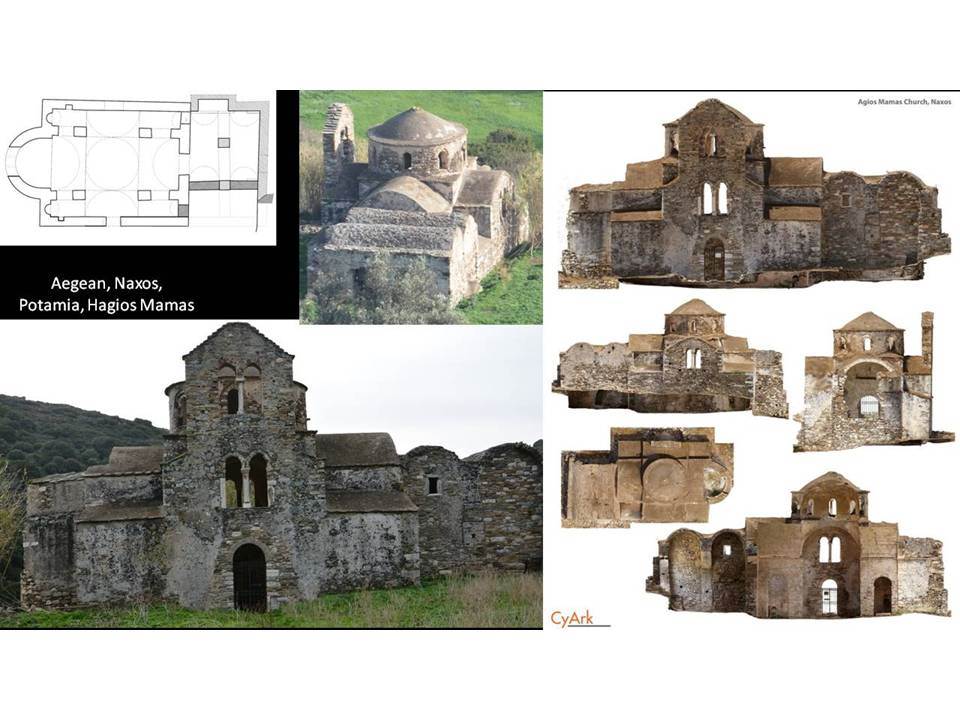
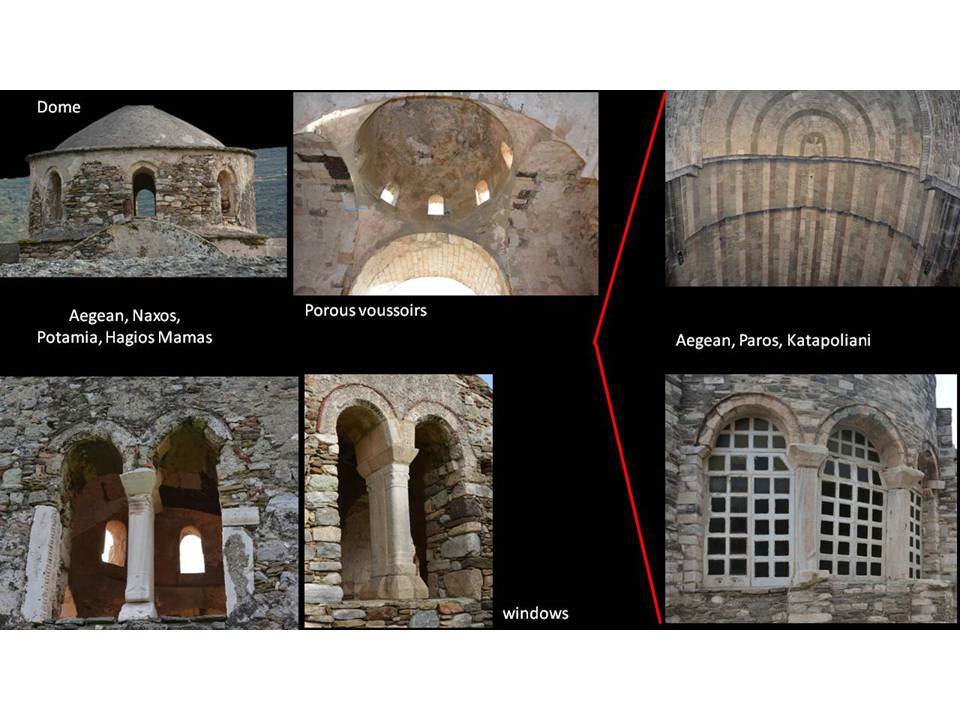
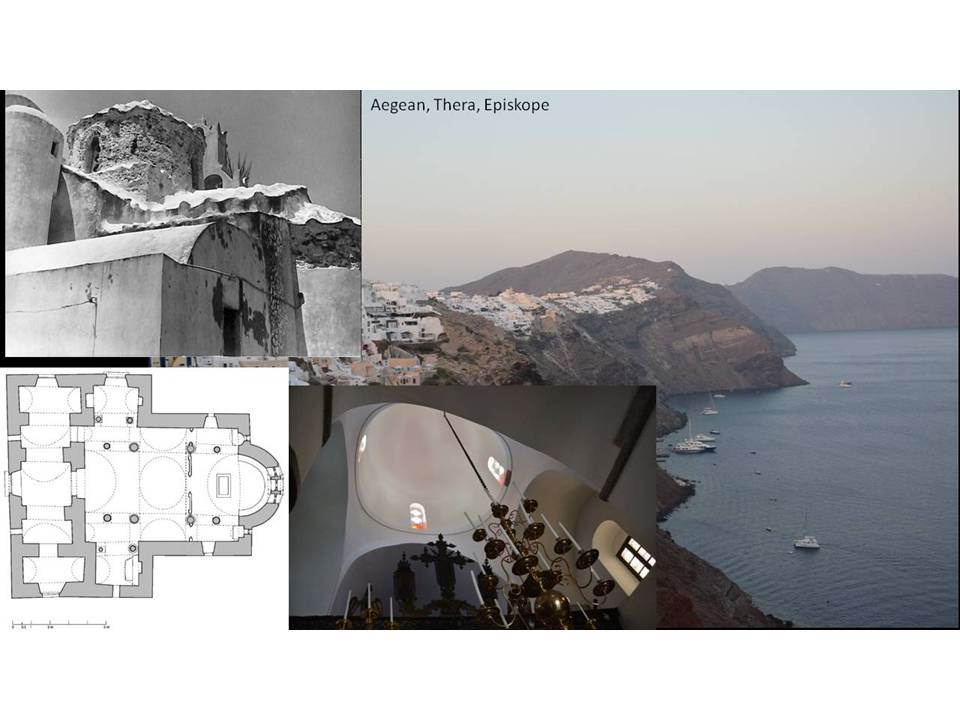
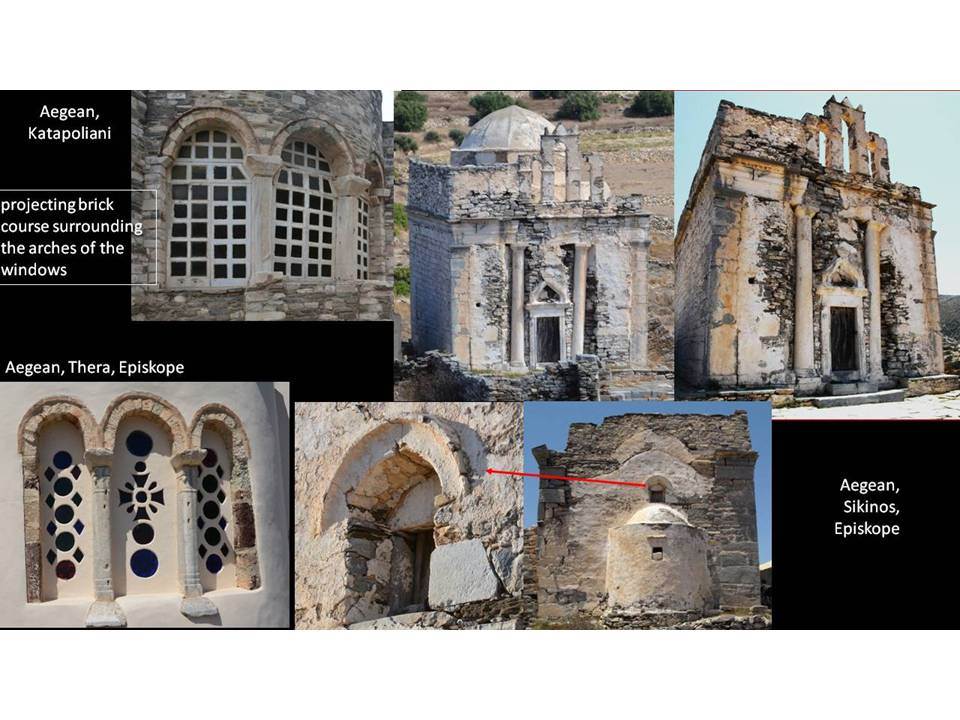
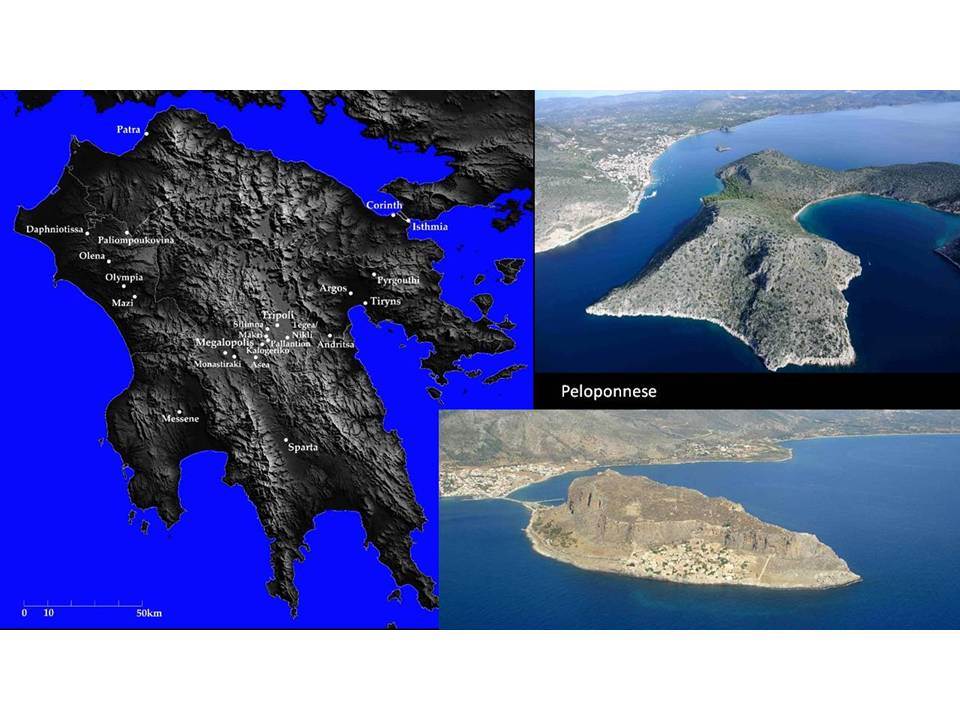
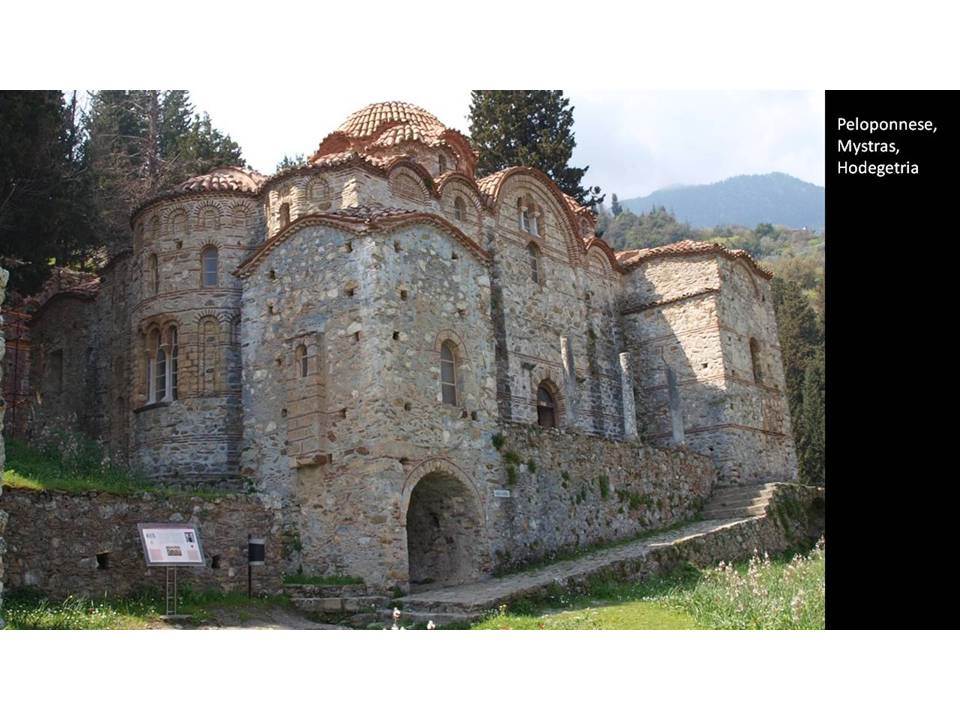
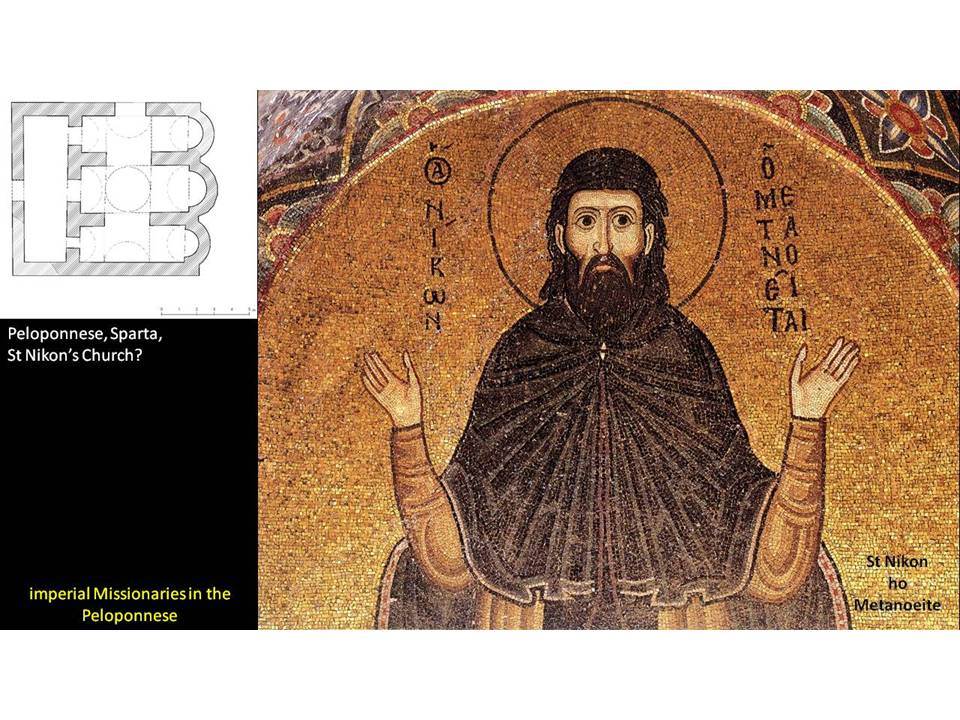
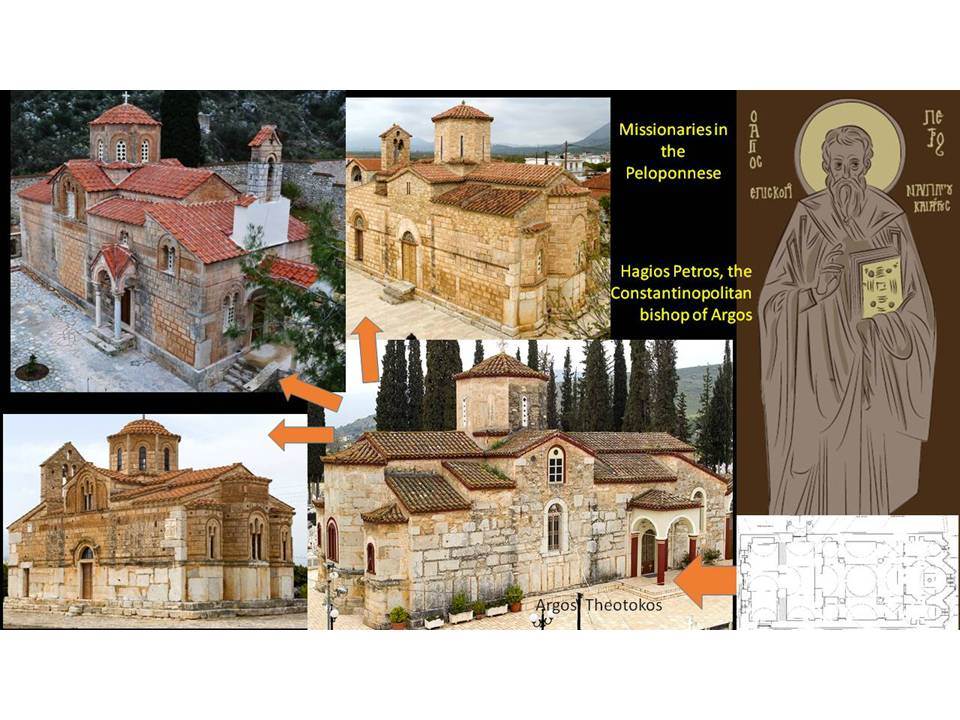
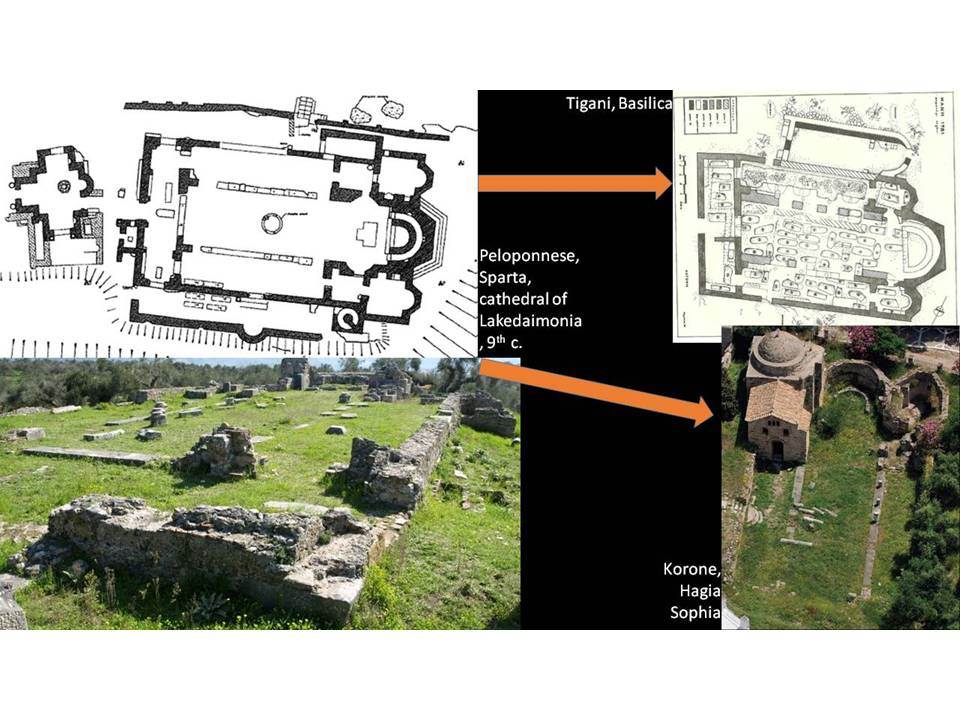
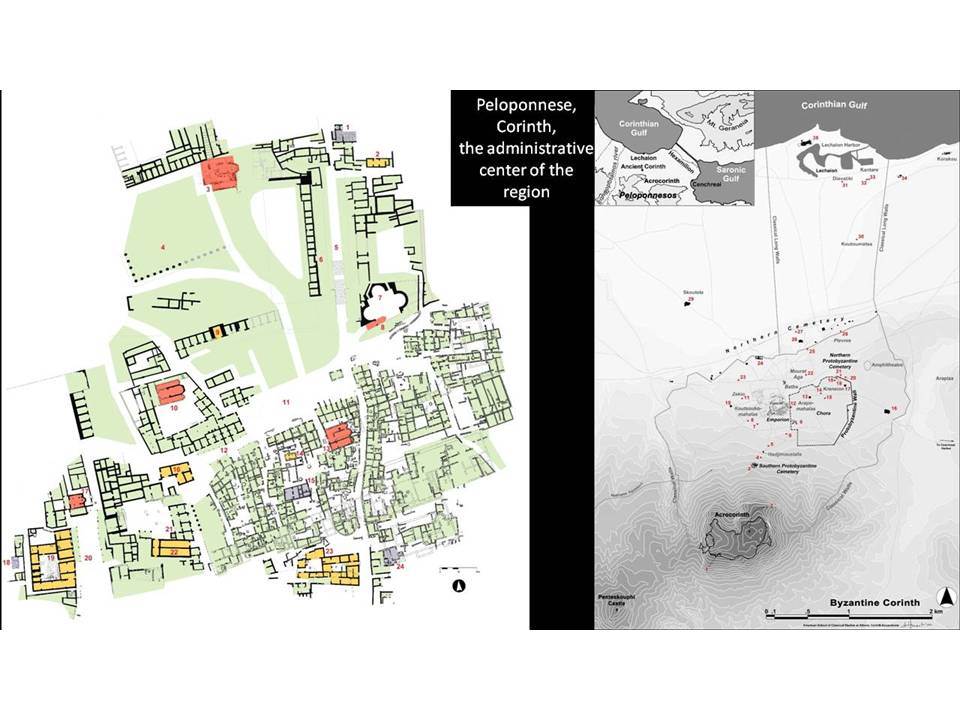
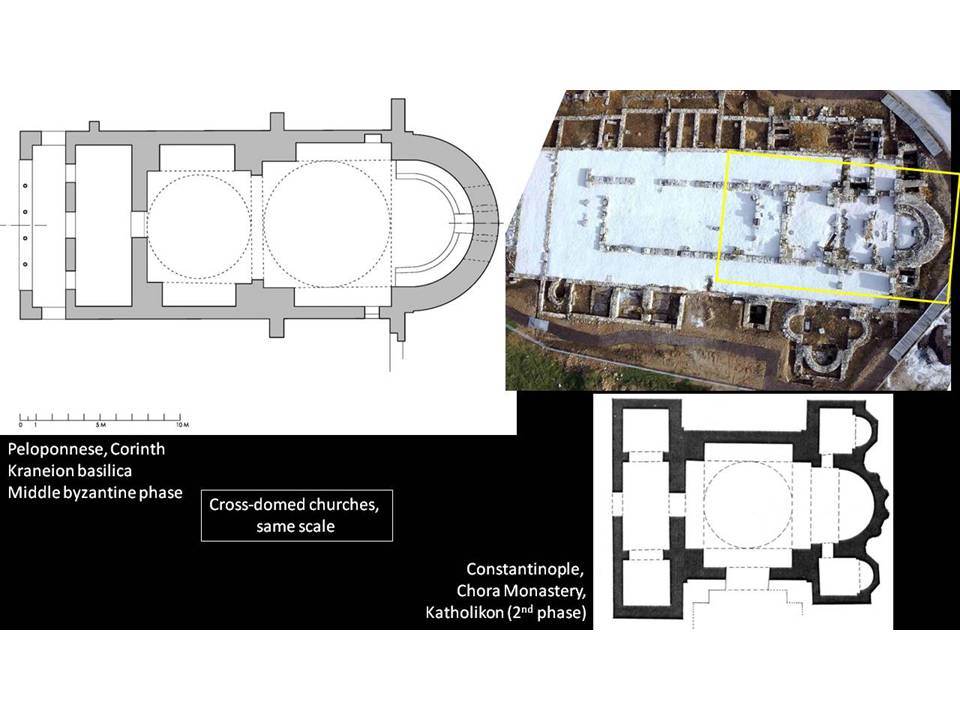
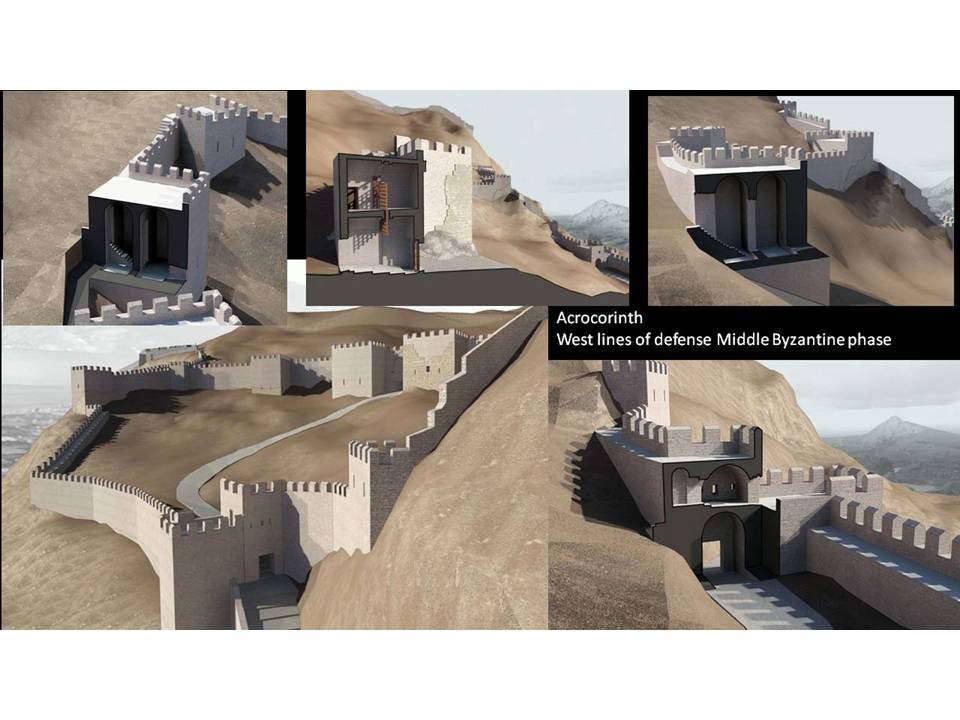
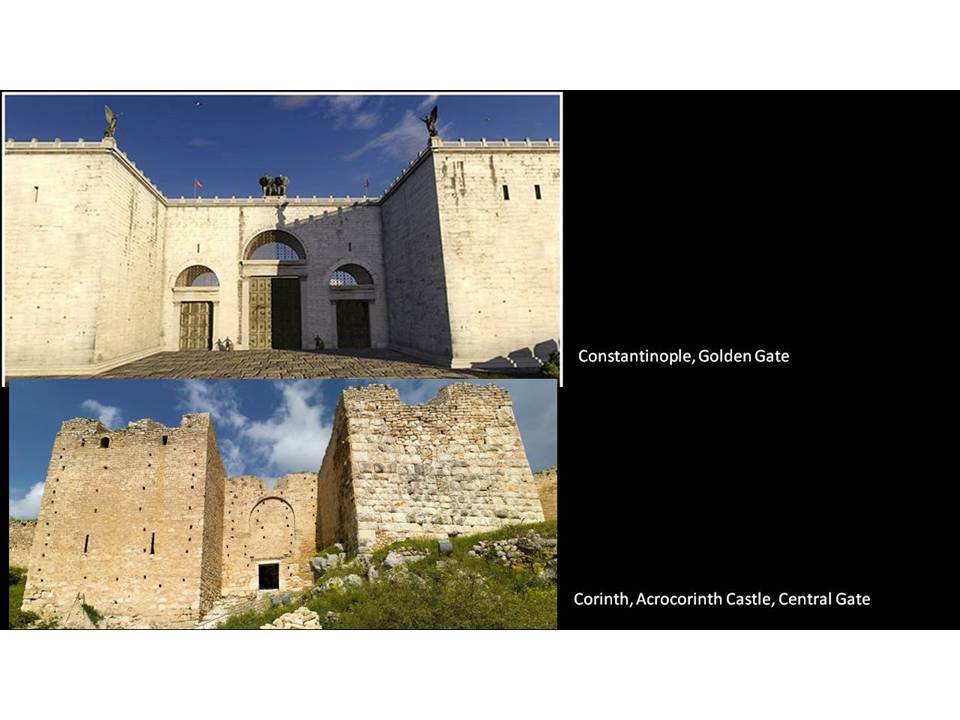
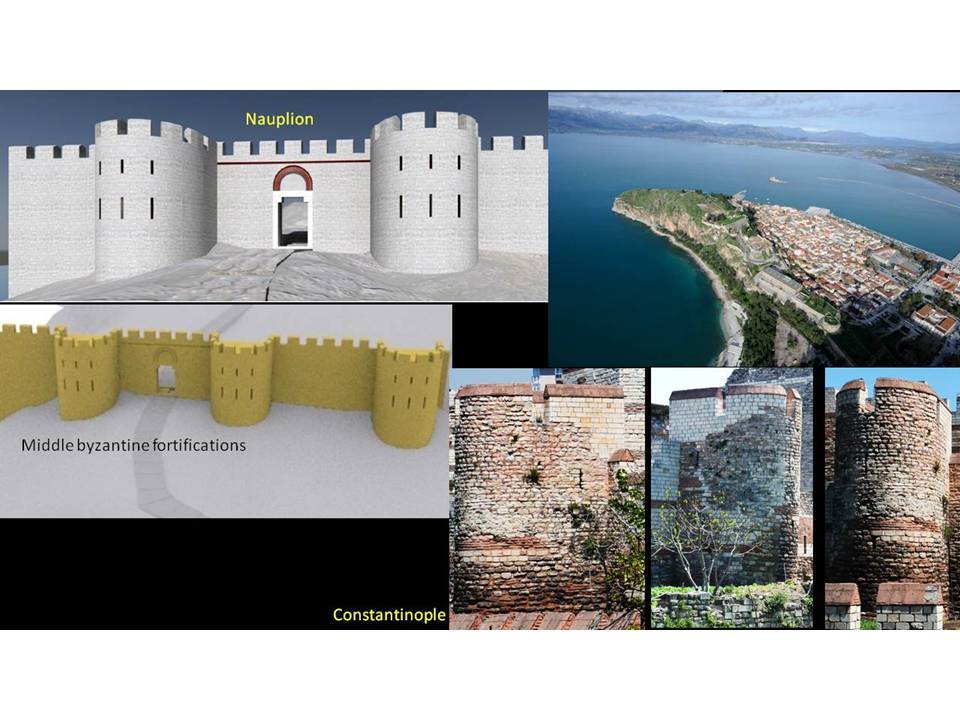
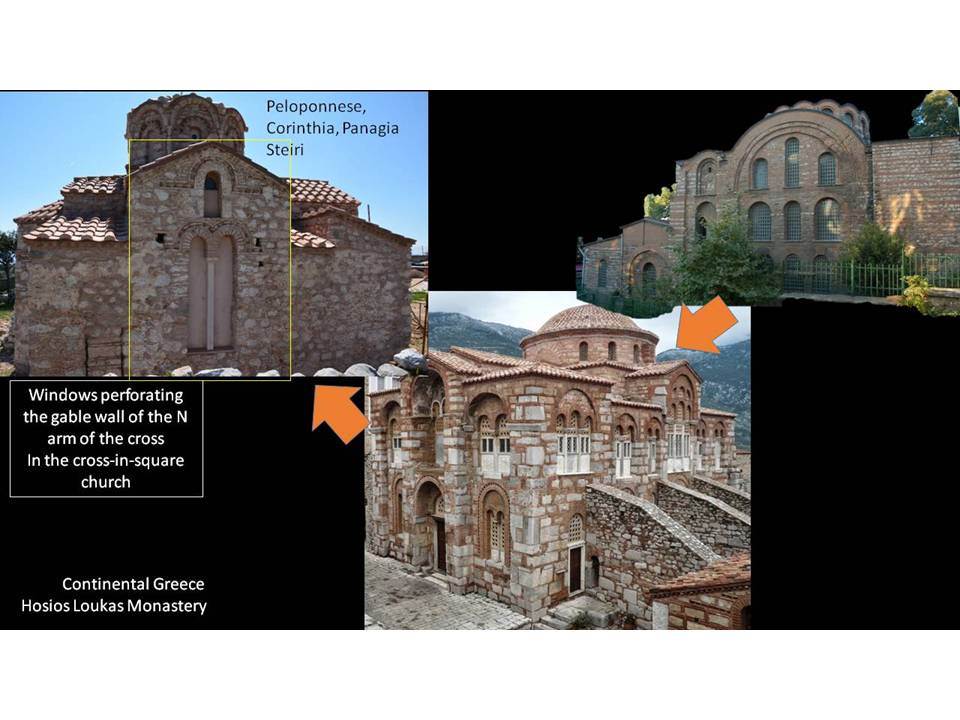
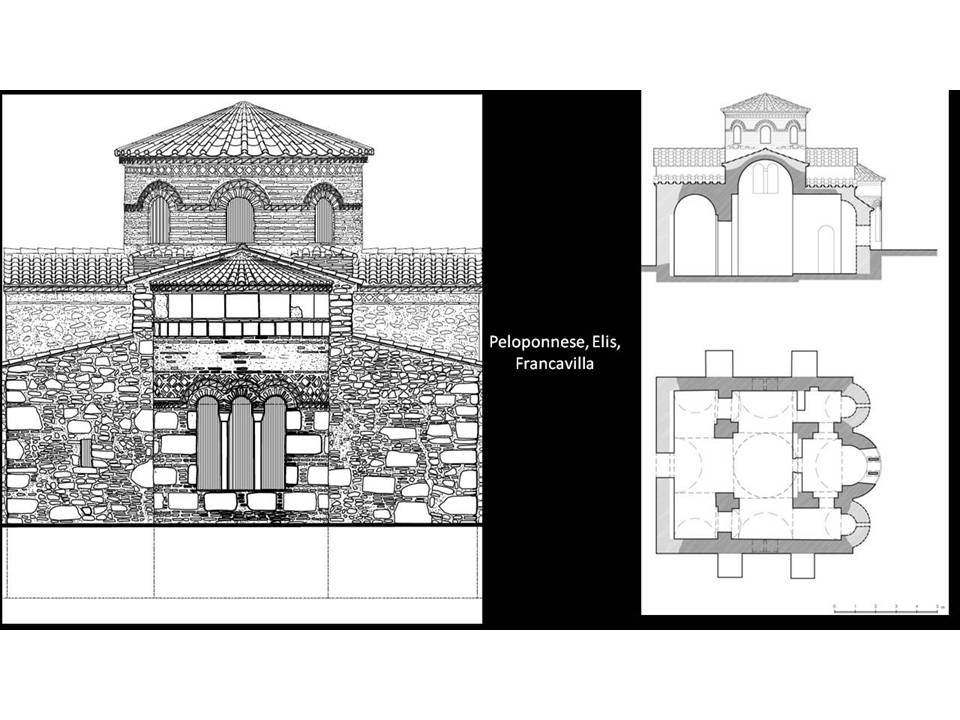
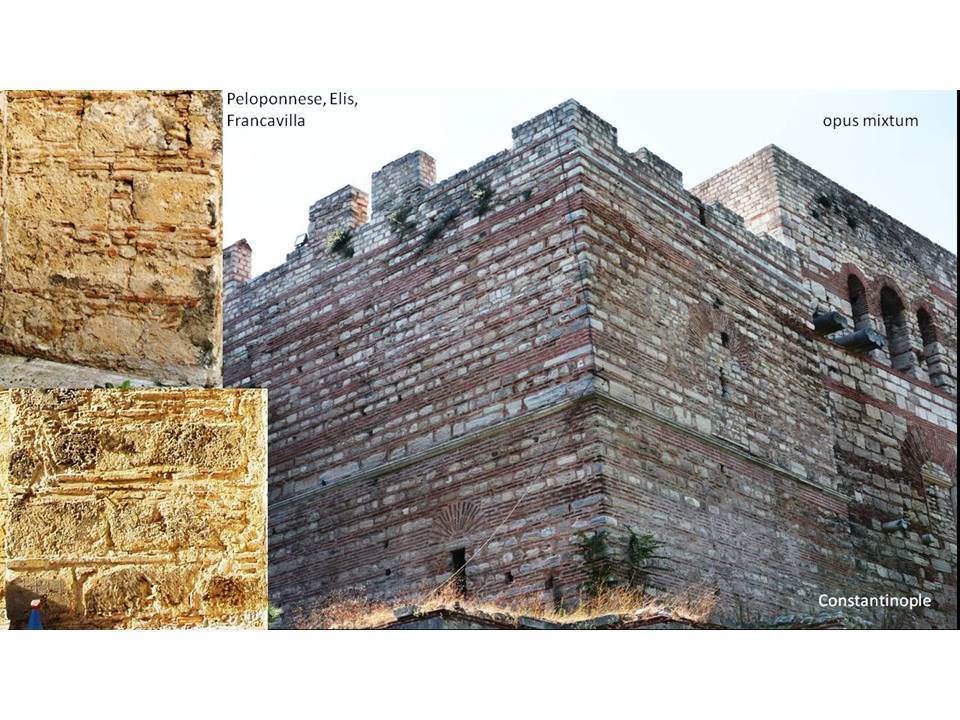
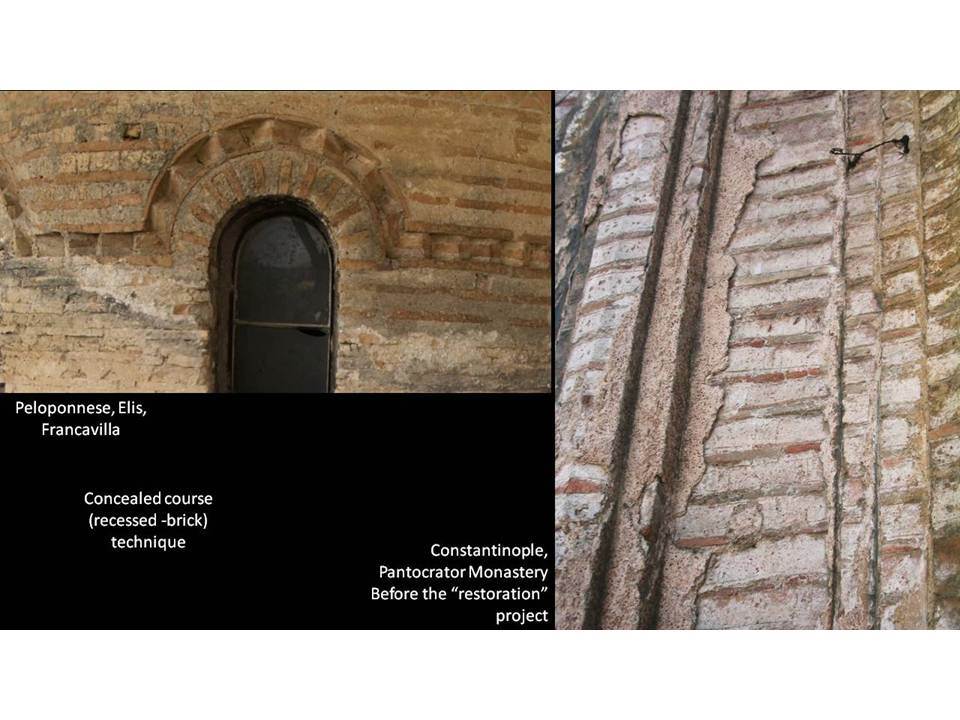
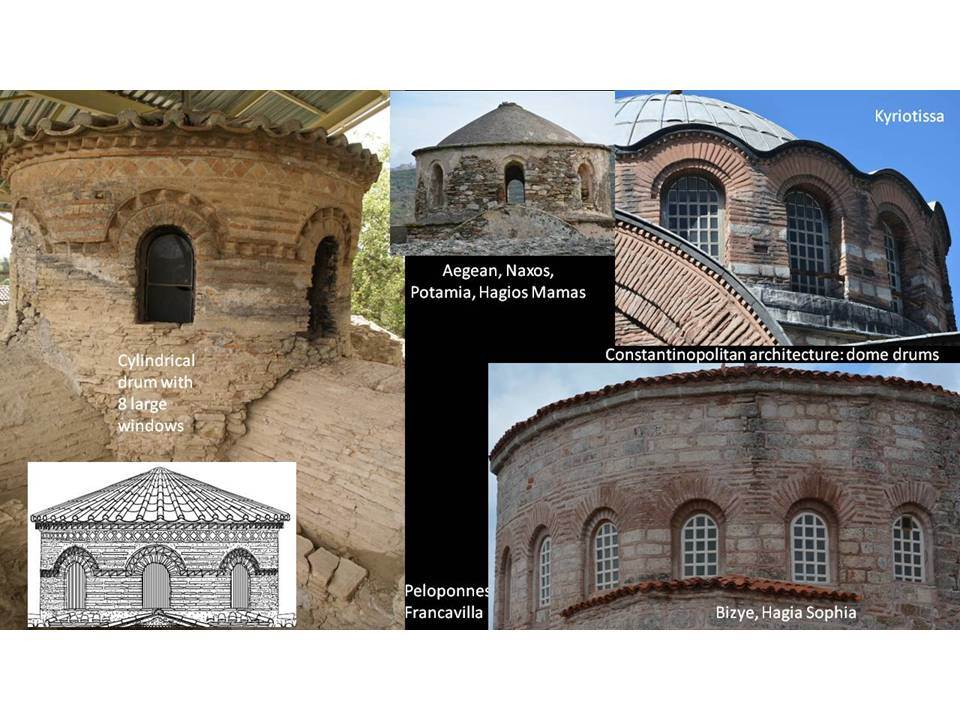
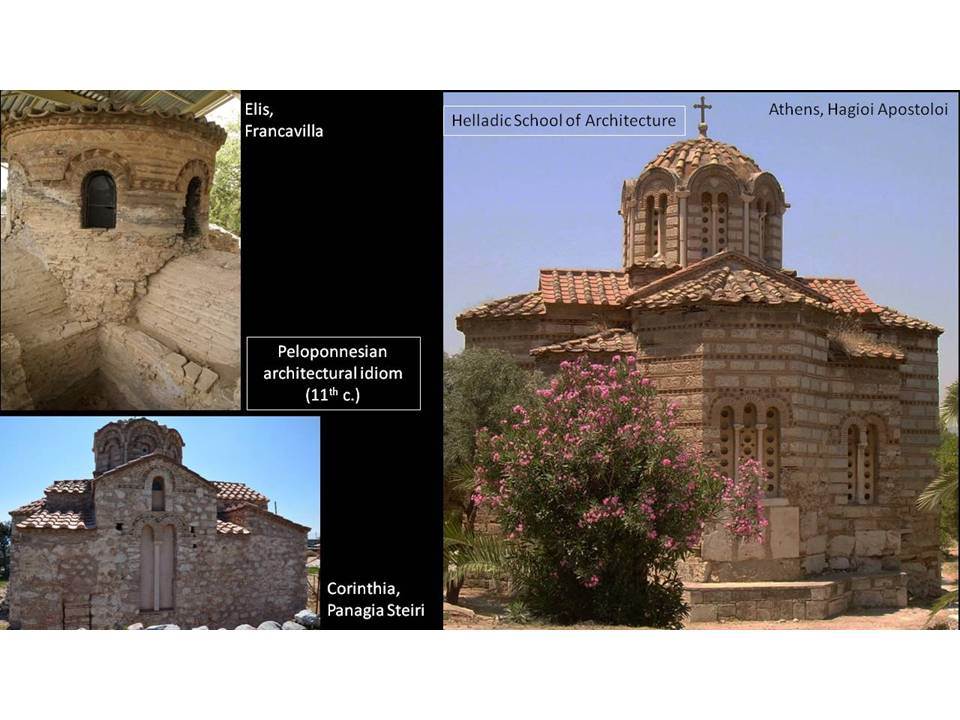
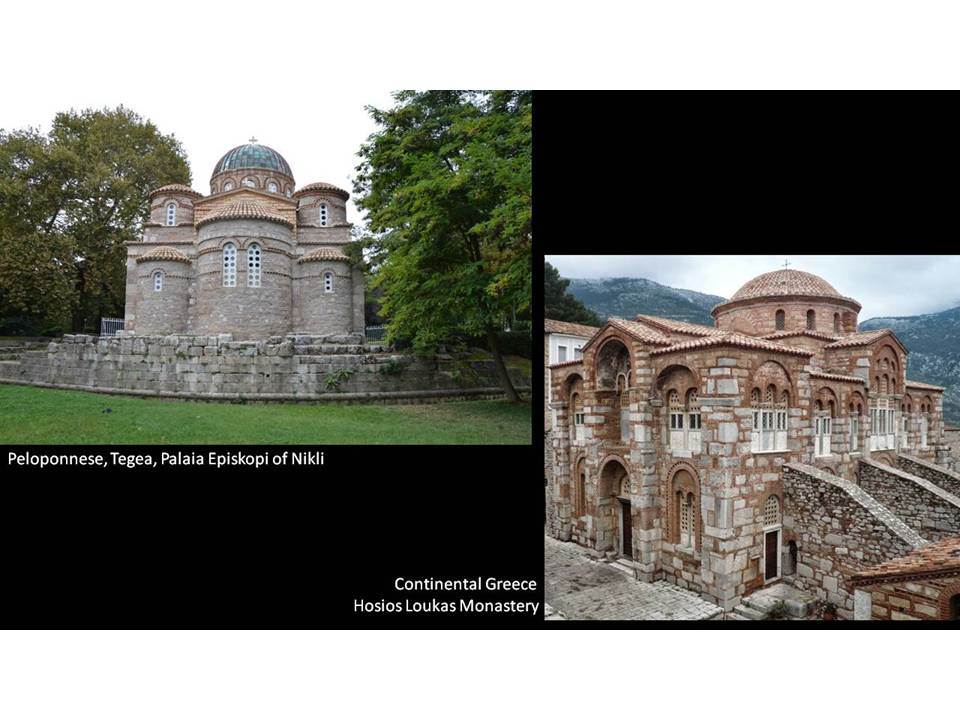
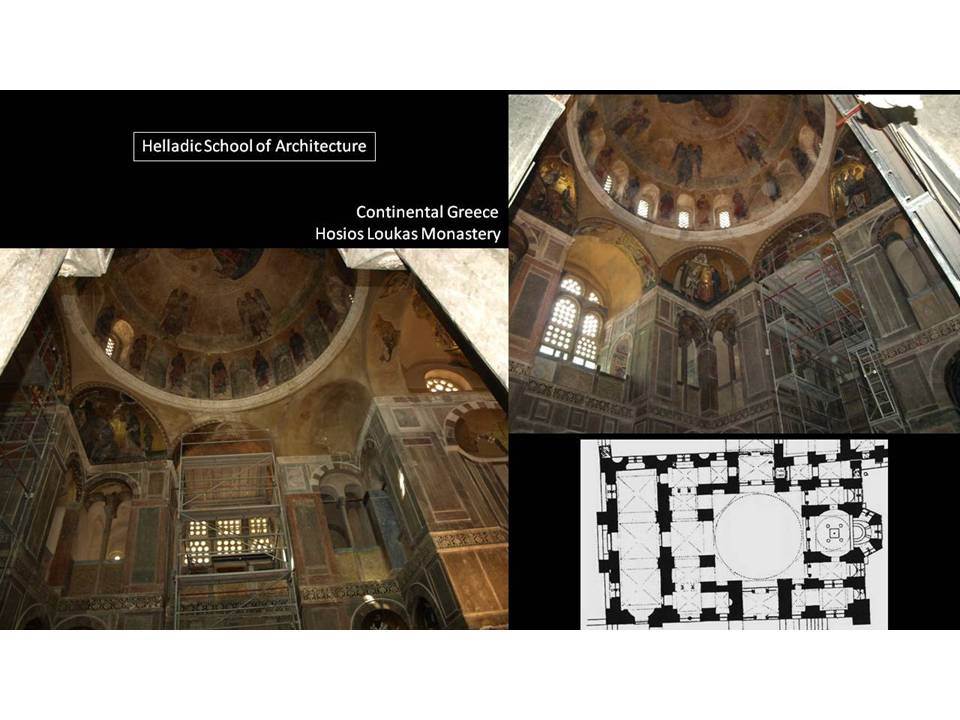
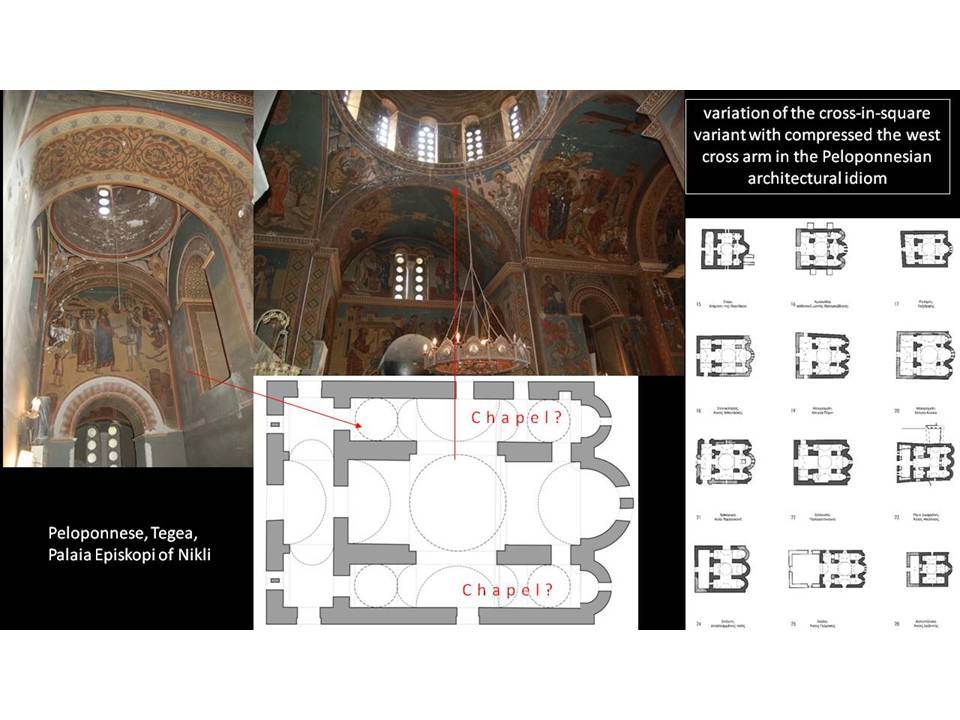
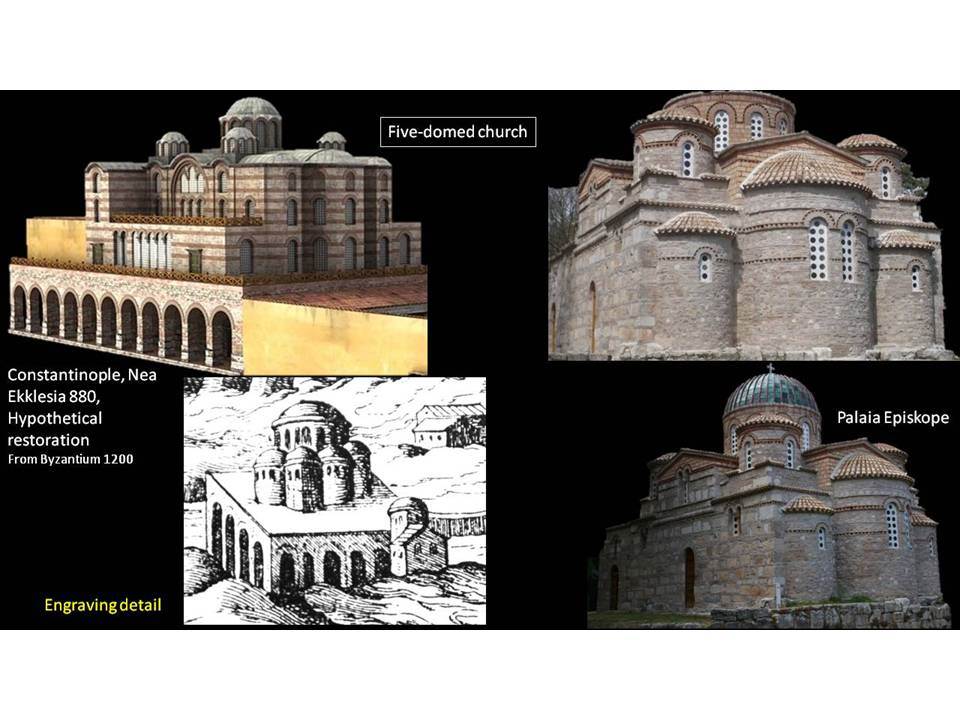
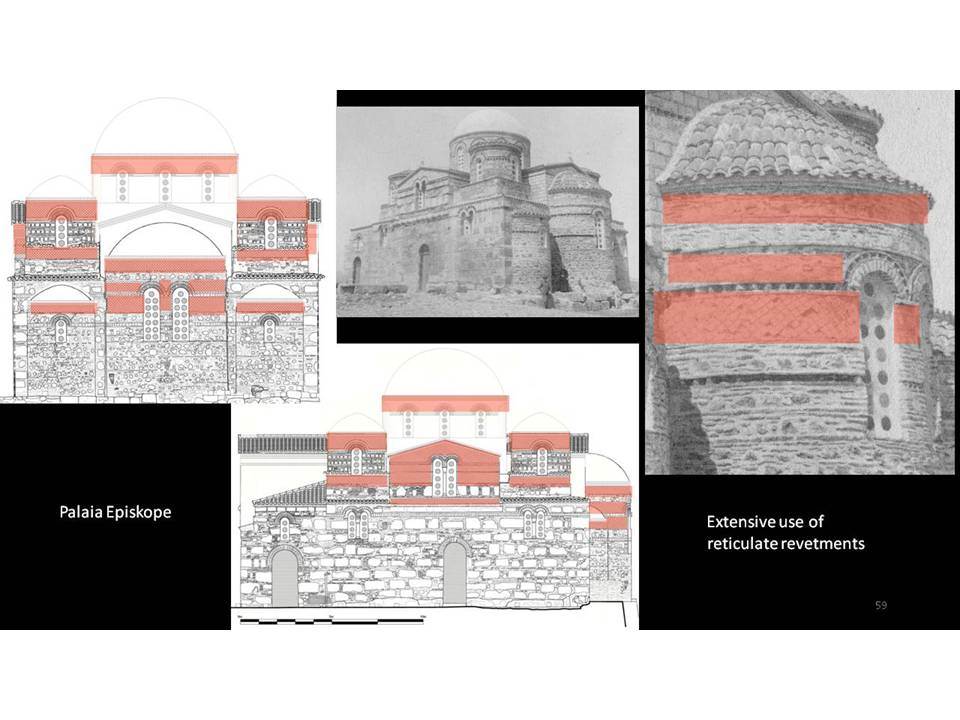
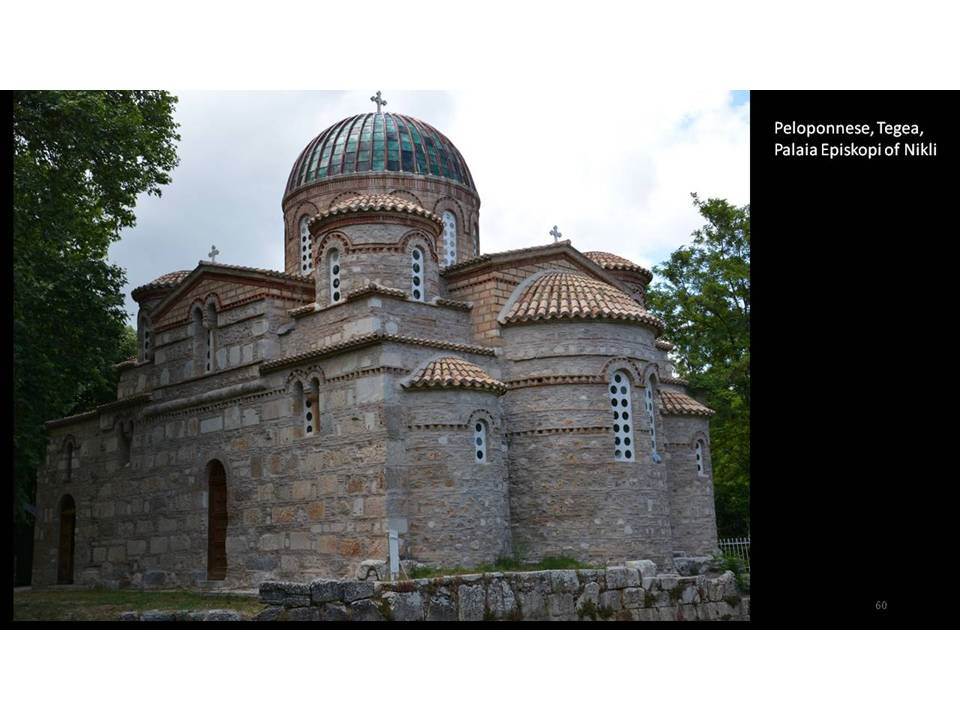
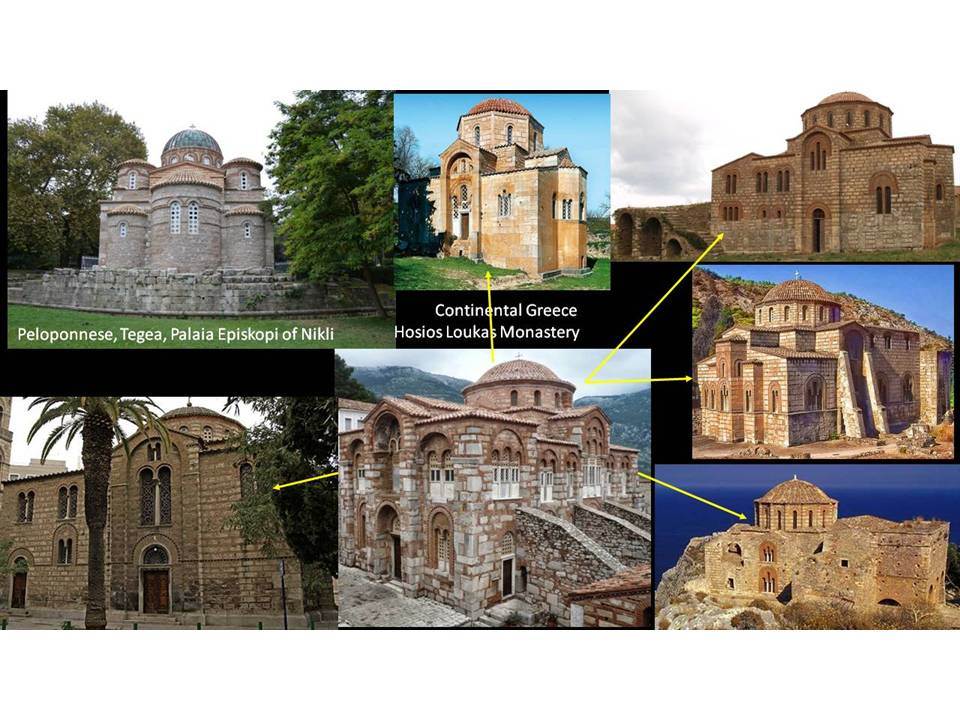
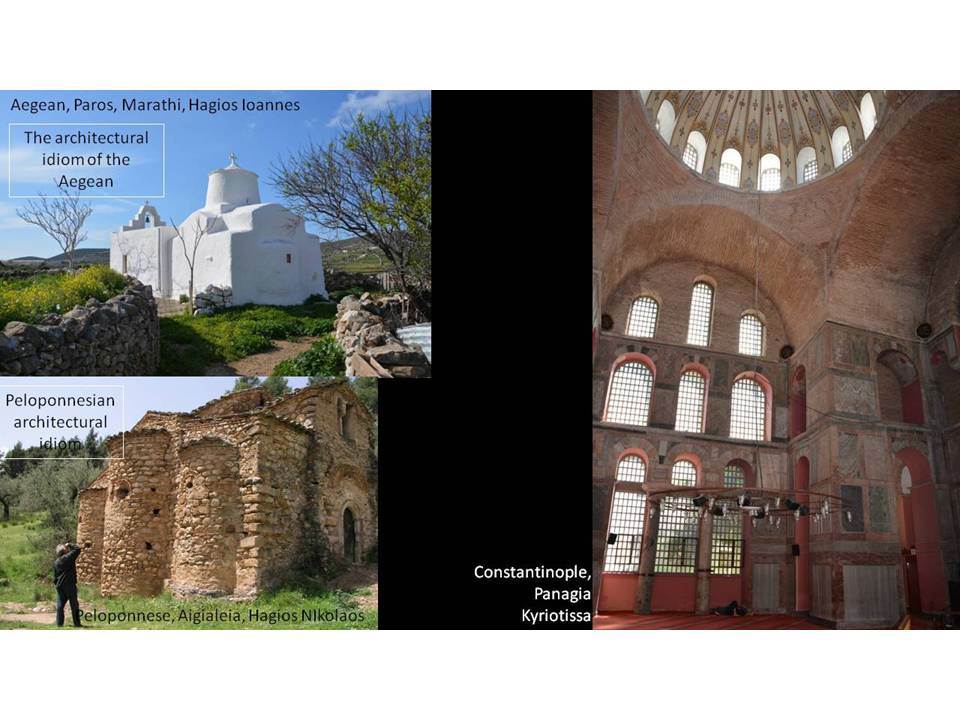
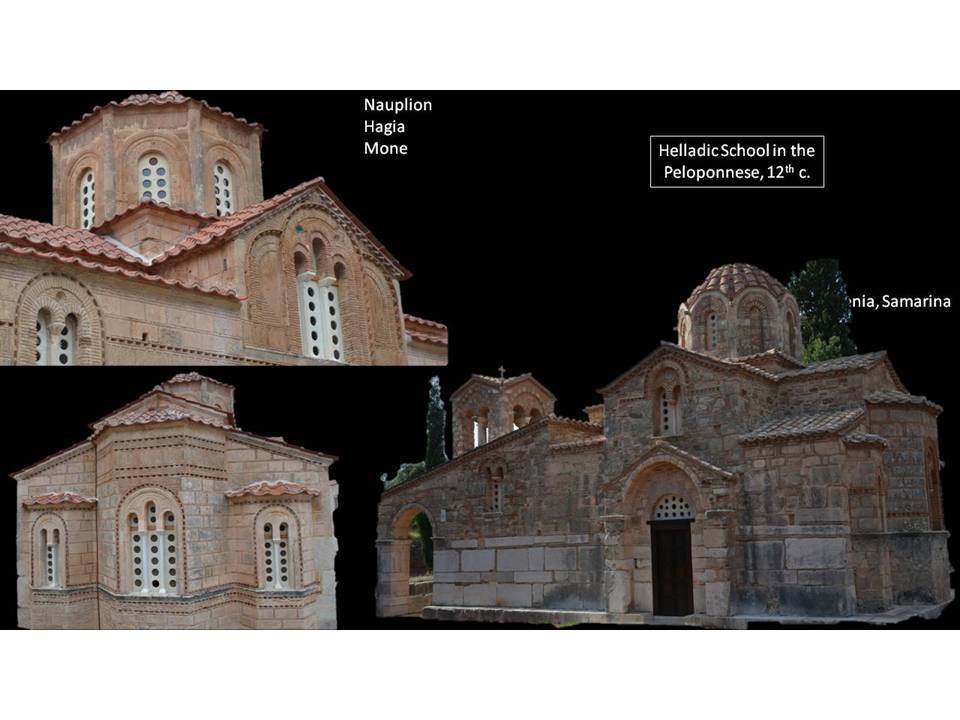
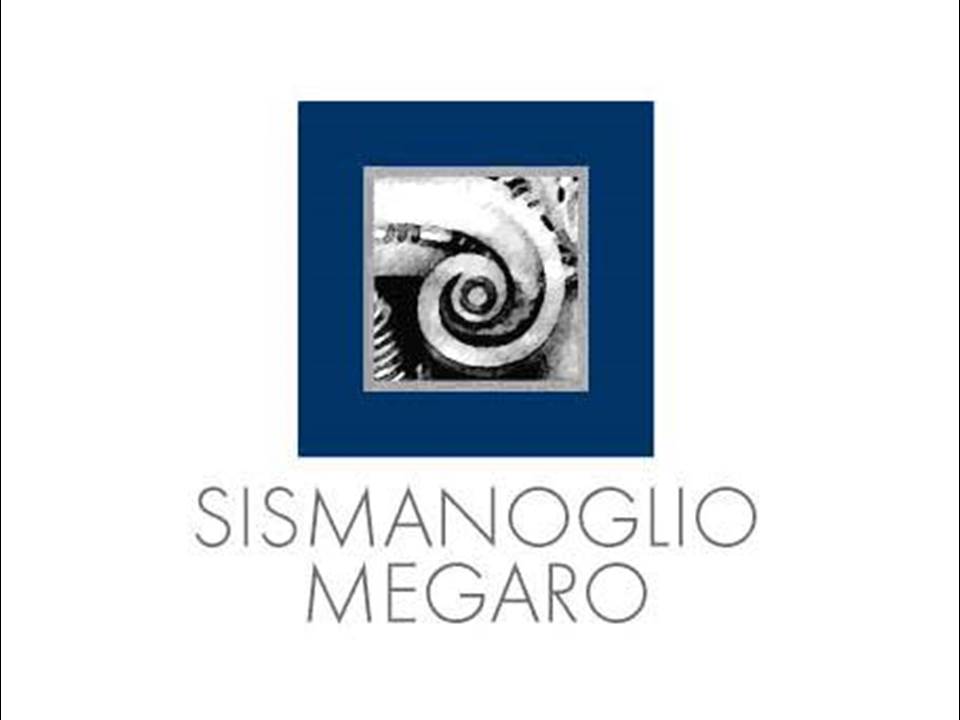
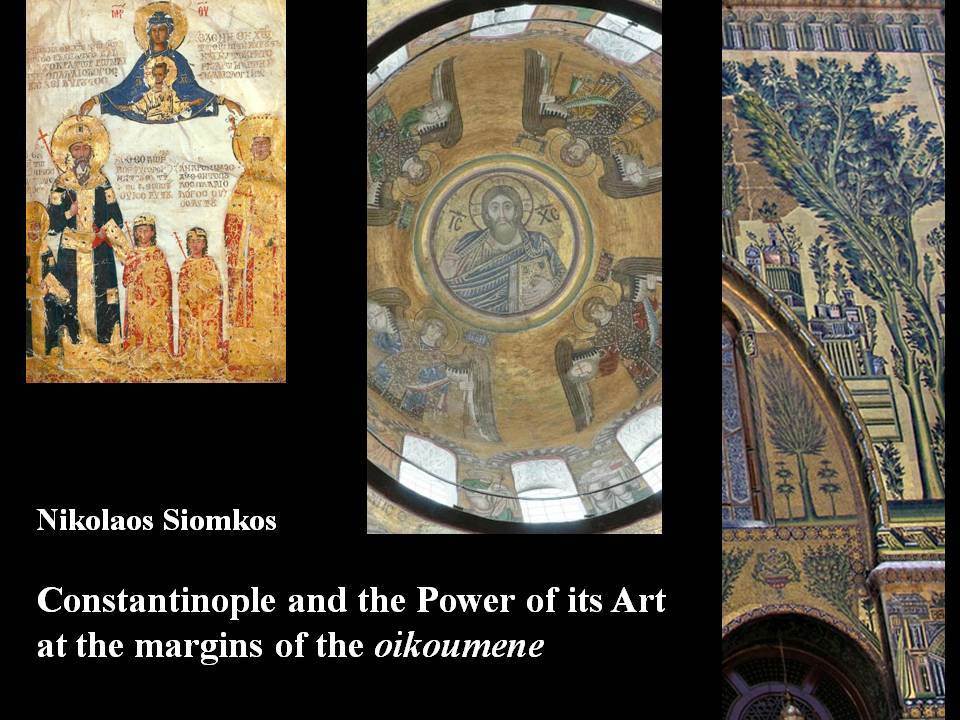
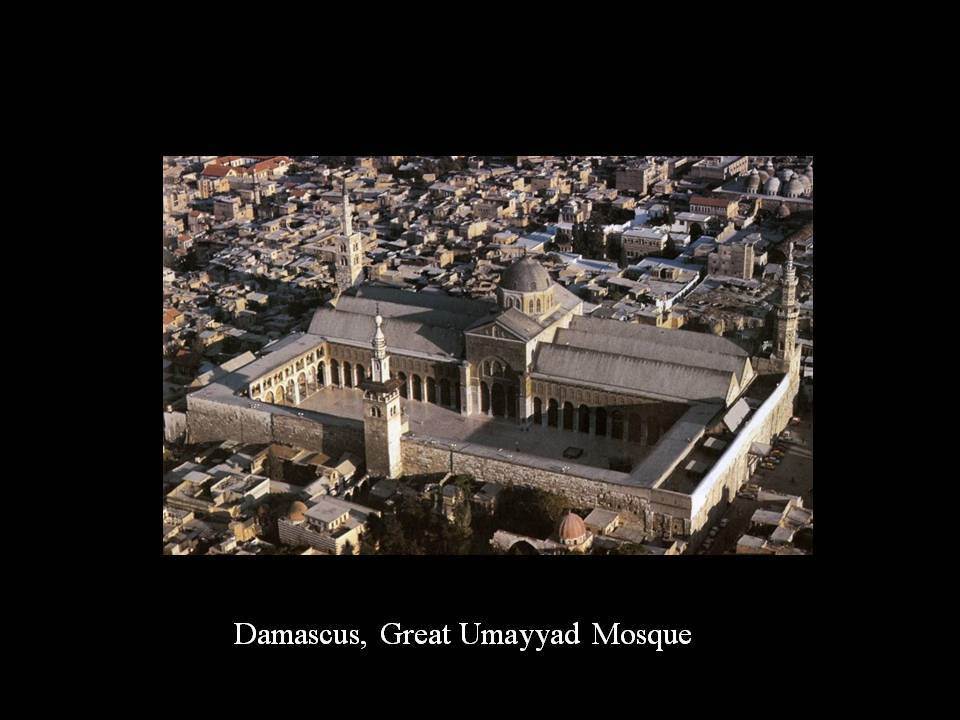
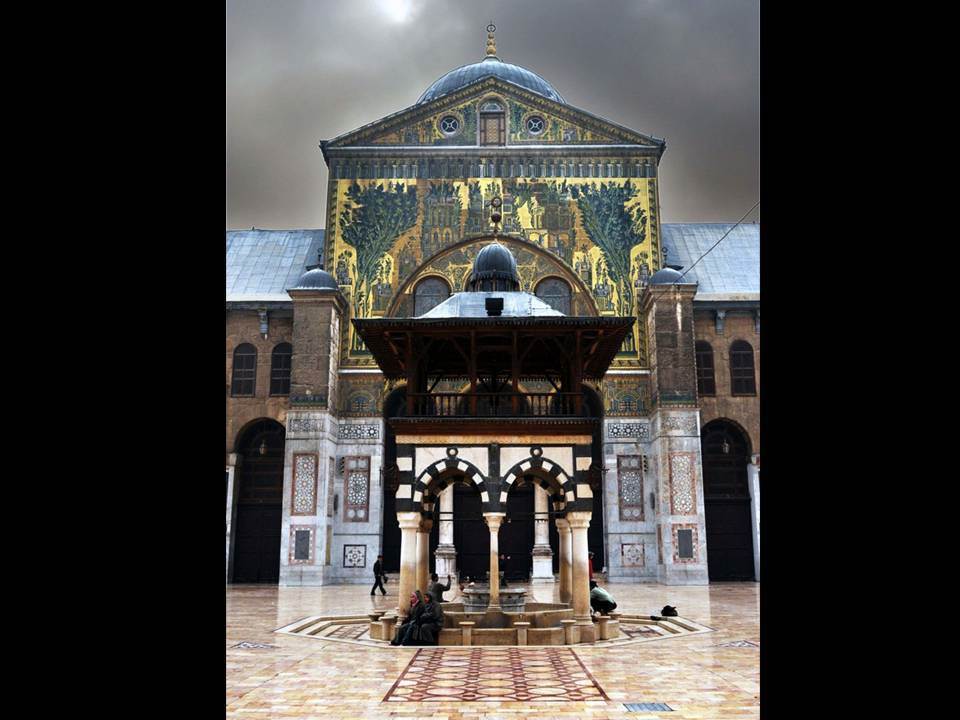
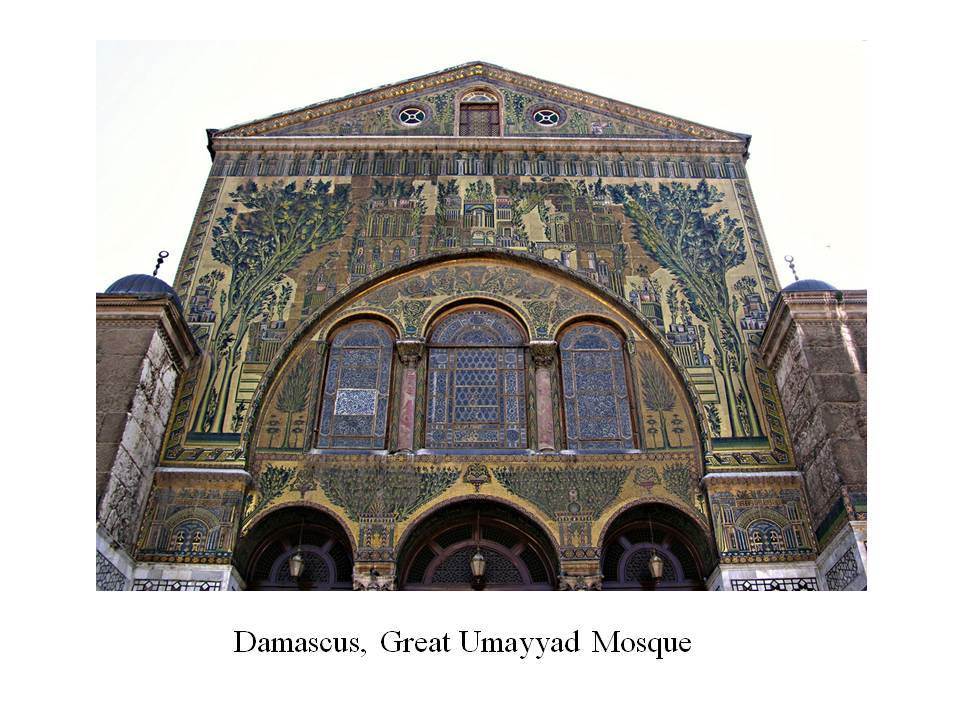
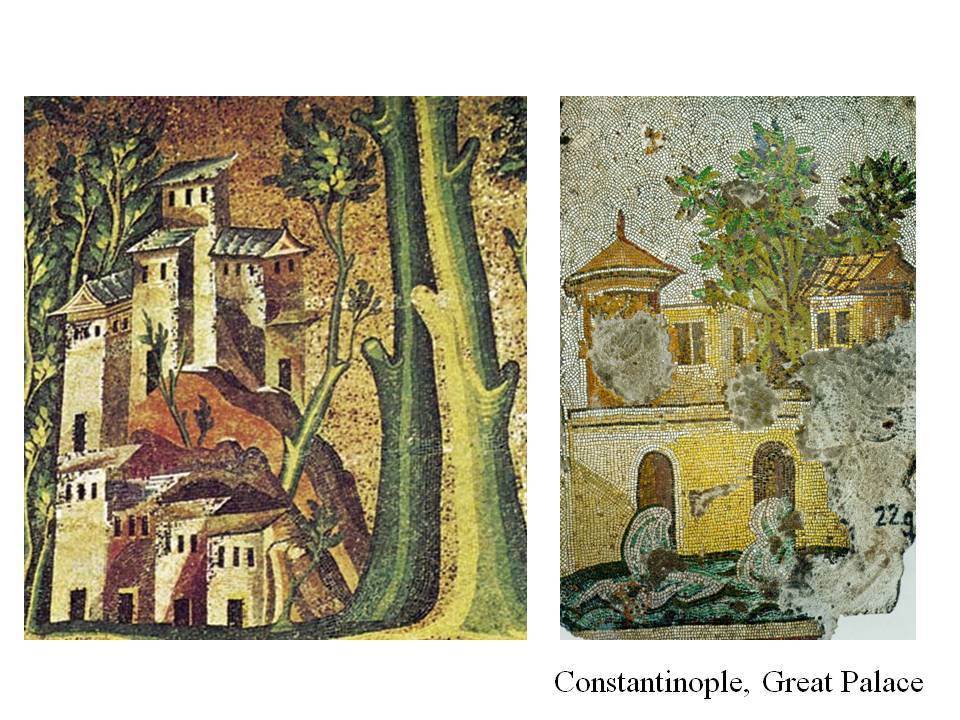
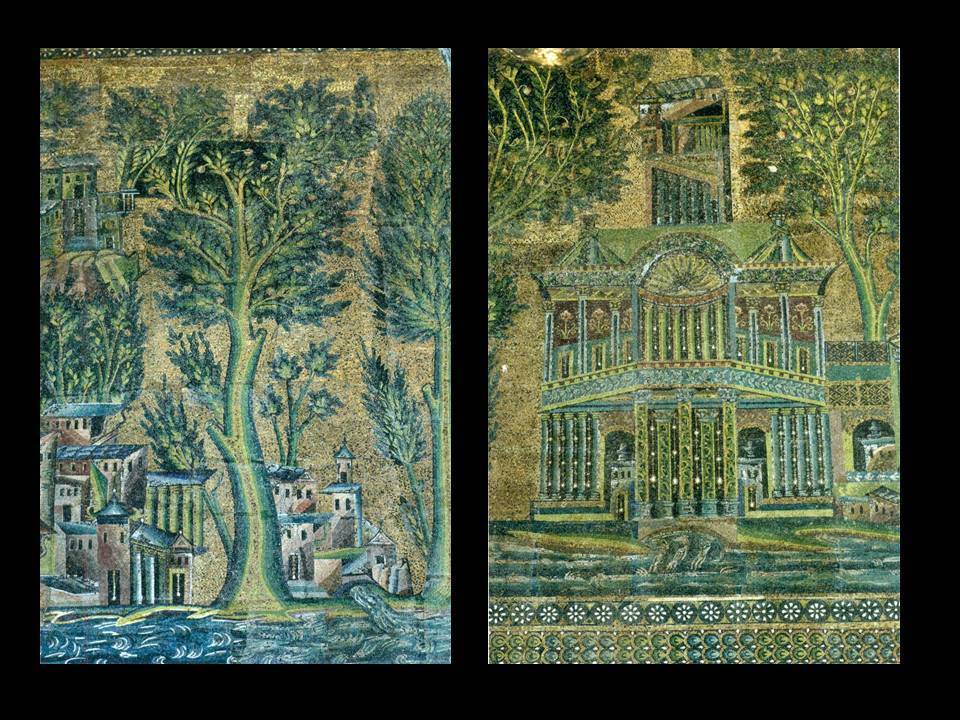
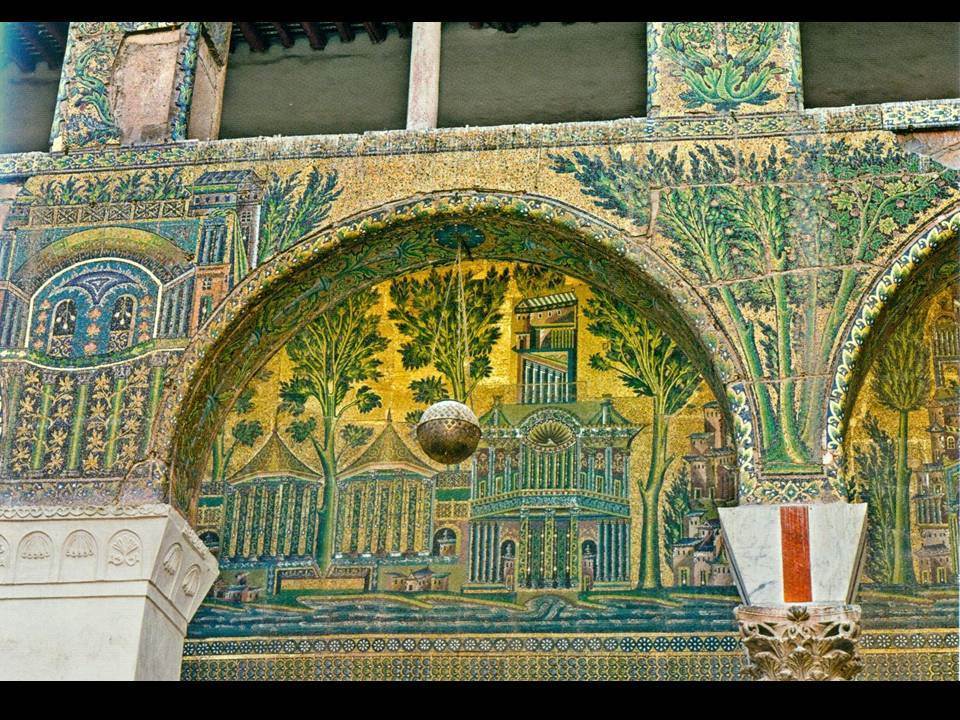
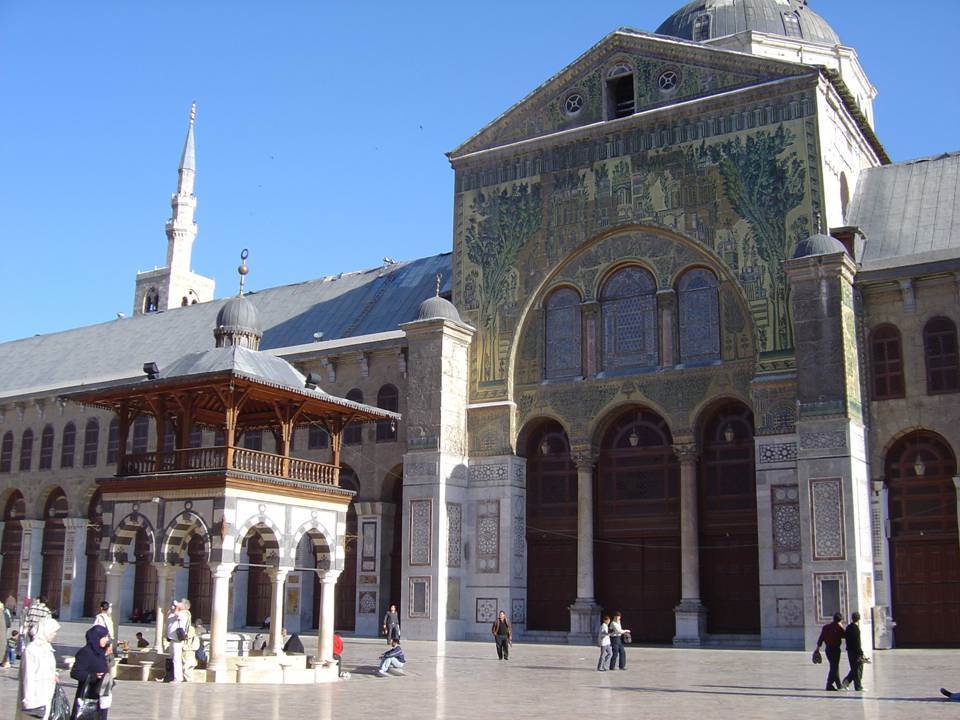
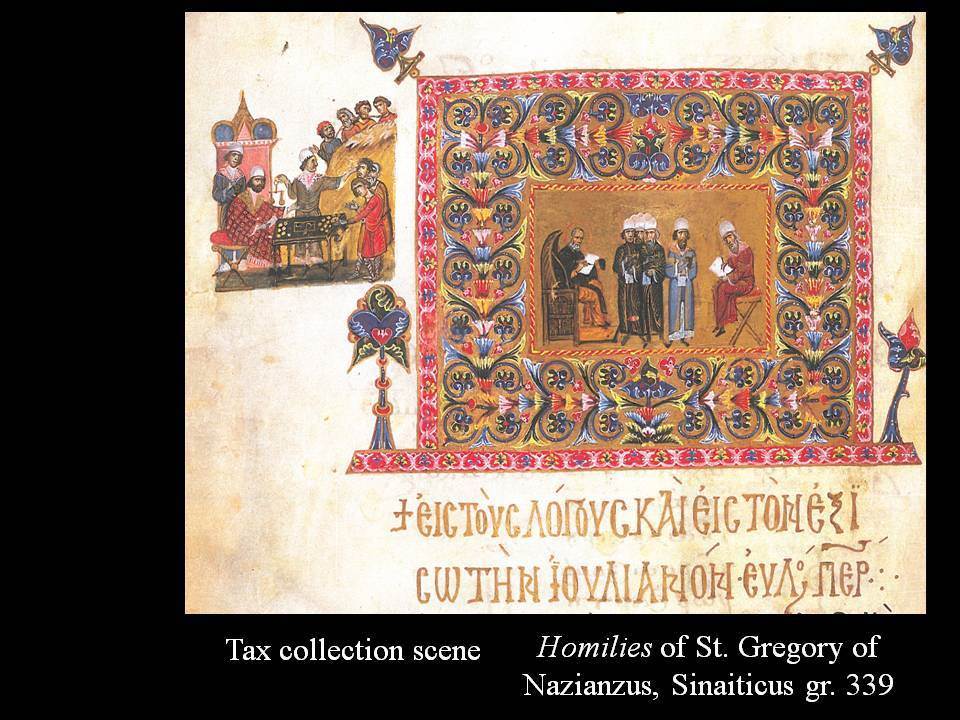
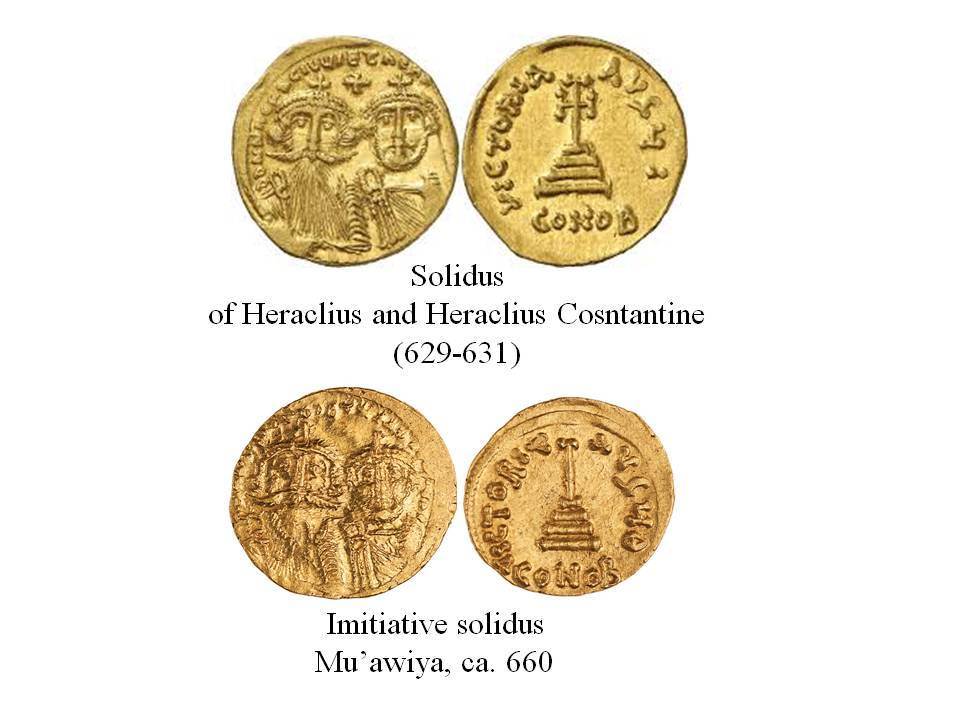
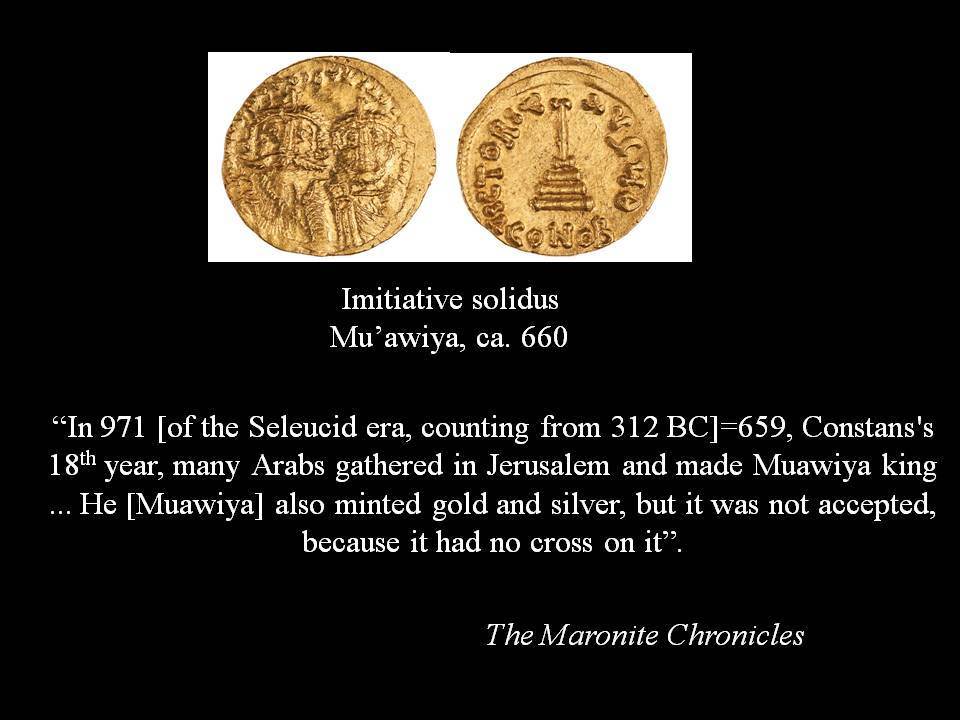
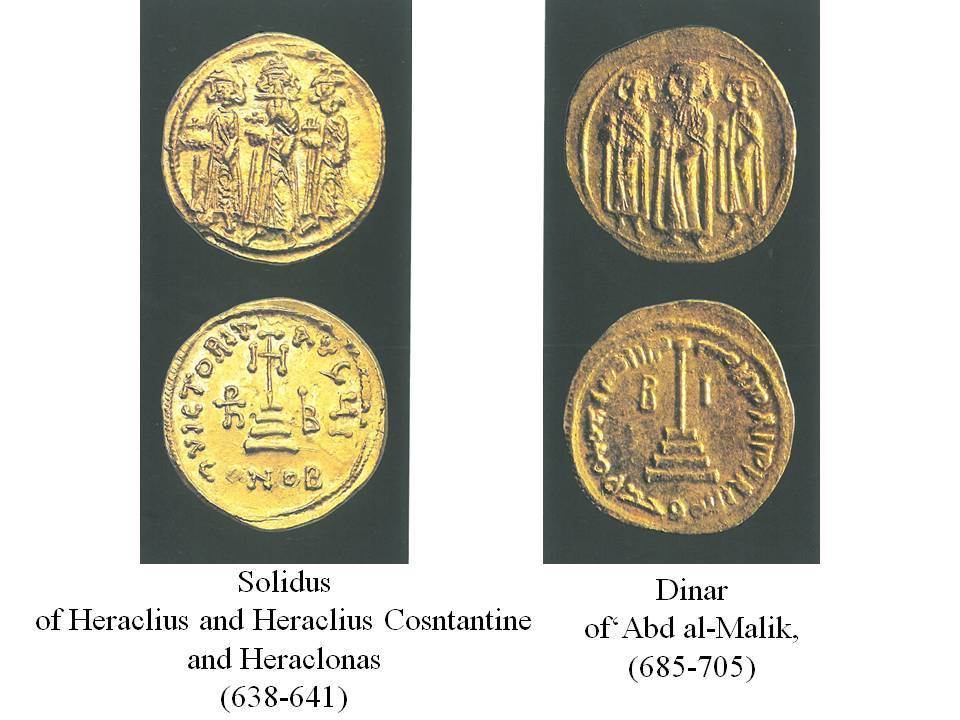
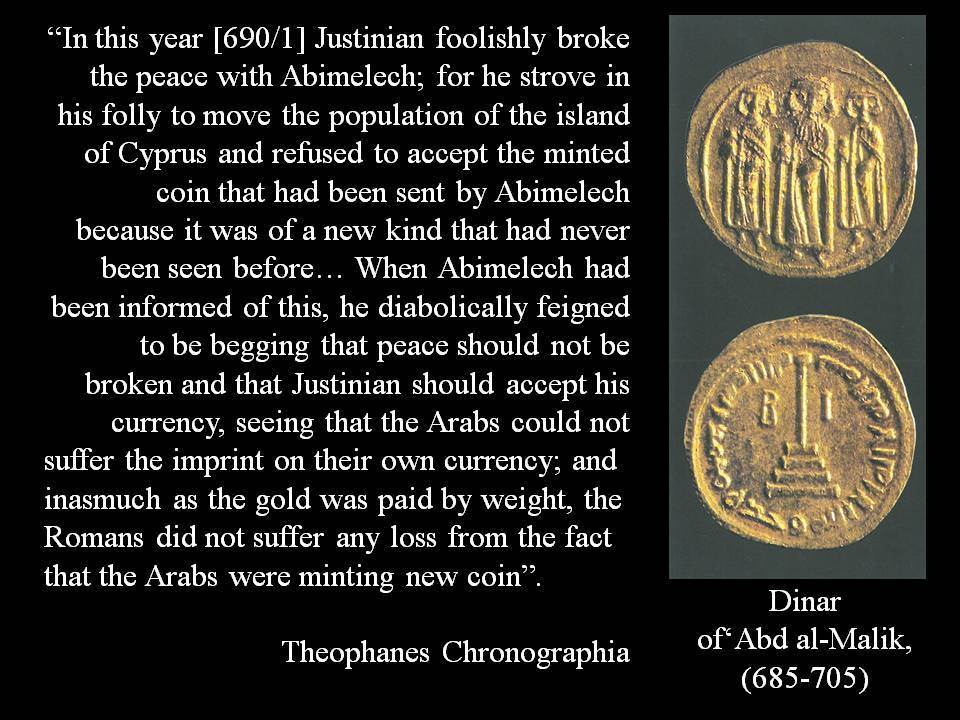
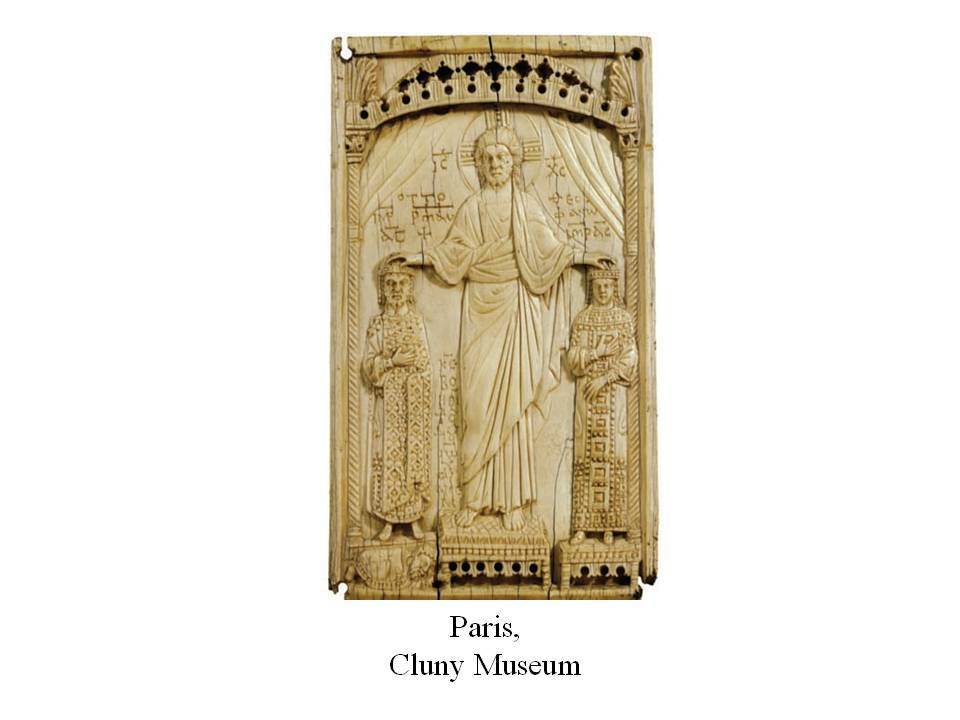
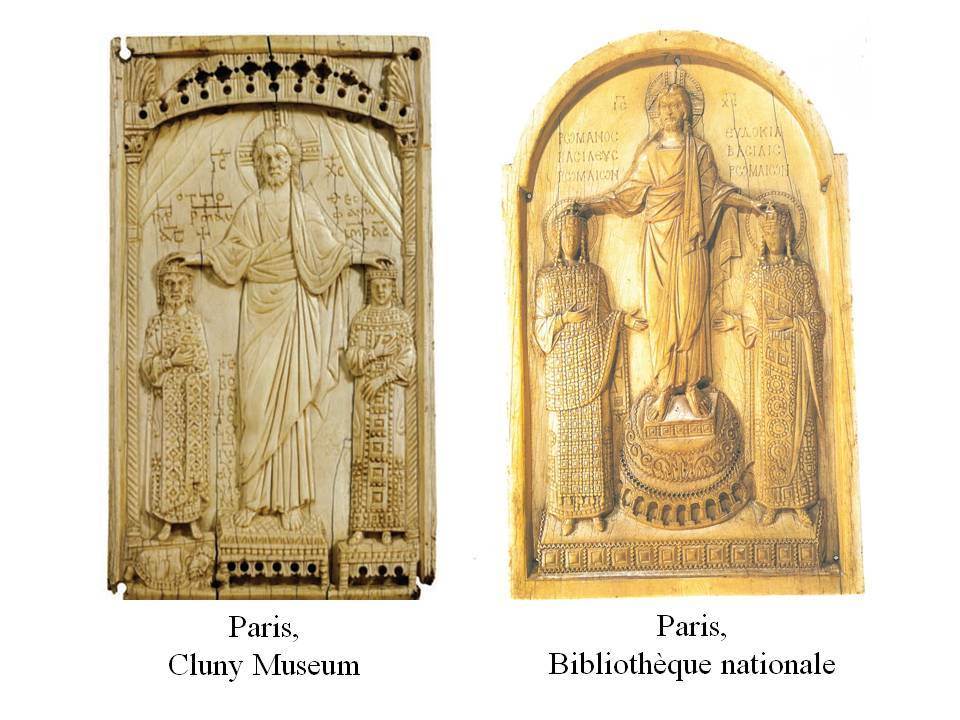
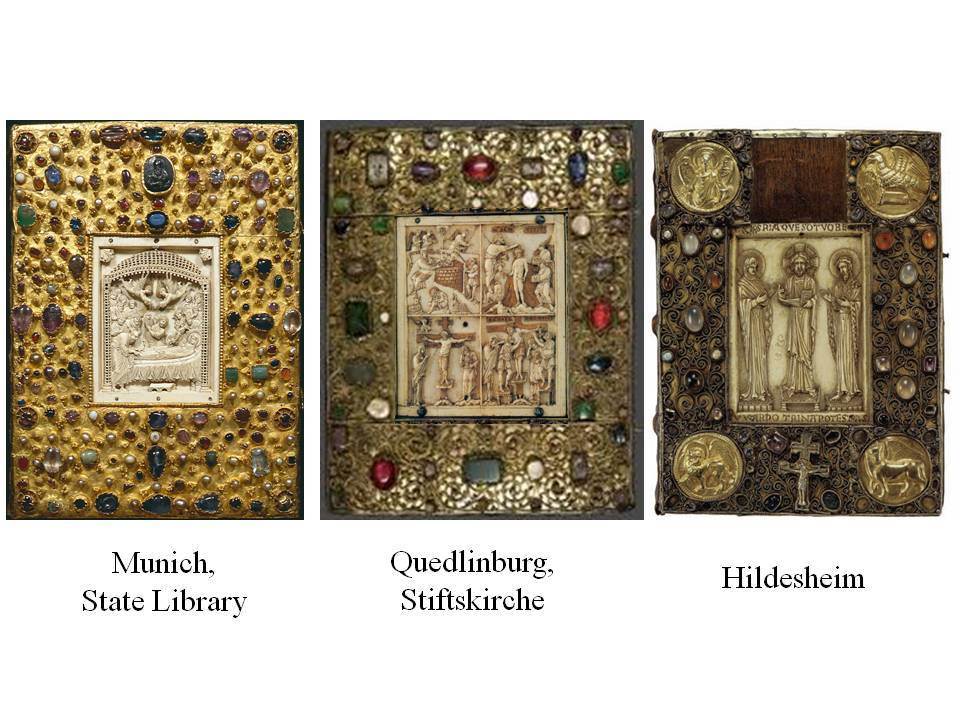
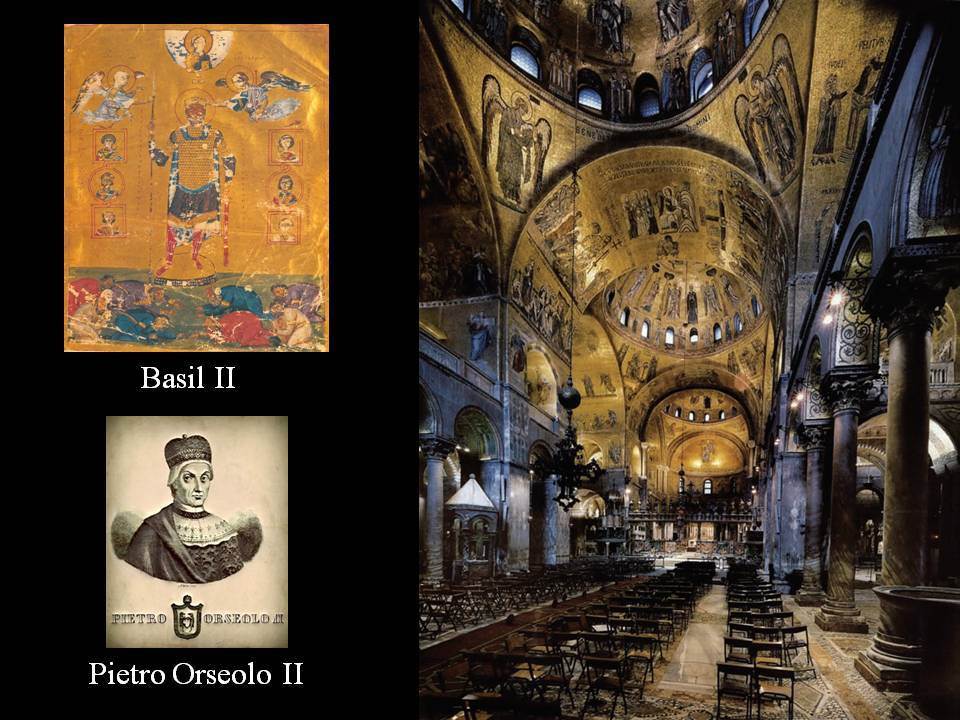
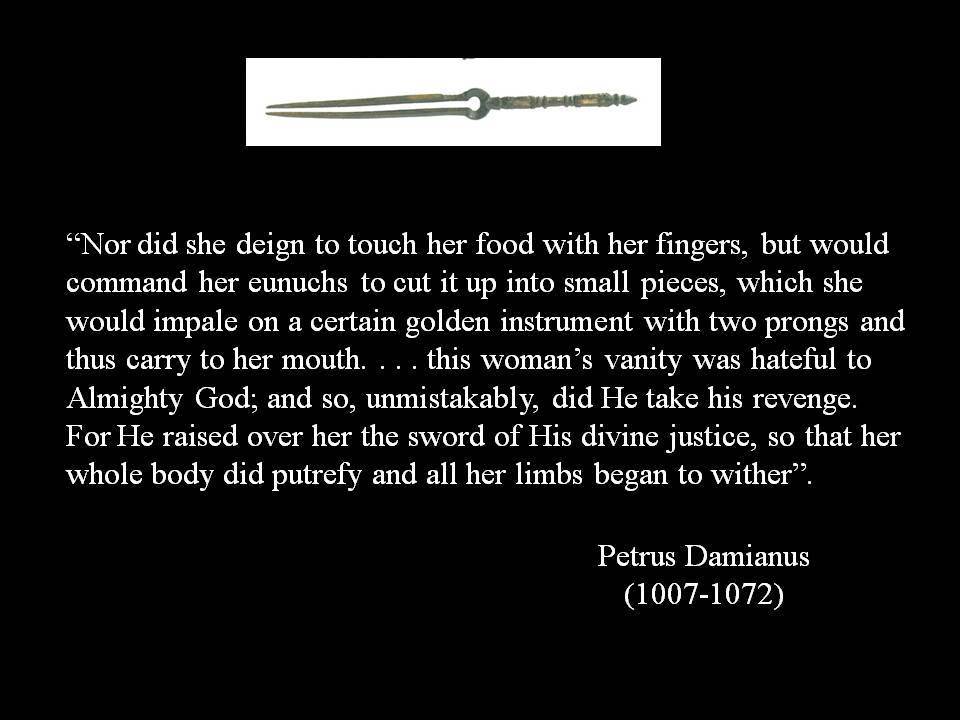
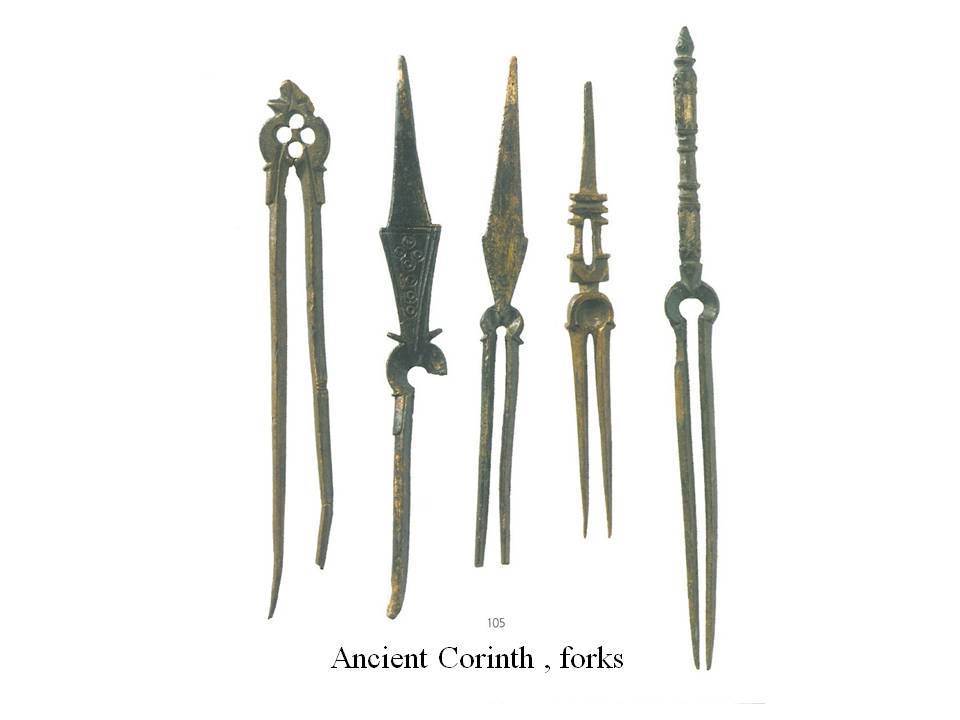
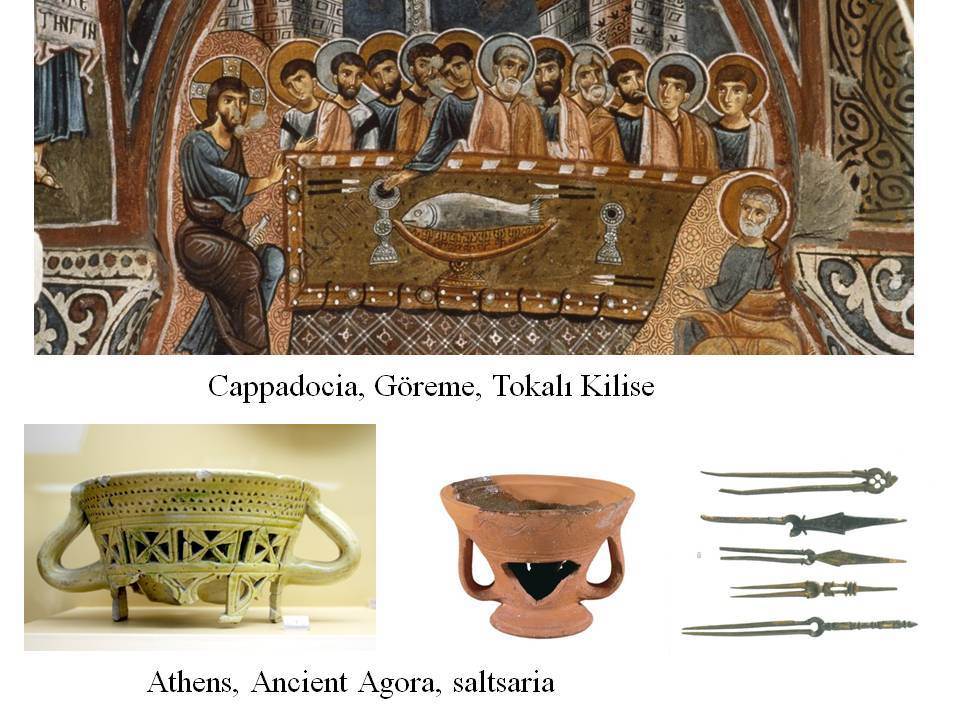
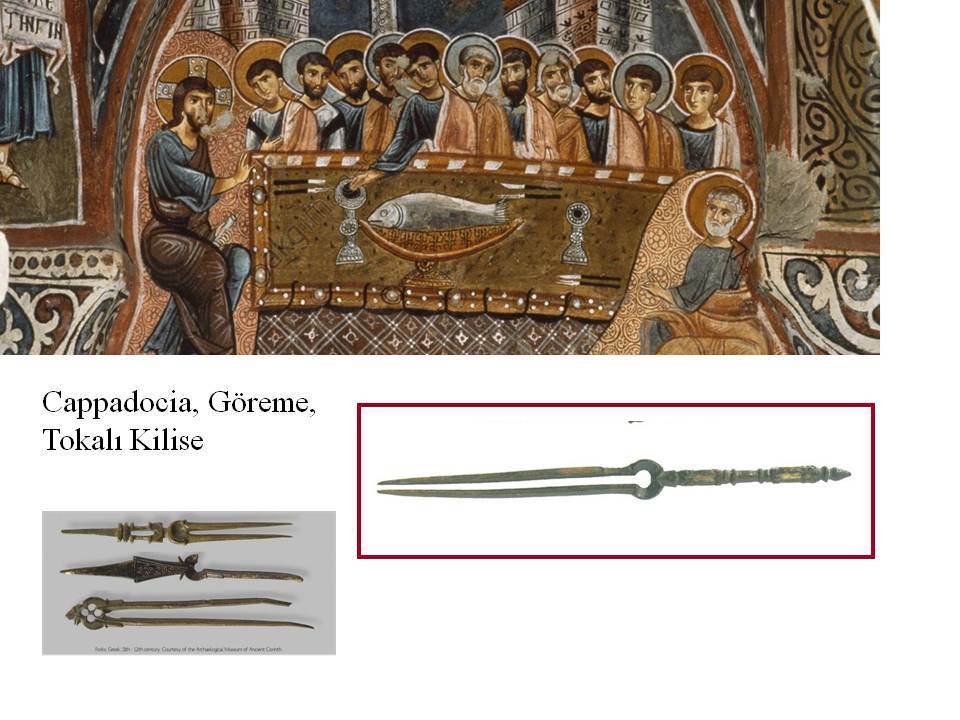
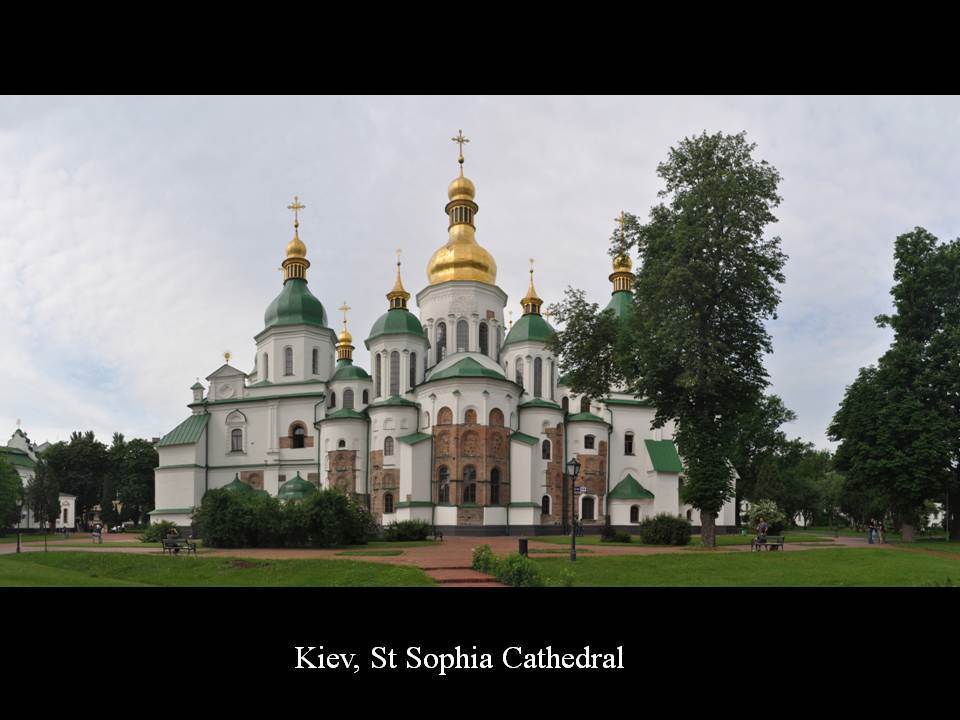
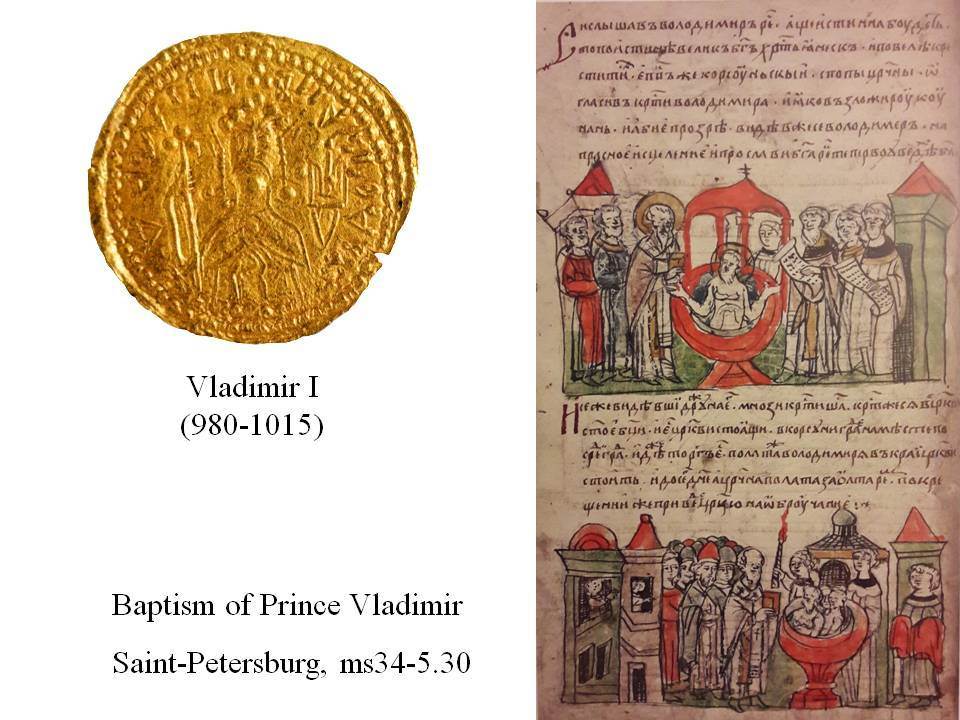
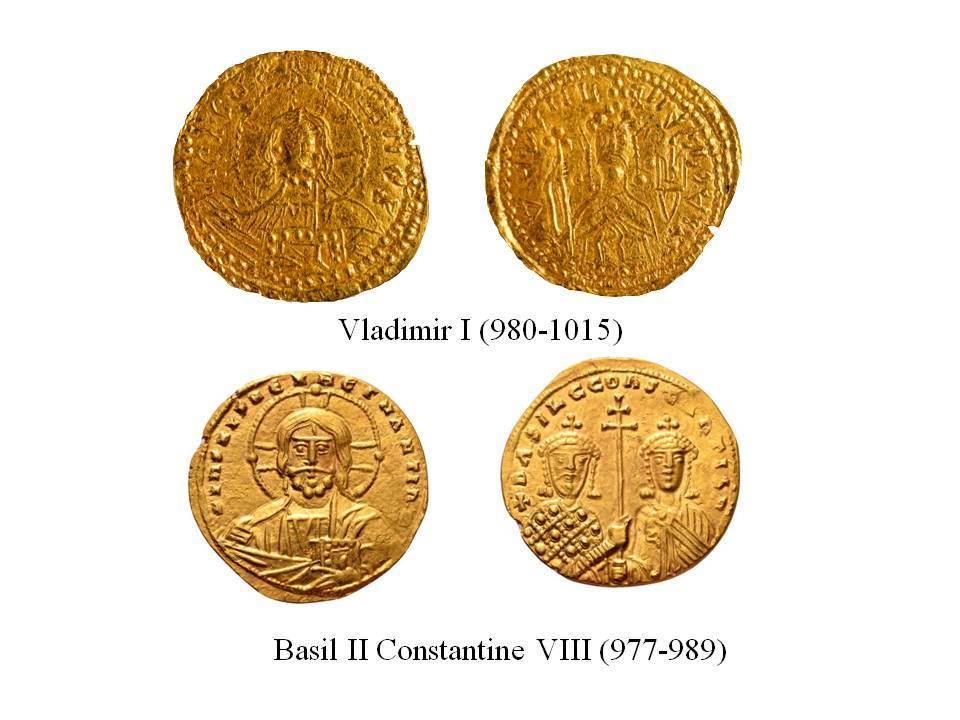
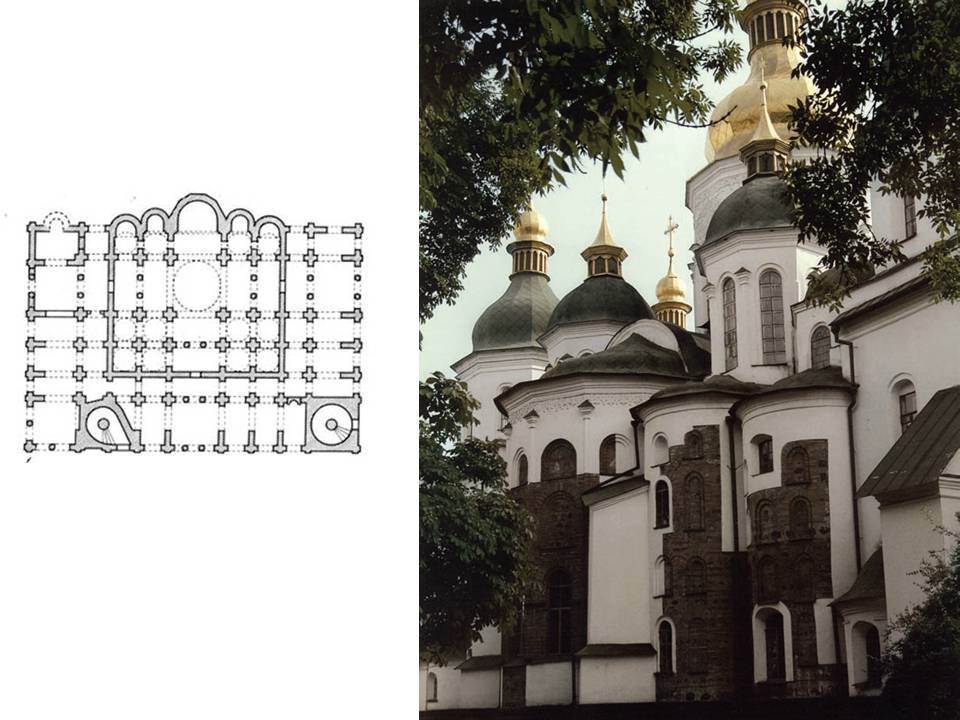
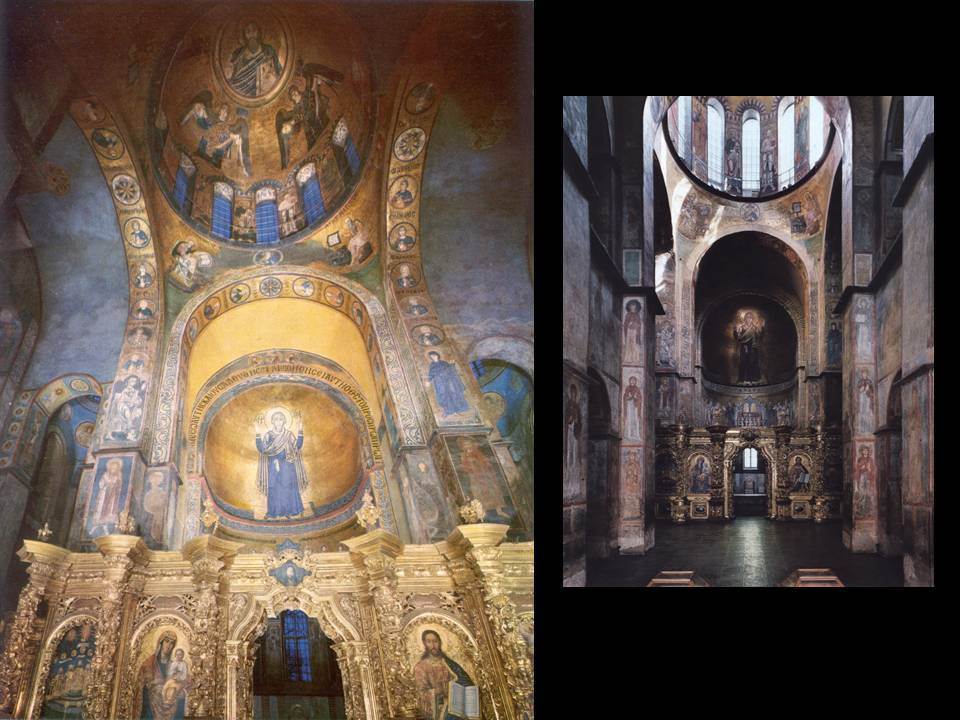
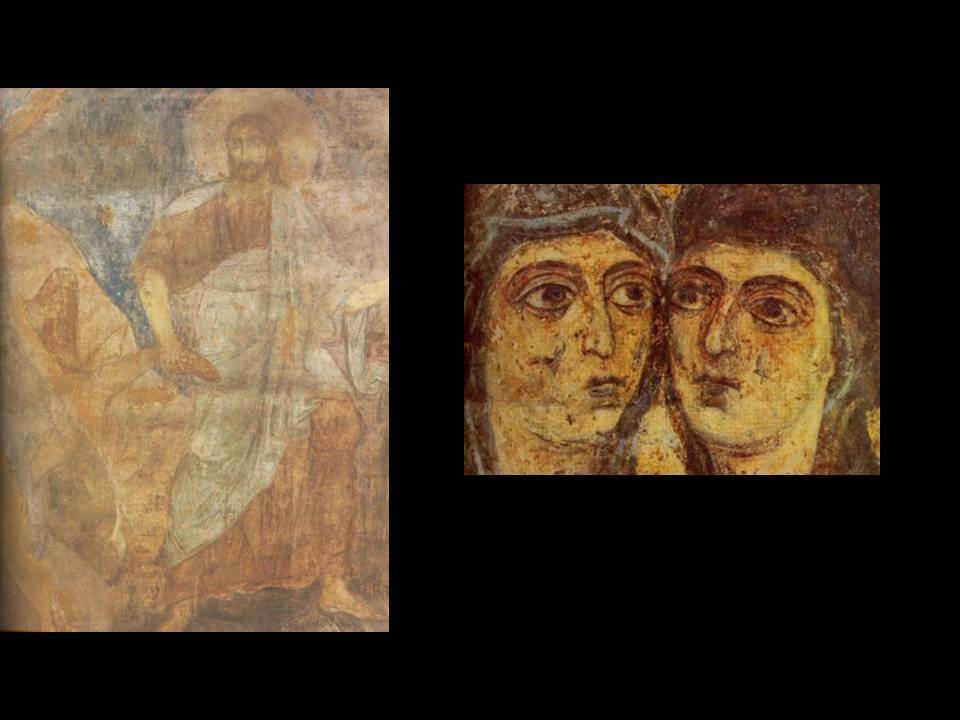
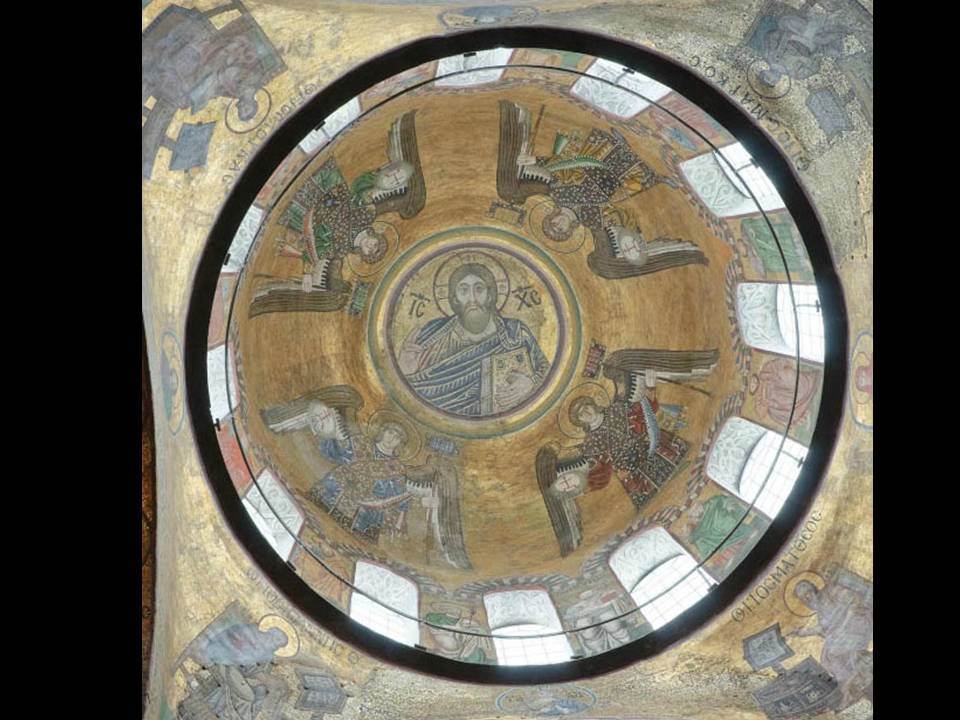
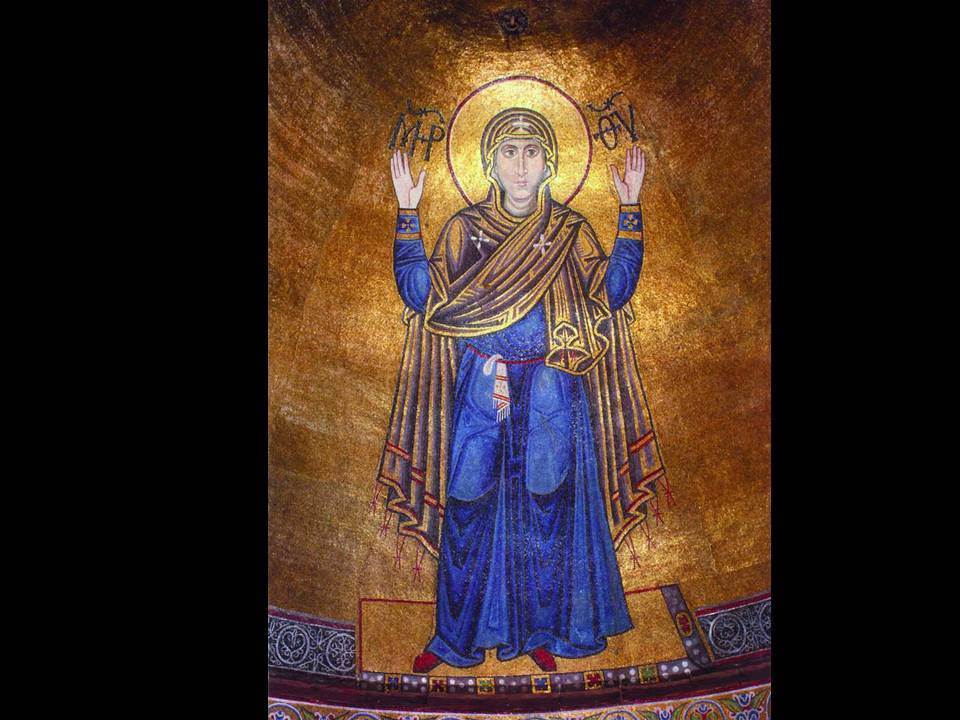
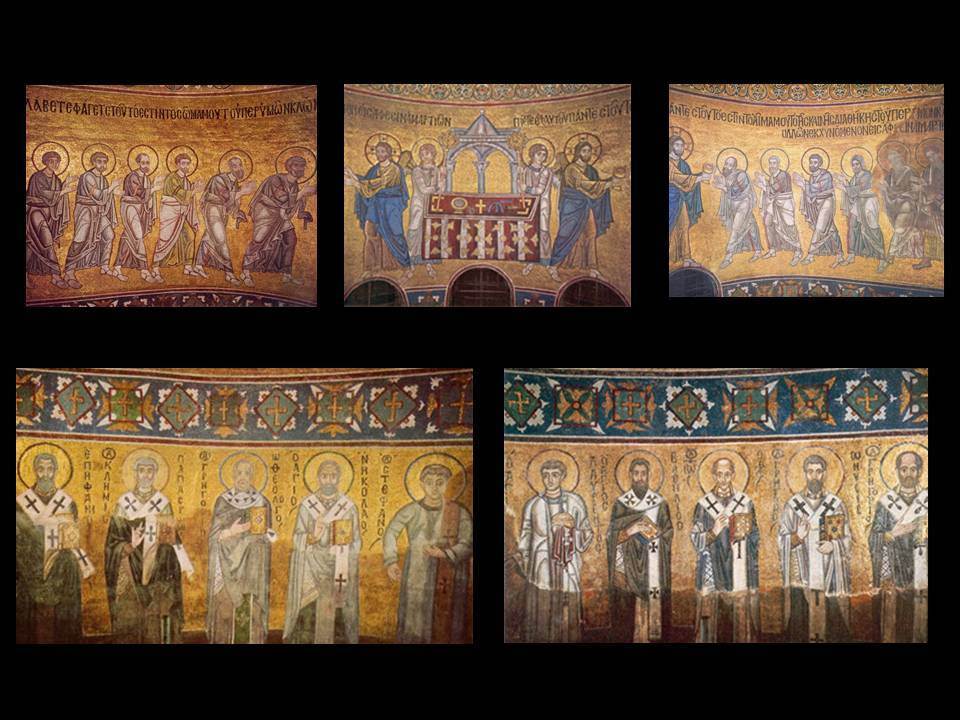
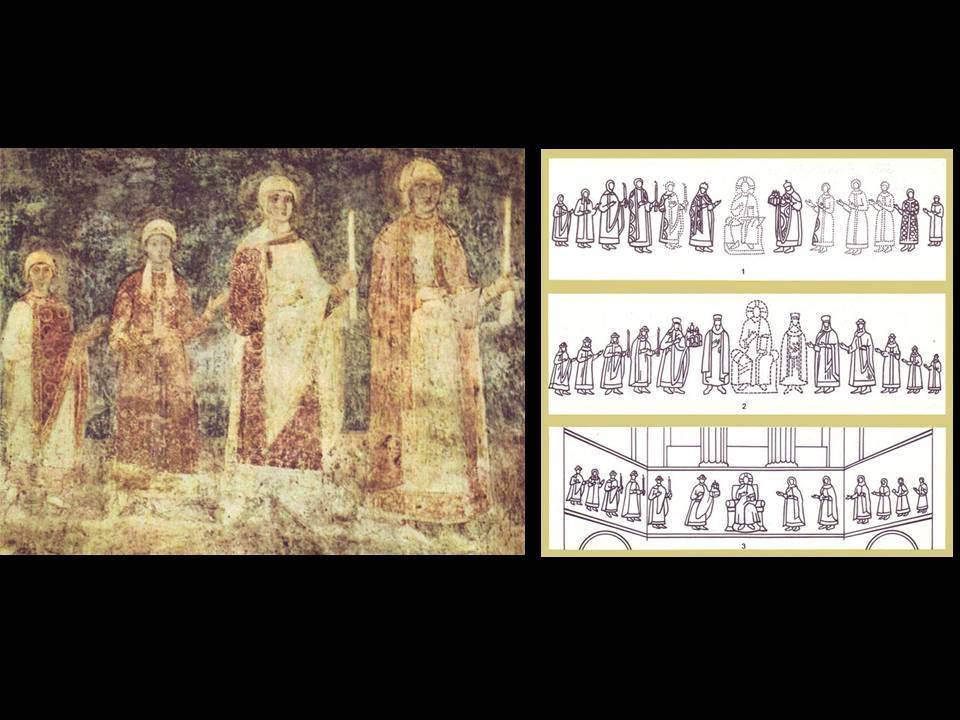
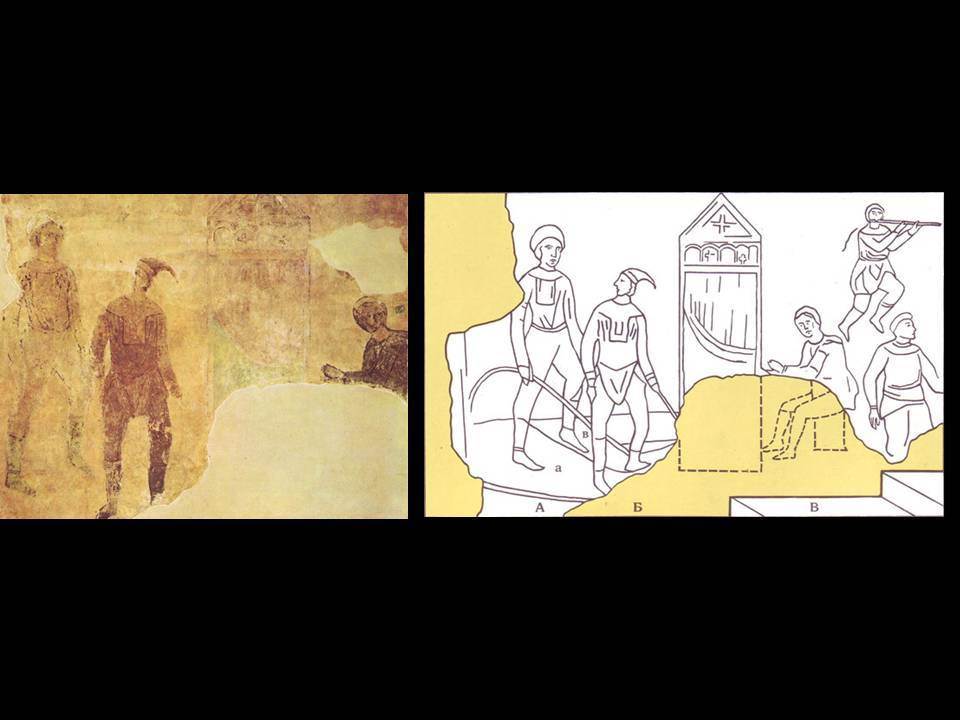
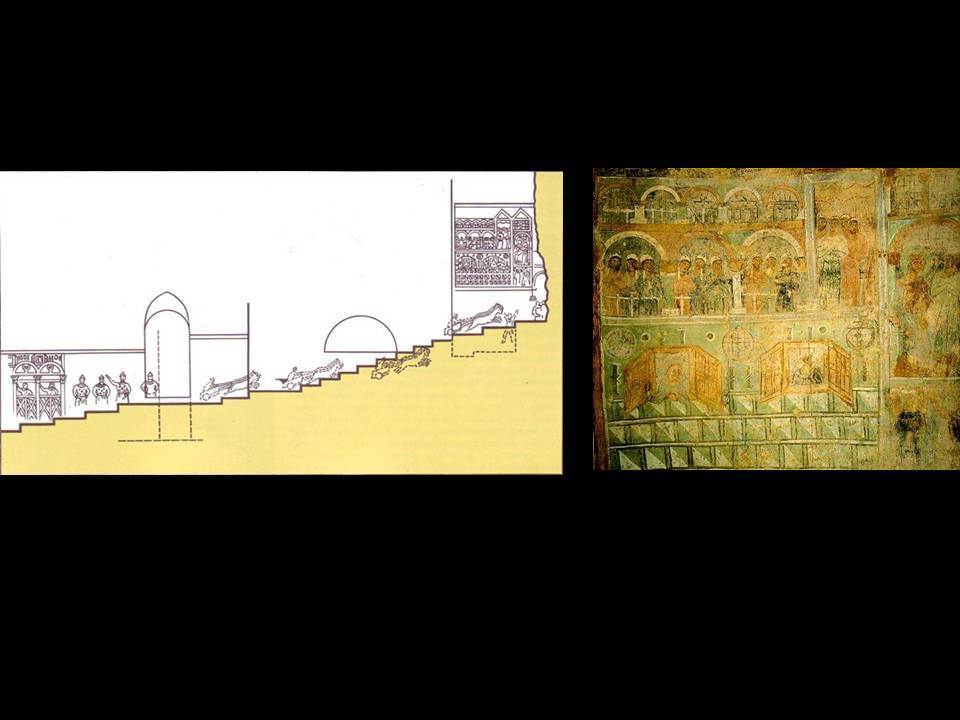
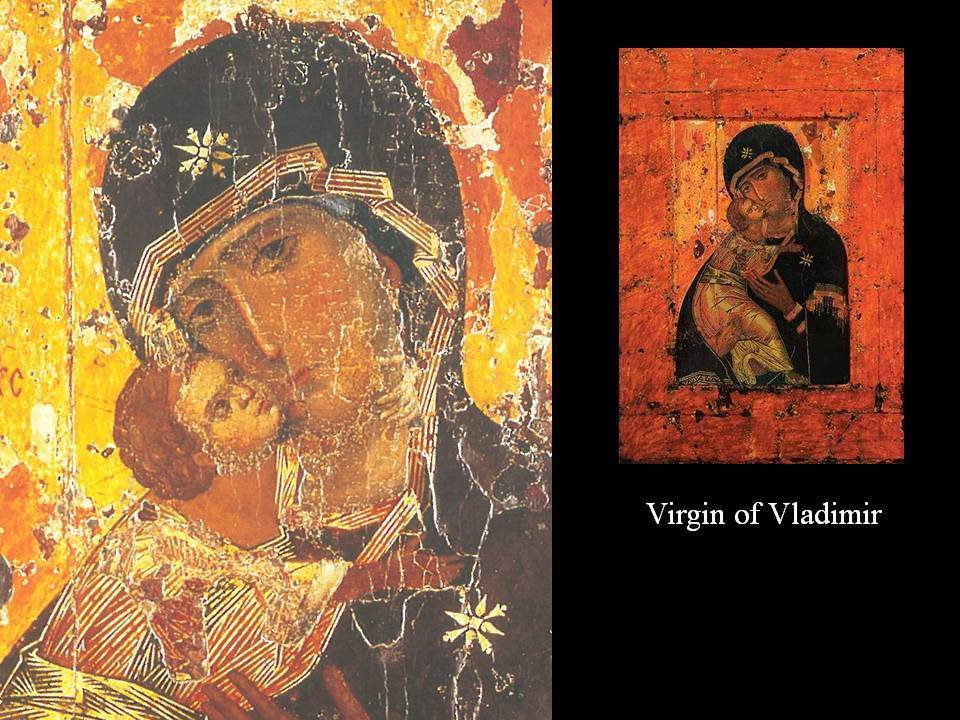
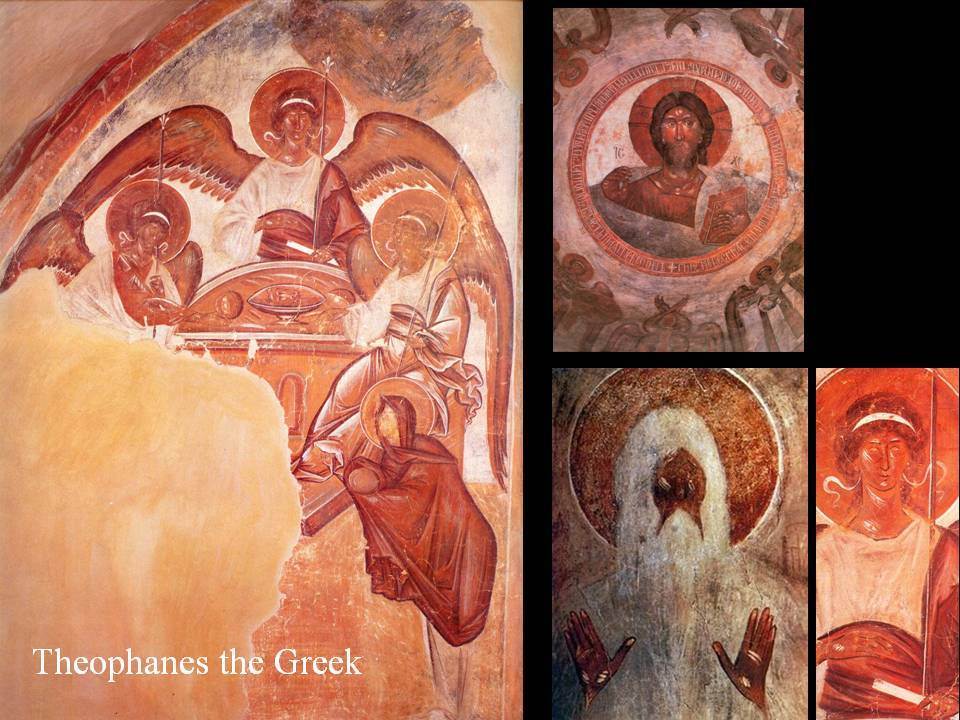
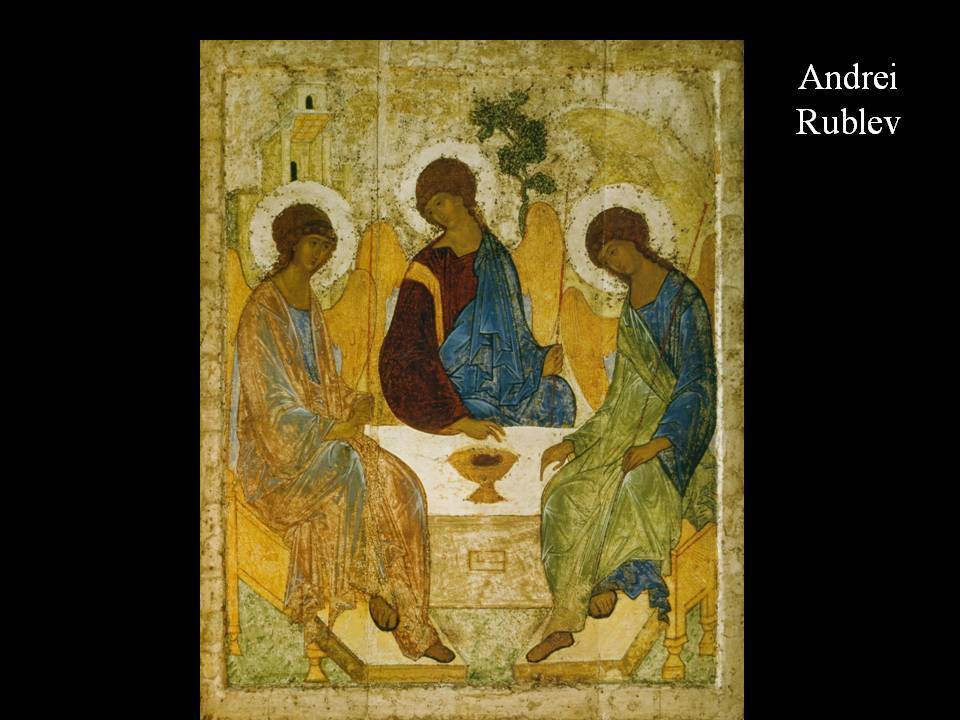
Athanasoulis Demetrios
Siomkos Nikolaos
Γλώσσα
Türkçe
Ημερομηνία
27/04/2017
Διάρκεια
71:41
Εκδήλωση
Sismanoglio Megaro konuşmalar
Χώρος
Sismanoglio Megaro, Istanbul
Διοργάνωση
Γενικό Προξενείο της Ελλάδας στην Κωνσταντινούπολη
Yunanistan Ιstanbul Başkonsolosluğu, geniş kitlelerinin akademik konuşmalara ulaşabilmesini sağlamak amacıyla Bizans dünyasının gizemlerine kapılarını açarak Avrupa Bizans ve Post-Bizans Anıtları Merkezi (EKBMM) ve Kıbrıs Çalışmaları Derneği (SCS) işbirliği ile Sismanoglio Megaro’da İstanbul’un Bizans geçmişi ve Bizans kültürü üzerine bir konuşmalar dizisine ev sahipliği yapmaktadır. Konuşmalar, farklı Bizans Liman-Şehirleri ve görkemli Konstantinopolis’in dünyadaki etkisi konularına ışık tutacaktır.
Yönetenler:
Flora Karagianni, Avrupa Bizans ve Post-Bizans Anıtları Merkezi
Charalampos Chotzakoglou, Kıbrıs Çalışmaları Derneği
ABSTRACTS
Nikolaos Siomkos
Konstantinopol ve Ekümenin Sınırlarında Sanatın Gücü
Bizanslılar egemenliklerinin, ekümenin inançlarını ve medeniyetini yeryüzünün tüm halklarına yayması aracılığıyla, tüm dünyayı kapsaması gerektiğine derinden inanırlardı. Kendileri ve dünyanın geri kalanı arasındakı kültürel temaslar bu fikrin yerleştirilmesinde bir araç olarak kullanılmıştır. Her biçimde ve seviyede işe yaradığı haliyle, bu bildiri, çeşitli duraklar aracılığıyla, Doğu Akdeniz içerisinde Konstantinopol’ün ekümenik gücünün ideolojisini beyan eden bu sanatsal temasların rotalarını ve Bizans modellerinin siyasi amaçlar doğrultusunda imitasyonunu keşfetmek üzere hayali bir gezintiye çıkacaktır.
Demetrios Athanasoulis
Helladik Çevrenin Bizans Mimarisi. Konstantinopol’ün Rolünü Ararken
Bizans’ta çevrenin (periferi) mimari üretiminde, Konstanipol`ün etkisi değişken ve son derece aralıklıydı. Ege adalarında yerel yapı geleneği genel anlamda etkilenmeden gelişti. Düzensiz unsurlar, sermayeye sahip üçüncü şahıs modelleri aracılığıyla sadece uzak ilişkilere ihanet eder. Helladik yarımadanın güney kısmında, özellikle de Peloponez’de, Peloponez’in büyük kentsel, ticari ve idari merkezi Corinth’te resmi mimarinin eksikliği, bölgenin mimari tarihinin restorasyonunda doldurulması zor bir boşluk bırakmakta. Konstanipol`ün yerel mimari üretime sızması görünüşe göre önceki zamanlarda inanıldığından daha büyüktü ancak iki geleneği bağlayan zincirdeki pek çok bağlantı yitirildi. Bizans devletinin merkezi karakterine ve hem nicelik hem de nitelik açısından imparatorluk başkentinin eşsiz mimari üretimine rağmen, Ege ve Yunanistan’ın, kısıtlı finansal kaynaklar, inşaat atölyelerinin teknik yeterlikleri ve mevcut inşaat malzemeleri gibi somut kısıtlamaların şekillendirdiği ancak yine de güçlü ve kendi kendine yeten bir durum sergilediği görülen yerel yapı geleneğine bağlılığı şaşkınlık uyandırmakta.
Nikolaos Siomkos
Constantinople and the Power of its Art at the margins of the oikoumene
The Byzantines strongly believed that their imperium should cover the whole world, the oikoumene, by spreading their faith and civilization to all the peoples of the earth. Cultural contacts between them and the rest of the world served as a tool for establishing that idea. As it worked in all sort of ways and levels, the present lecture will try through different stops in an imaginary trip to examine the routes of these artistic contacts which proclaim the ideology of the ecumenical power of Constantinople in the Eastern Mediterranean, as well as the imitation of Byzantine models for political purposes.
Demetrios Athanasoulis
Byzantine Architecture of the Helladic Periphery. Seeking the Role of Constantinople.
In Byzantine architectural production of the periphery, the influence of Constantinople was uneven and rather sporadic. In the Aegean Islands the local building tradition more or less developed unaffected. Sporadic elements betray only distant relations through third-party models with the capital. In the southern part of the Helladic peninsula and especially in the Peloponnese, The absence of official architecture from the major urban, commercial, and administrative center of the Peloponnese, Corinth, leaves a hard-to-fill void in restoring the architectural history of the region. It seems that Constantinople’s infiltration into the local architectural production was greater than what was previously believed, but many links in the chain connecting the two traditions have simply been lost. Despite the centralized character of the Byzantine state and the unique architectural production of the empire’s capital in terms of both quality and quantity, one is surprised at the attachment of the Aegean and Greece to local building tradition, which was dictated by concrete restrictions such as limited financial resources, the technical skills of building workshops, and the available construction materials, and yet which proved strong and self-sufficient.
Demetrios Athanasoulis Kiklad Antik Eserler Eforatlığı’nda (Yunan Kültür ve Spor Bakanlığı), kazı, saha araştırması ve Kiklad eserleri restorasyon projelerinden ve Kiklad adaları arkeoloji müzeleri yönetiminden sorumlu direktörüdür. Hristiyan Arkeoloji Derneği başkan yardımcısı ve Yunan Merkezi Arkeoloji Konseyi üyesidir. Peloponez ortaçağ eserleri ve sahaları, özellikle de Argolid (Acronauplia, Bourtzi ve Argos, Hagia Moni kilisesi), Arcadia (Karytaina, Leontari, Tegea), Corinthia (Corinth, Lechaion, Acrocorinth, Hagionori, Panagia Steiri kilisesi) ile Elis (Glarentza ve Bizans ve gotik kiliseler) hakkında çalışmalar, restorasyon çalışmaları ve yayınlar yapmıştır. Ayrıca Argolid Bizans müzesini enstalasyonunu da yönetmiştir. Athanasoulis Chloumoutzi kalesi restorasyonu projesini yönetmiş ve surlar içerisinde Haçlı Morea’ya ayrılan bir müze kurulmasına öncülük etmiştir. Mimari tarihçi ve arkeolog olan Athanasoulis’in pek çok yayını, ‘ Orta ve Geç Dönem Bizans Dönemlerinde Olena Diocese Kilisesi Mimarisi’ (2006) başlıklı doktora tezi de dahil, Peloponez’de Bizans ve Frank mimarisine odaklanmaktadır.
Demetrios Athanasoulis is director of the Ephorate of Antiquities of Cyclades (Hellenic Ministry of Culture and Sports), charged with the excavation, field research and restoration projects of the monuments of the Cyclades and the management of the archaeological museums of the Cycladic islands. He is vice-president of the Christian Archaeological Society and member of the Greek Central Archaeological Council. He has conducted studies, restoration works and publications on the medieval monuments and sites of the Peloponnese and especially in the Argolid (castles of Acronauplia, Bourtzi and Argos, church of Hagia Moni), Arcadia (Karytaina, Leontari, Tegea), Corinthia (Corinth, Lechaion, Acrocorinth, Hagionori, church of Panagia Steiri) and Elis (Glarentza and Byzantine and gothic churches). He has also directed the installation of the Byzantine museum of the Argolid. Athanasoulis led the project to restore Chloumoutzi castle and to establish within its walls a museum devoted to the Crusader Morea. An architectural historian and archaeologist, his many publications, including his dissertation “Church Architecture of the Olena Diocese during the Middle and Late Byzantine Periods” (2006), focus on Byzantine and Frankish architecture in the Peloponnese.
Nikolaos Siomkos is an archaeologist at the Ephorate of Antiquities of Chalkidiki and Mount Athos (Hellenic Ministry of Culture and Sports). He is responsible for the restoration of medieval monuments on Mount Athos and previously in Nemea, Corinthia. His published doctoral thesis, which was submitted to the Université Paris I (Panthéon-Sorbonne) in France (2002), was awarded in 2007 the “Maria Theochari Prize” of the Christian Archaeological Society of Athens. He has given lectures in European Universities, and has participated in several International Congresses. His research focus on Byzantine and Post-Byzantine murals and icon painting.

